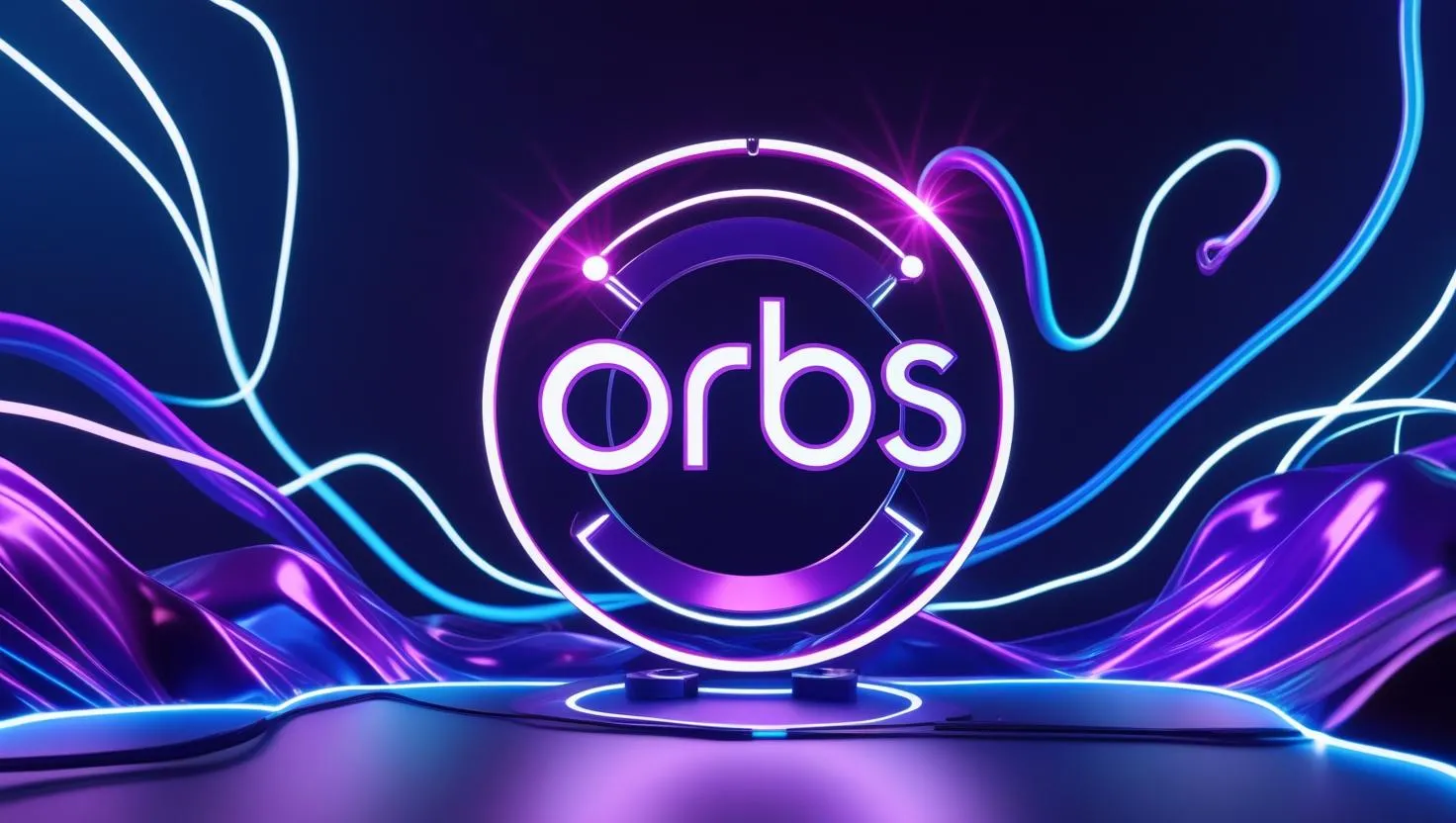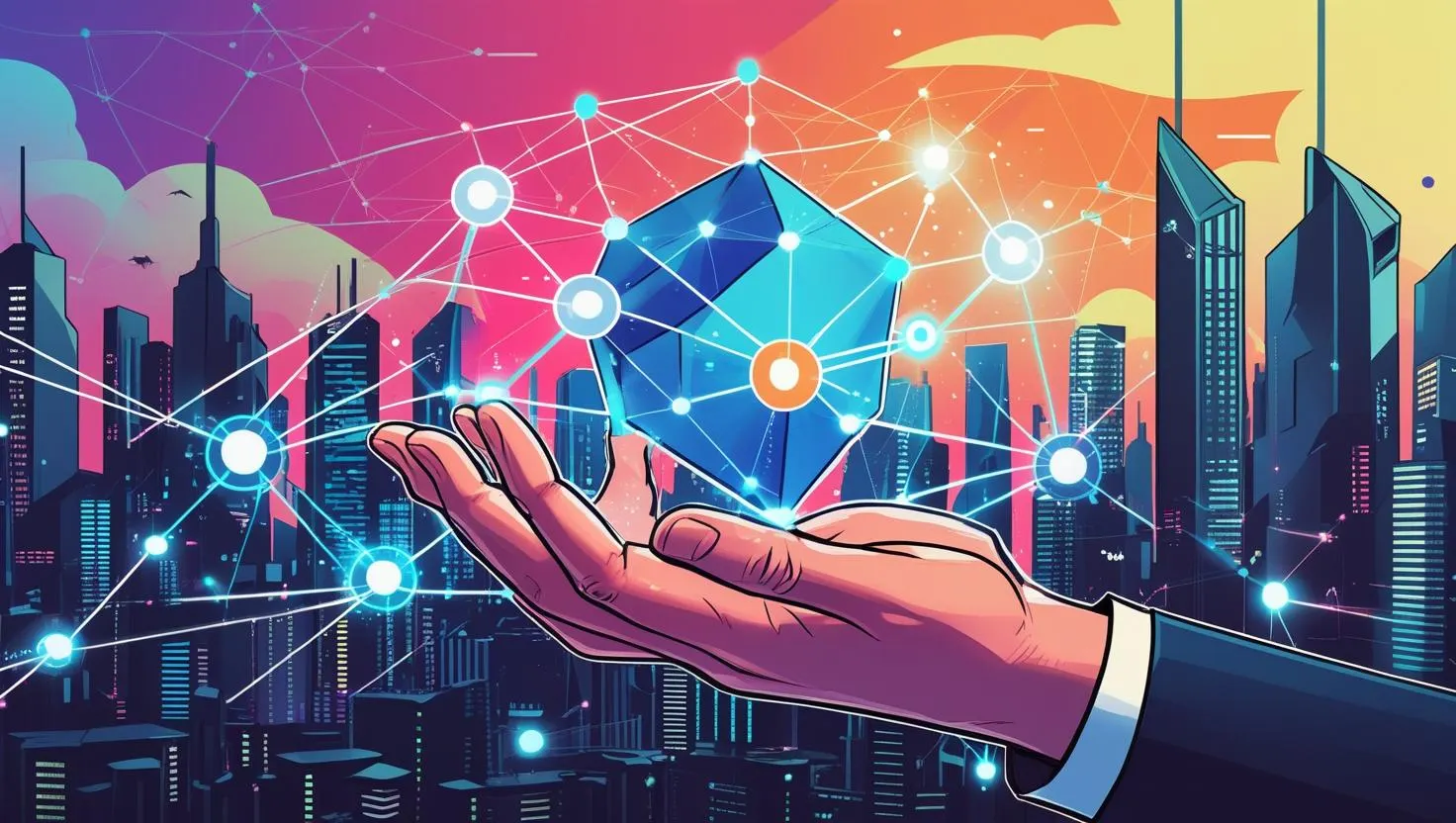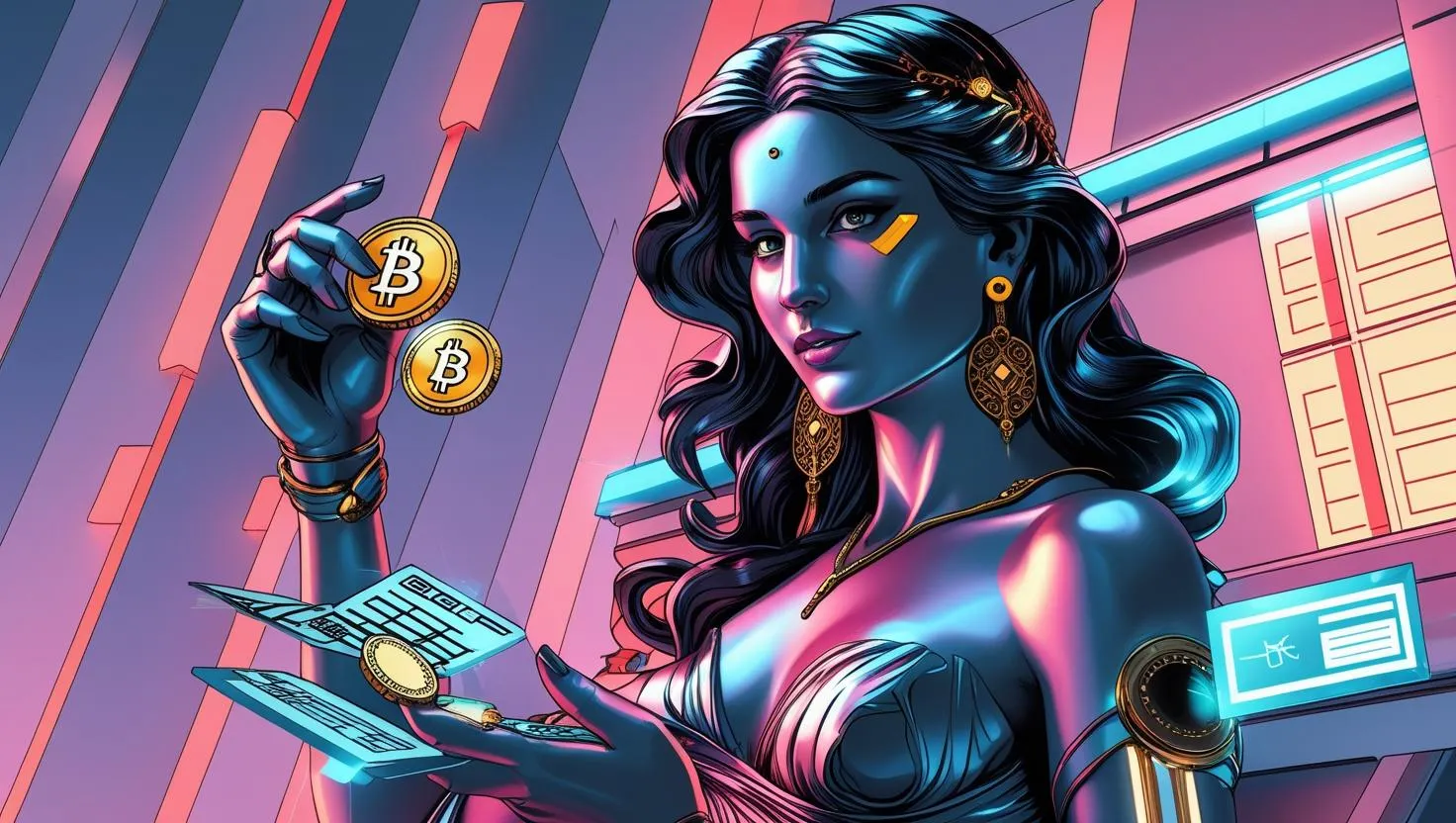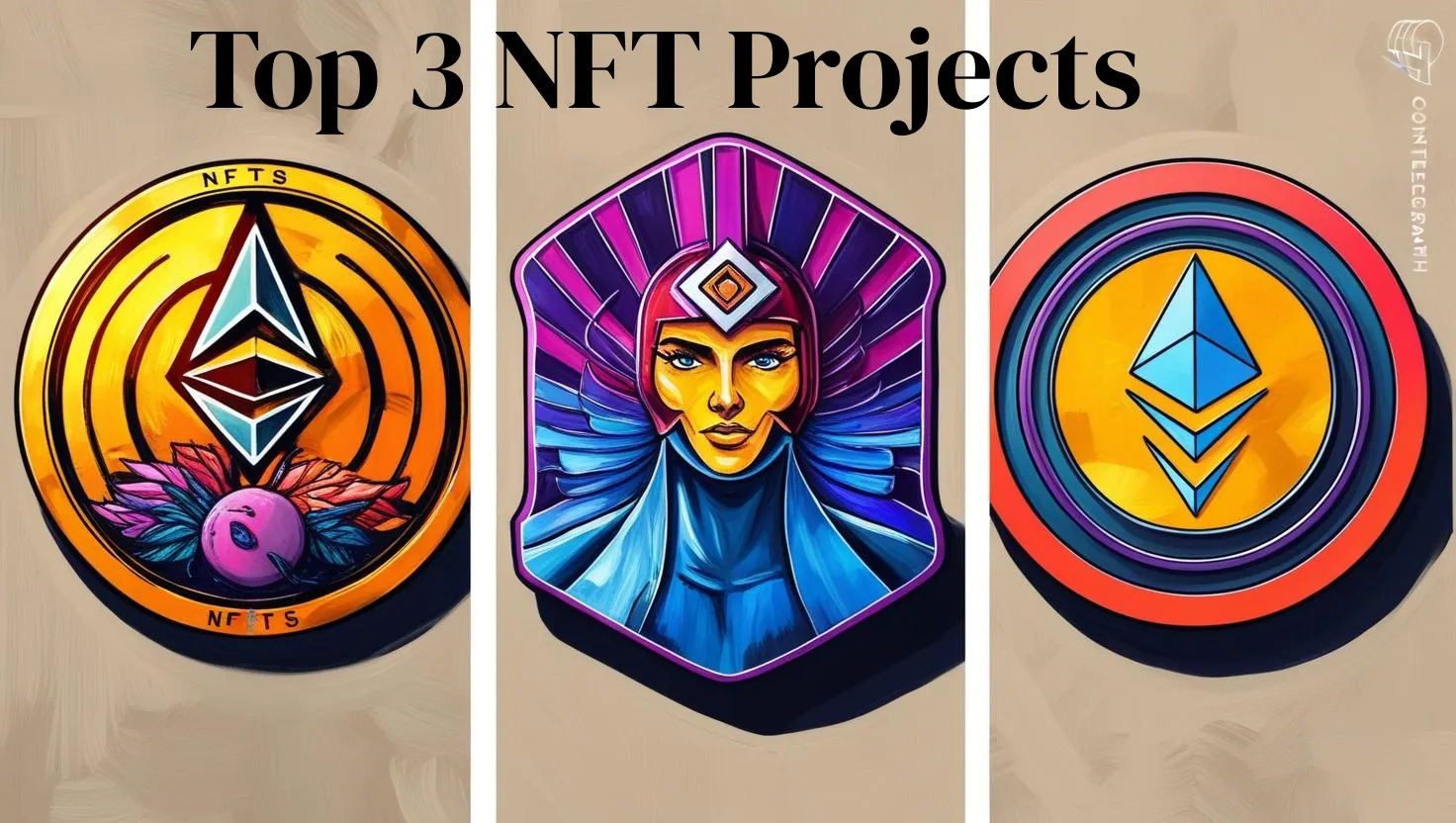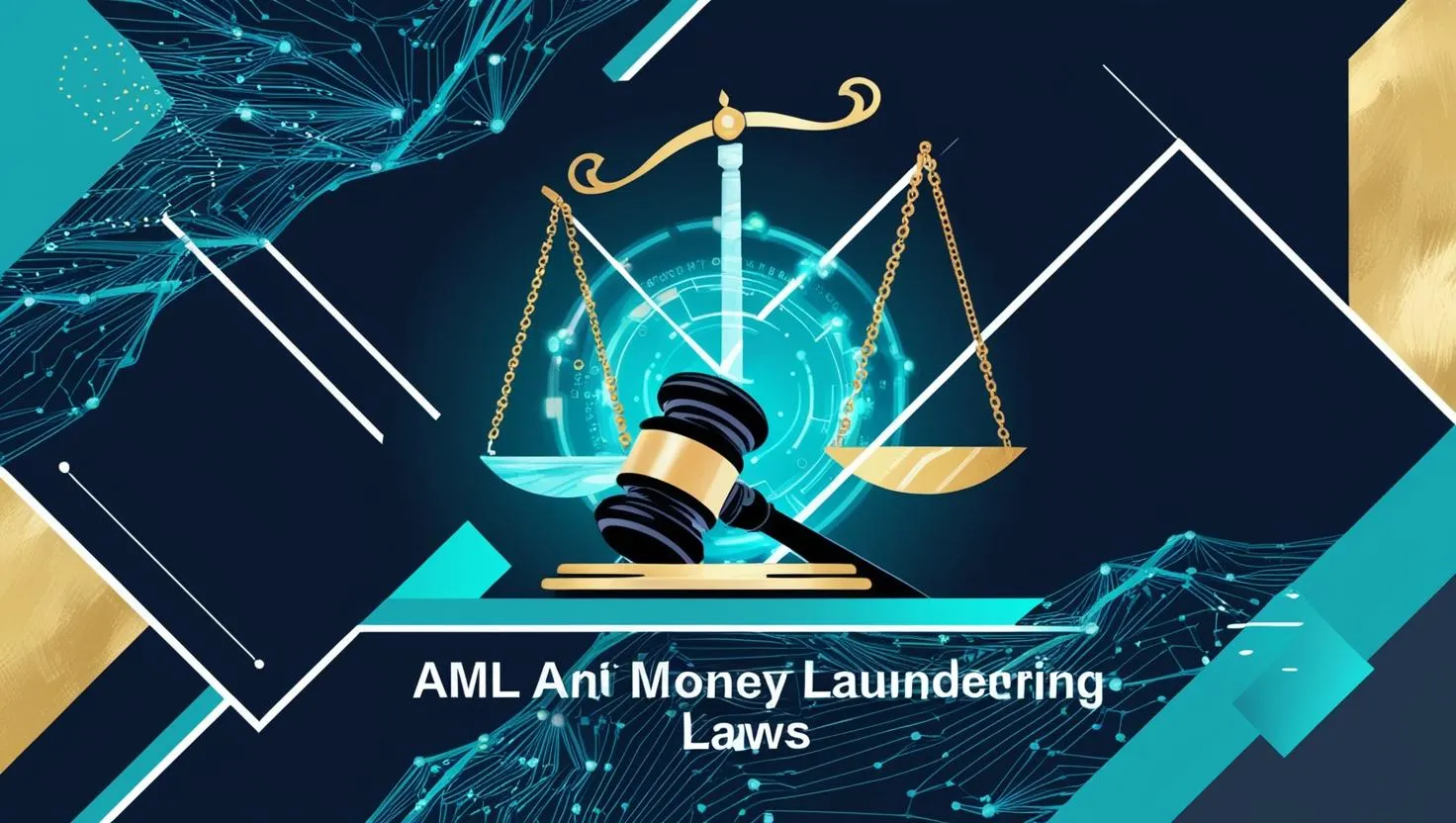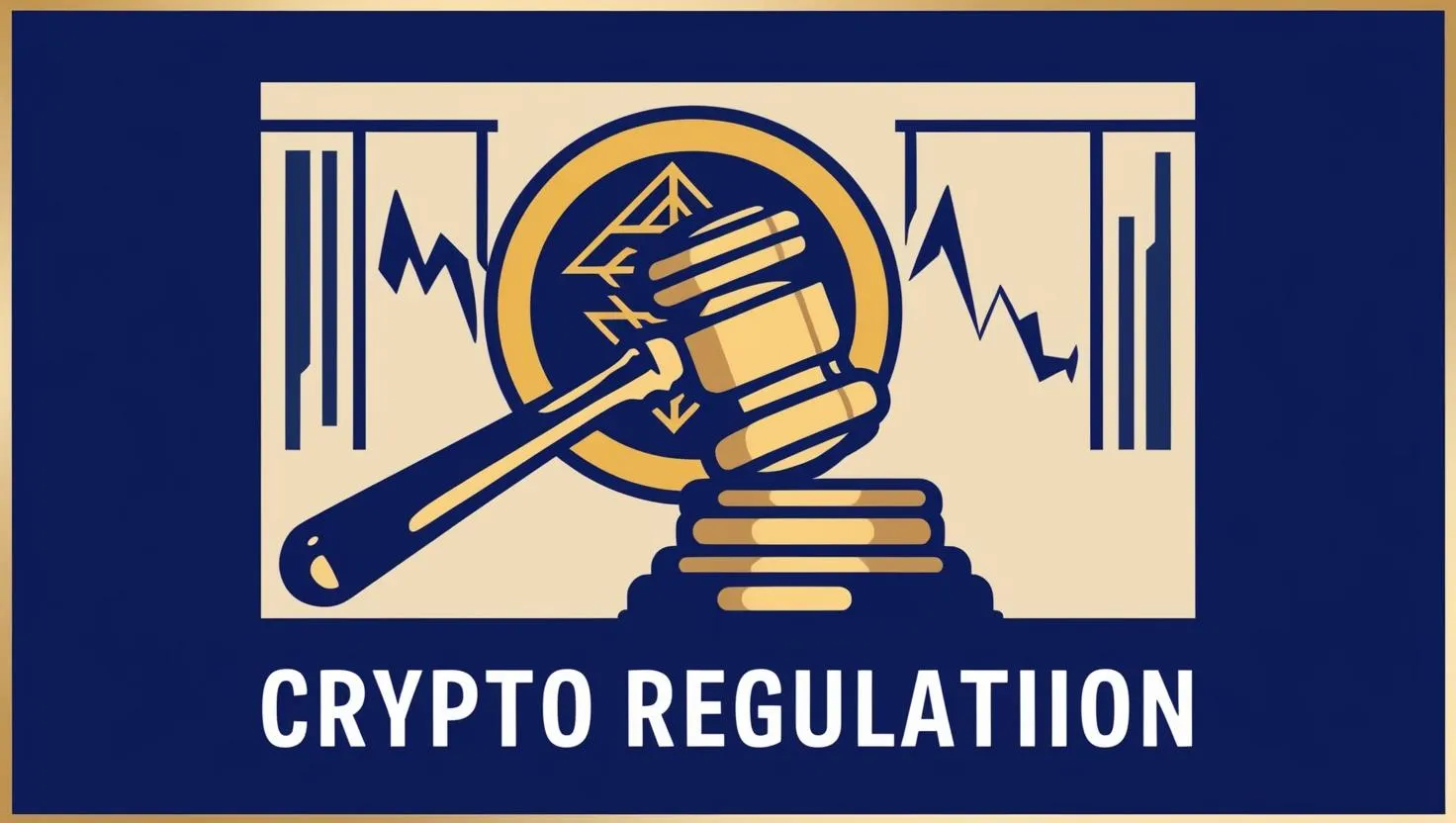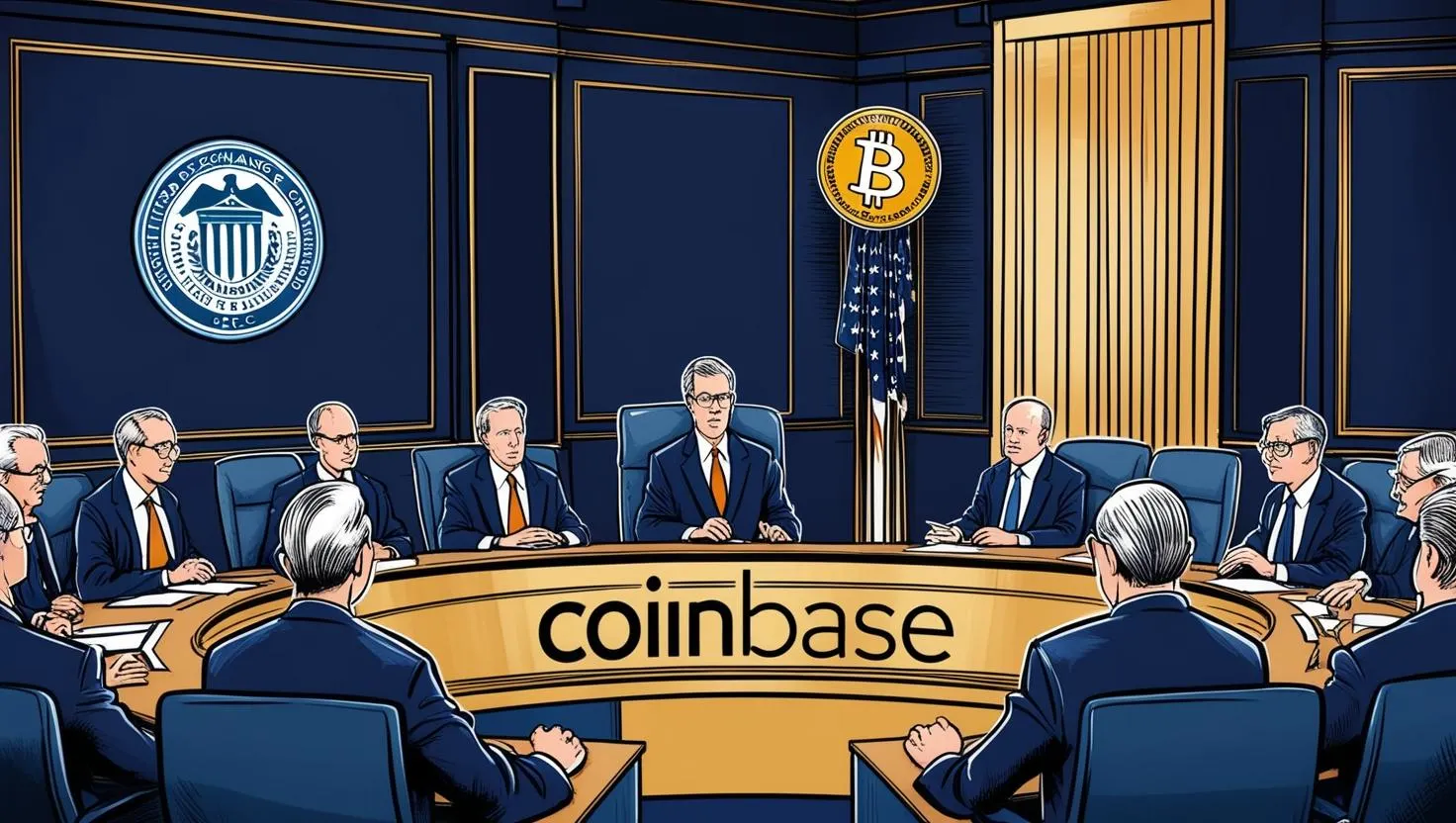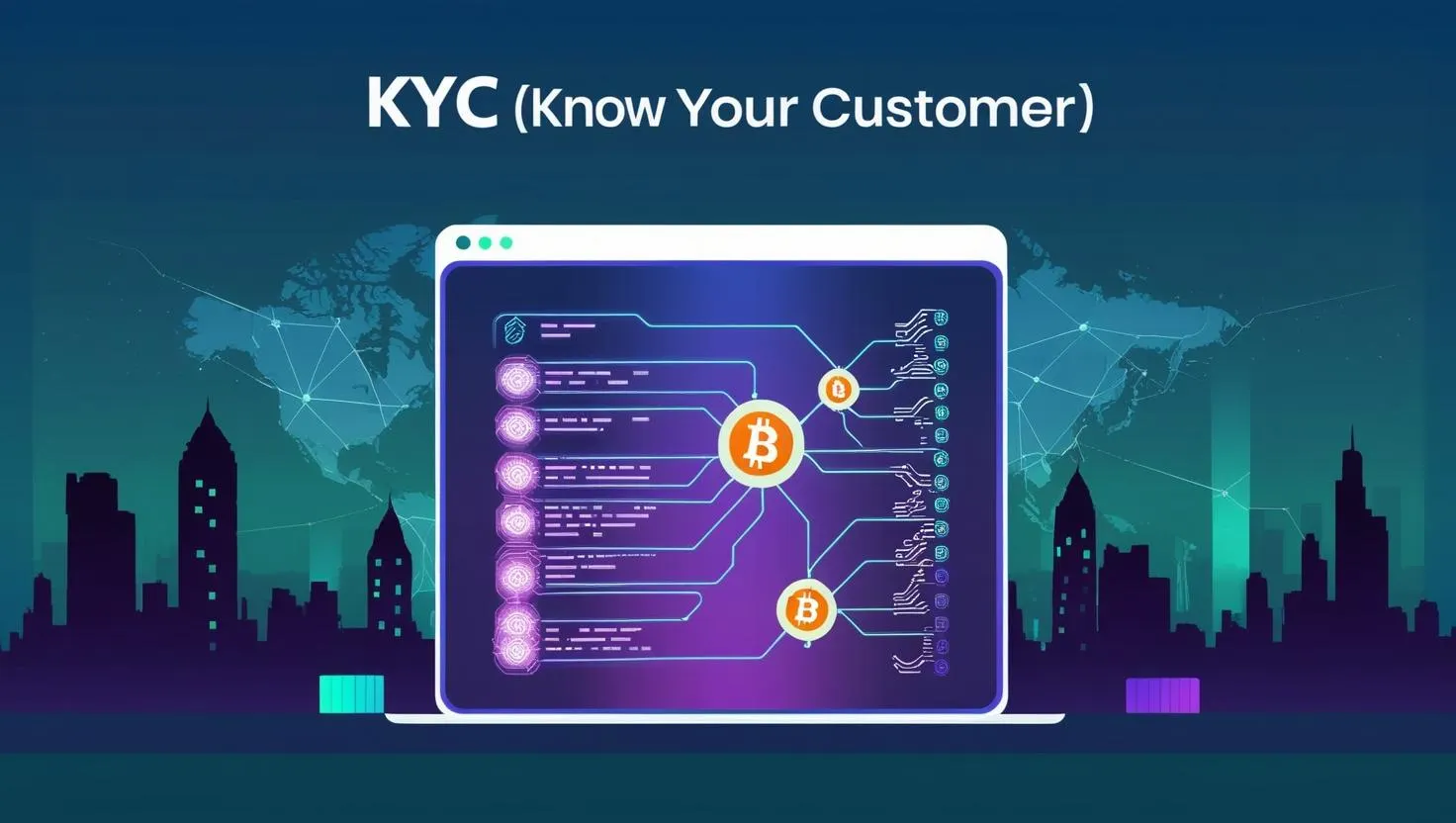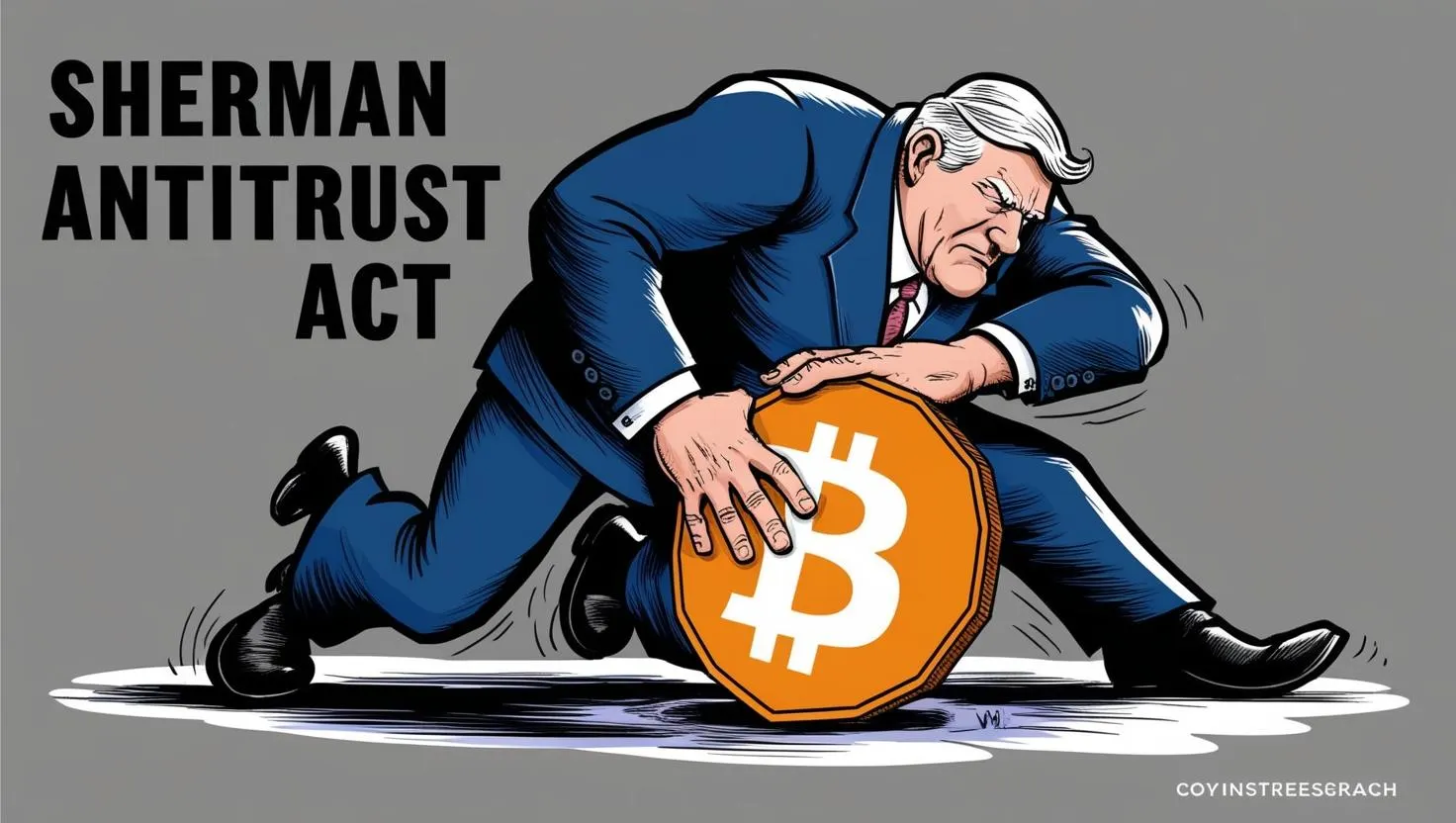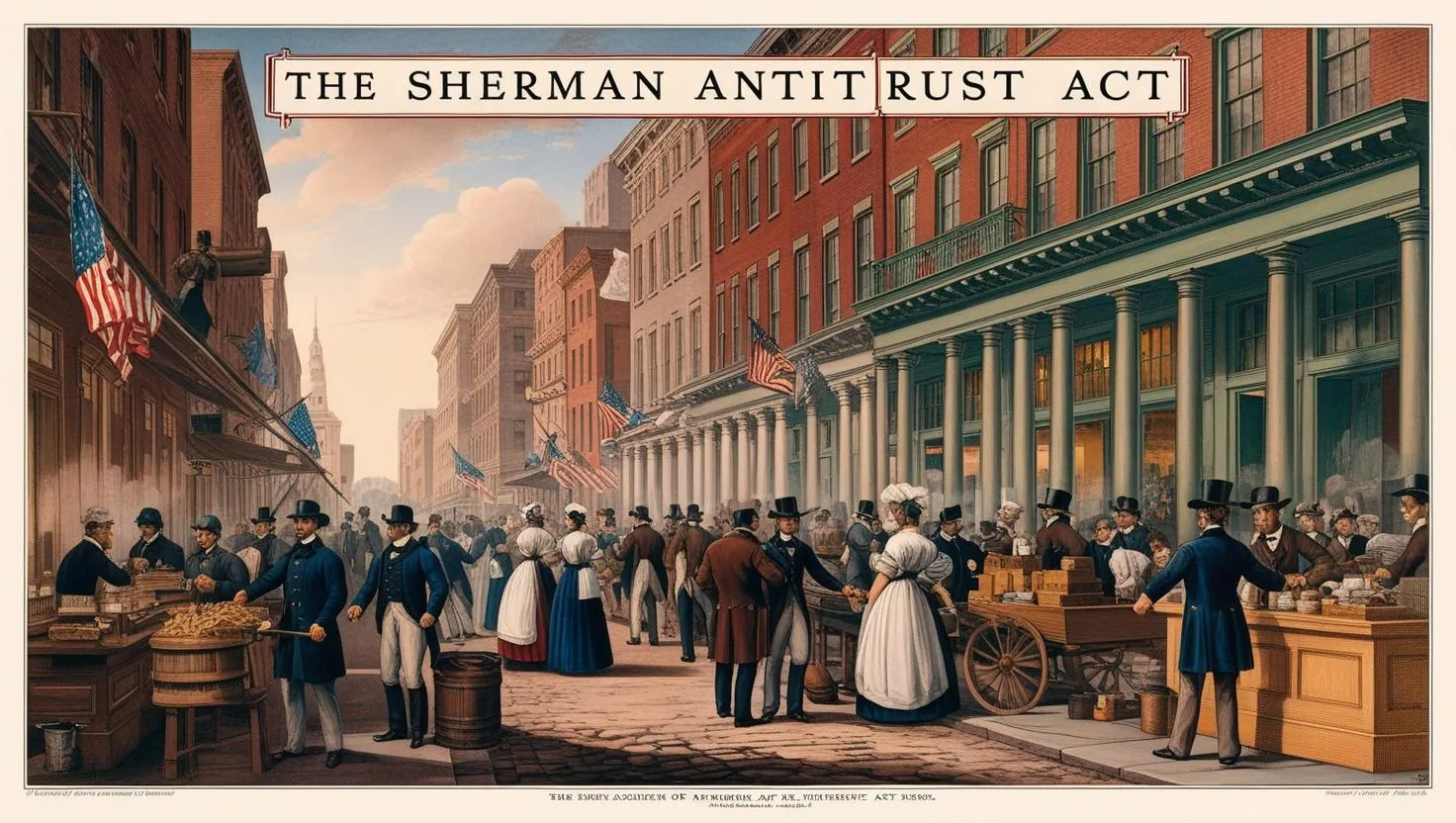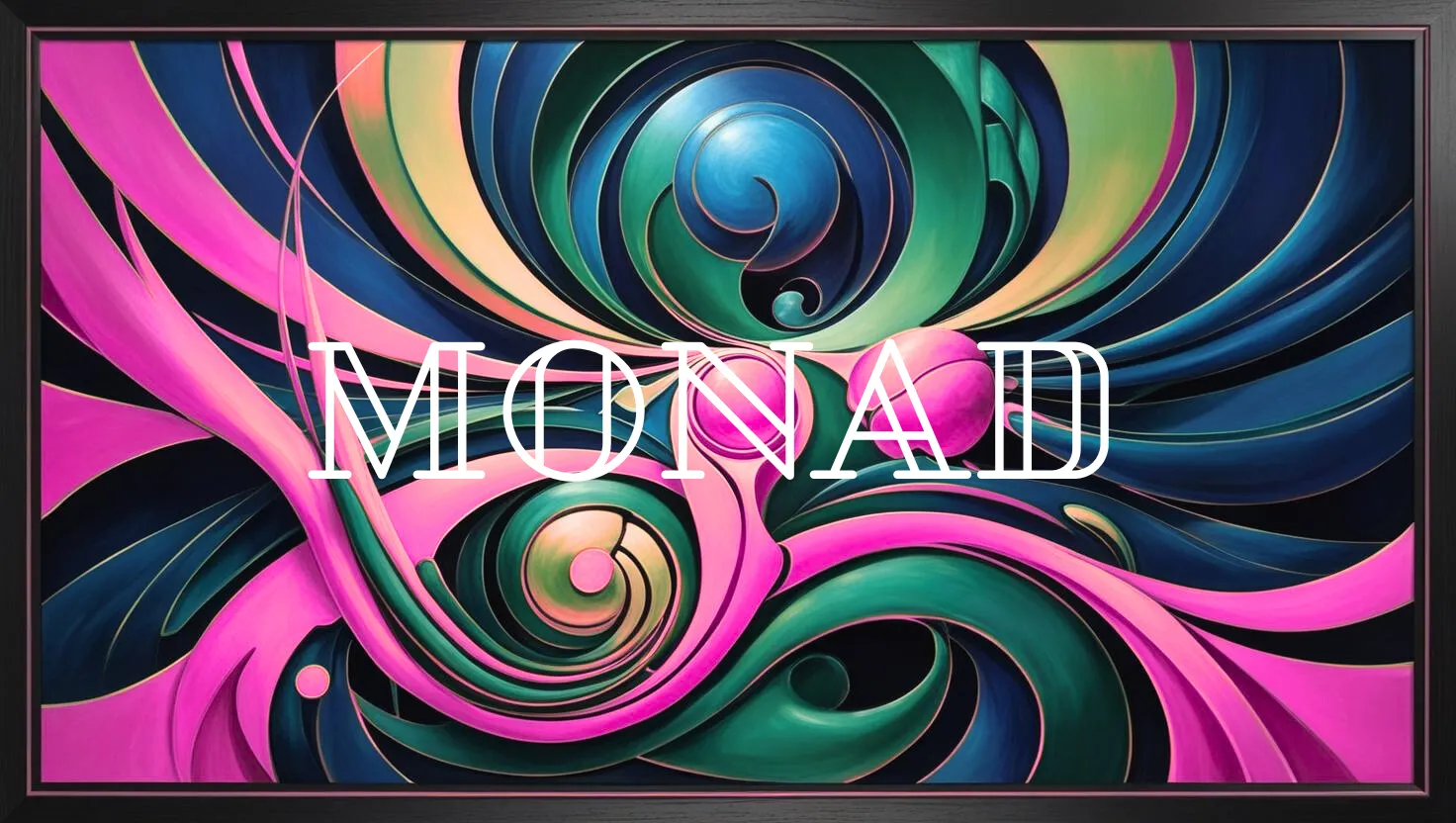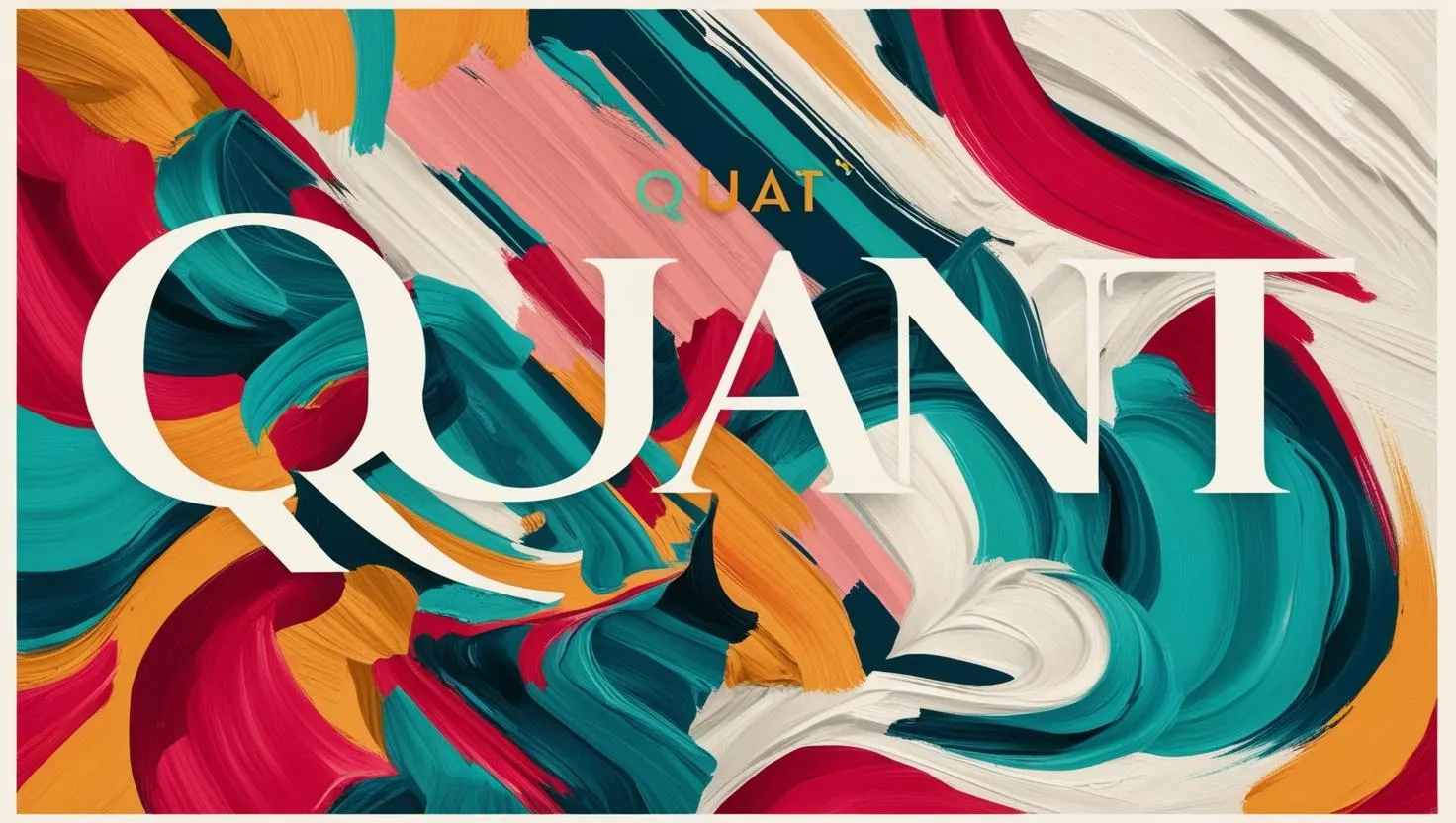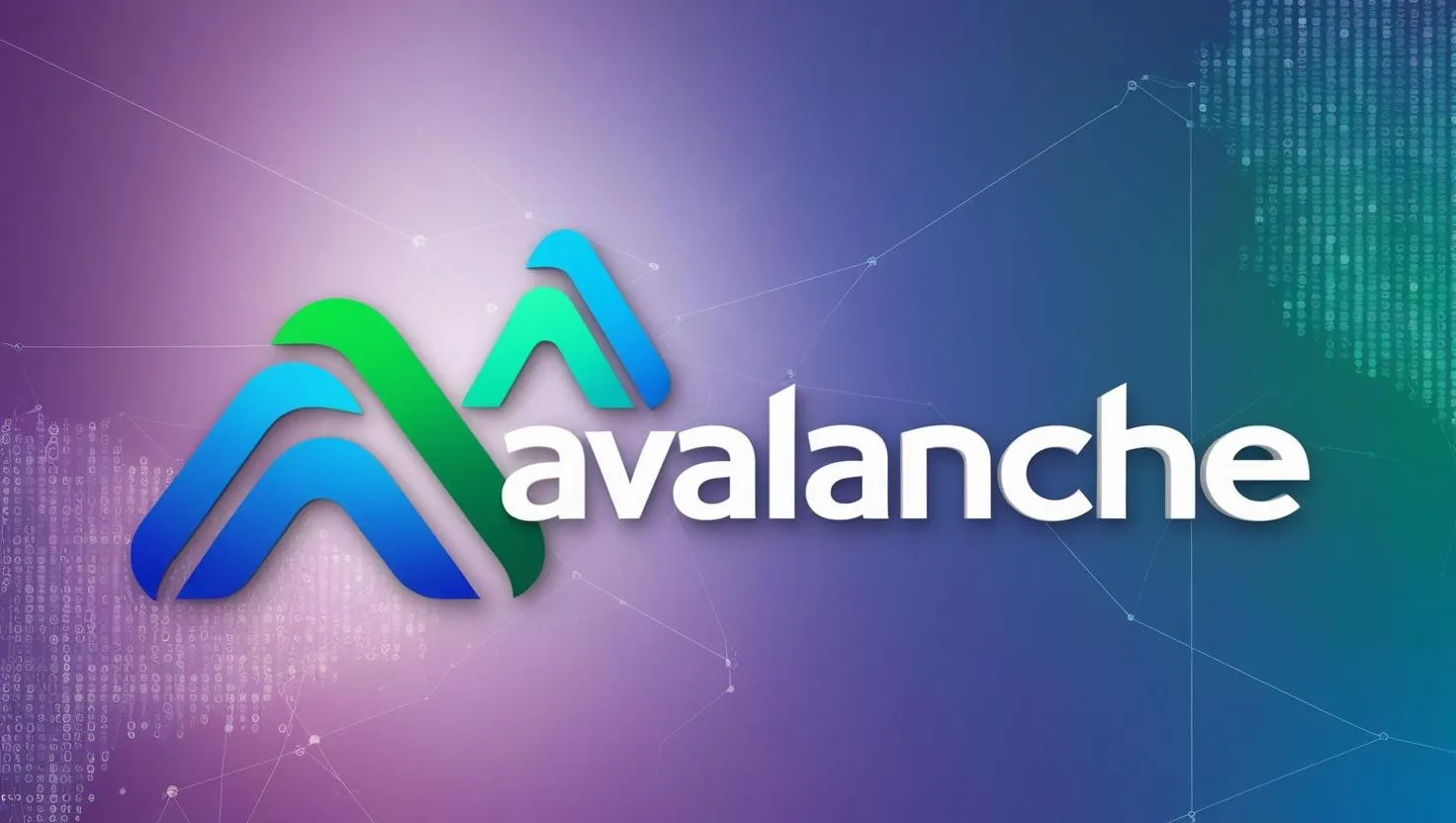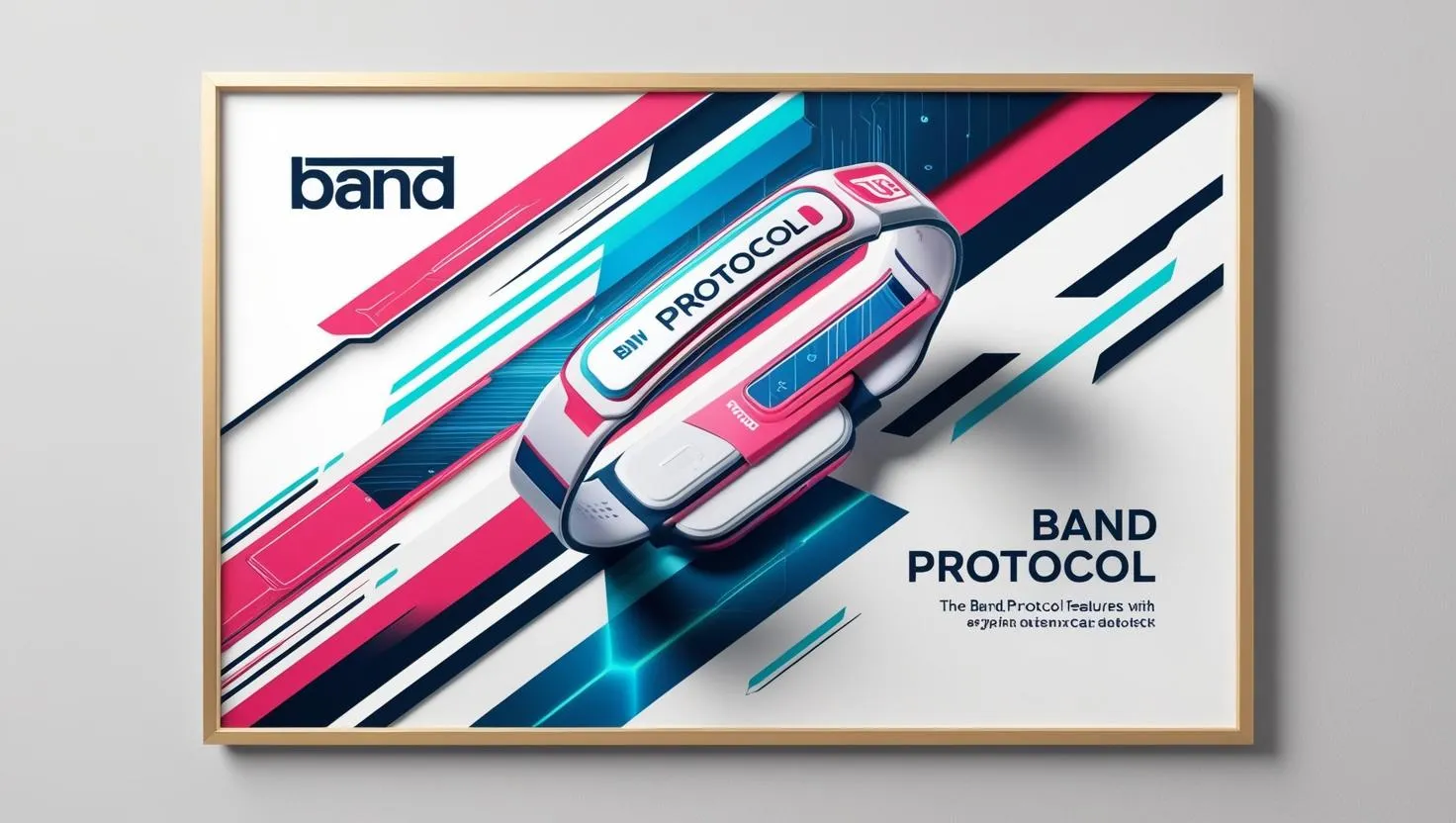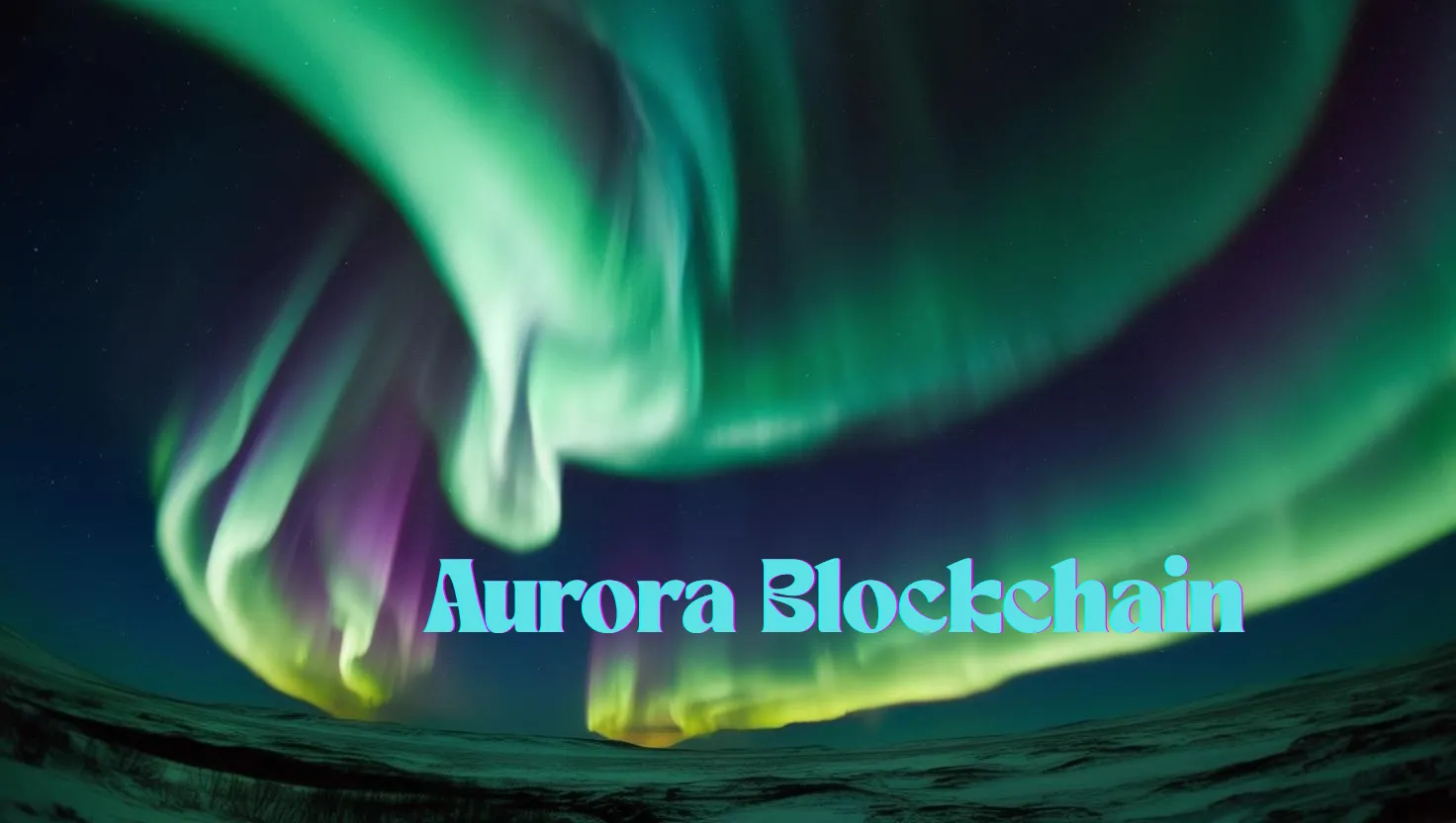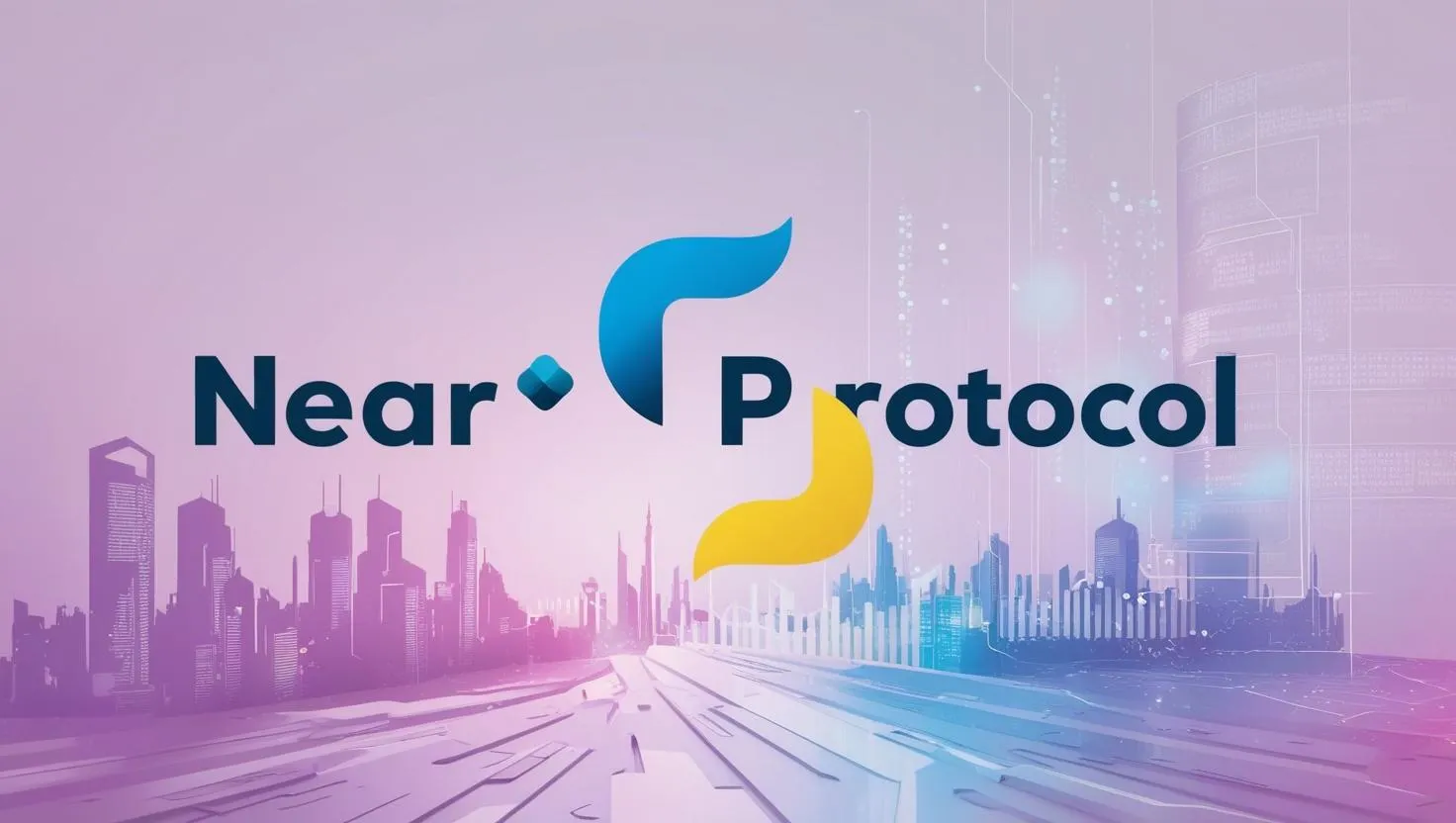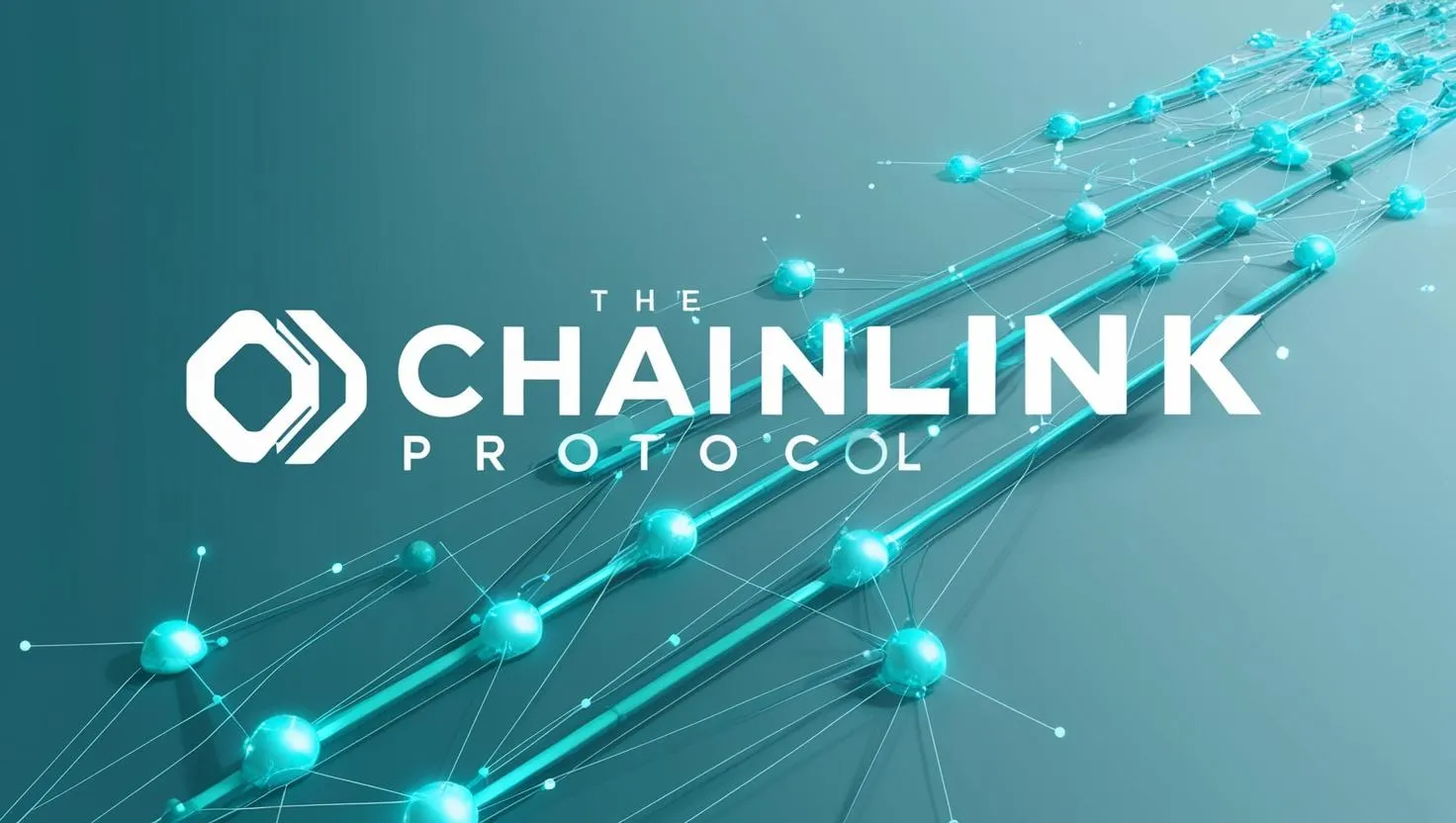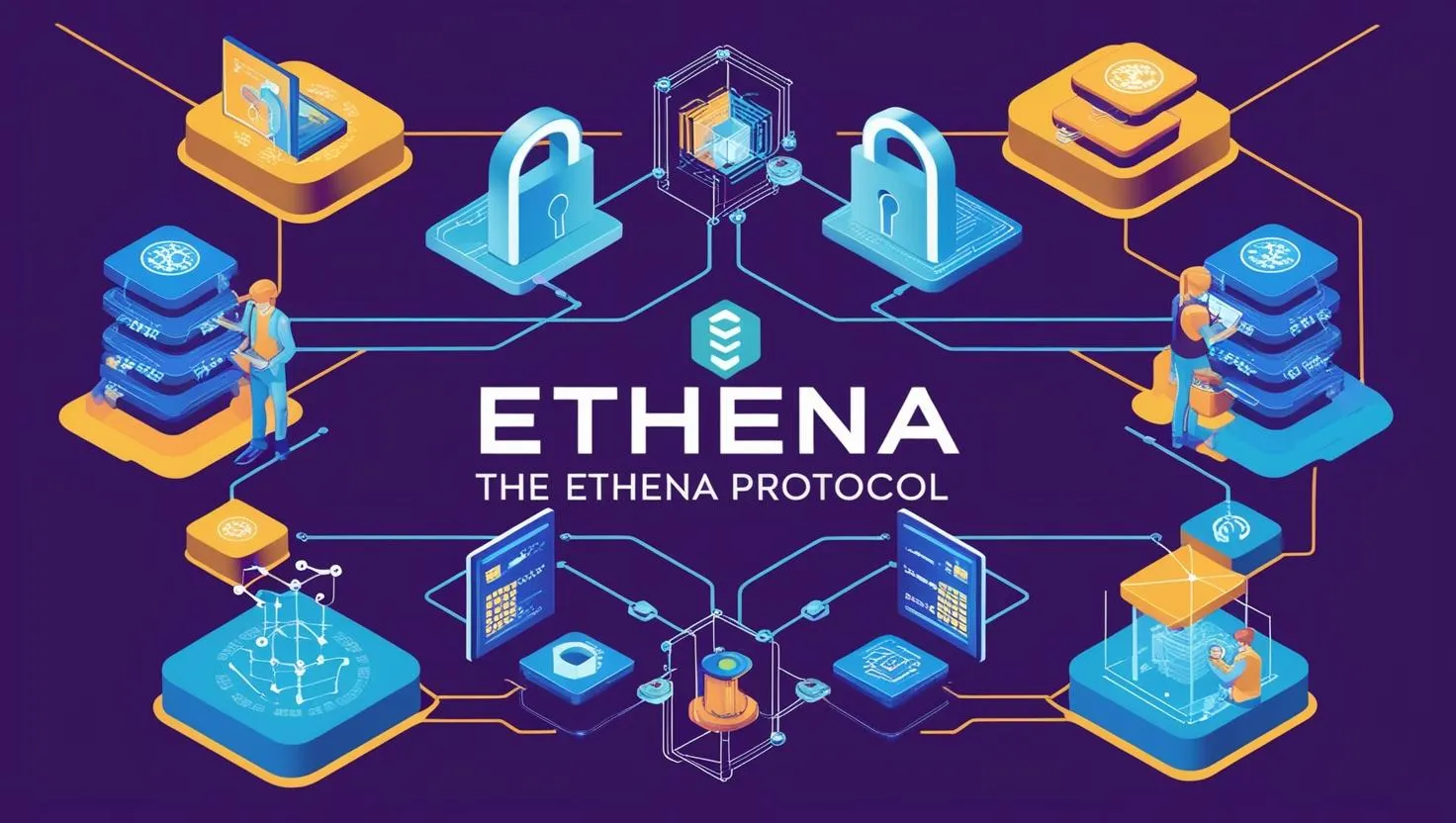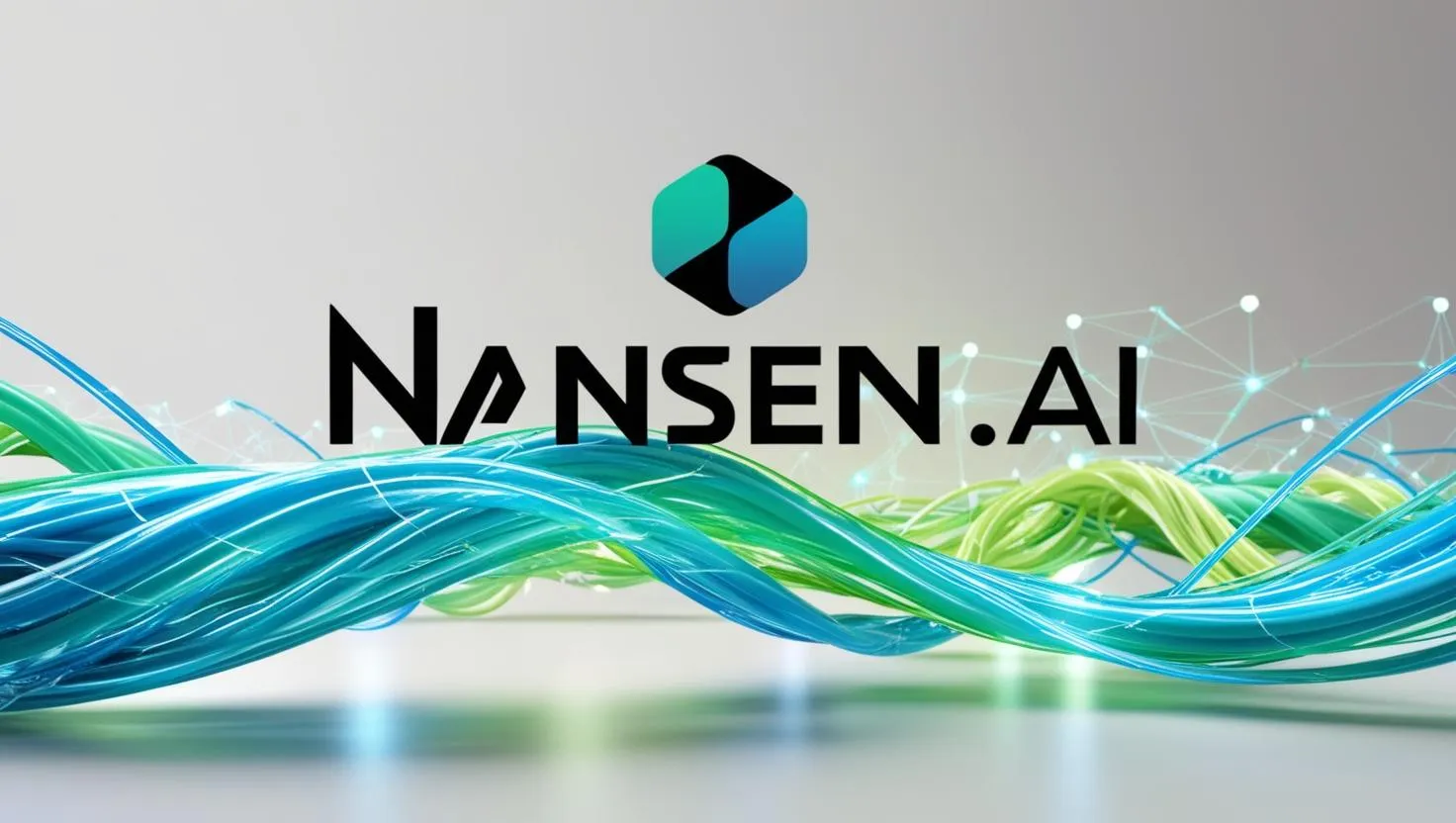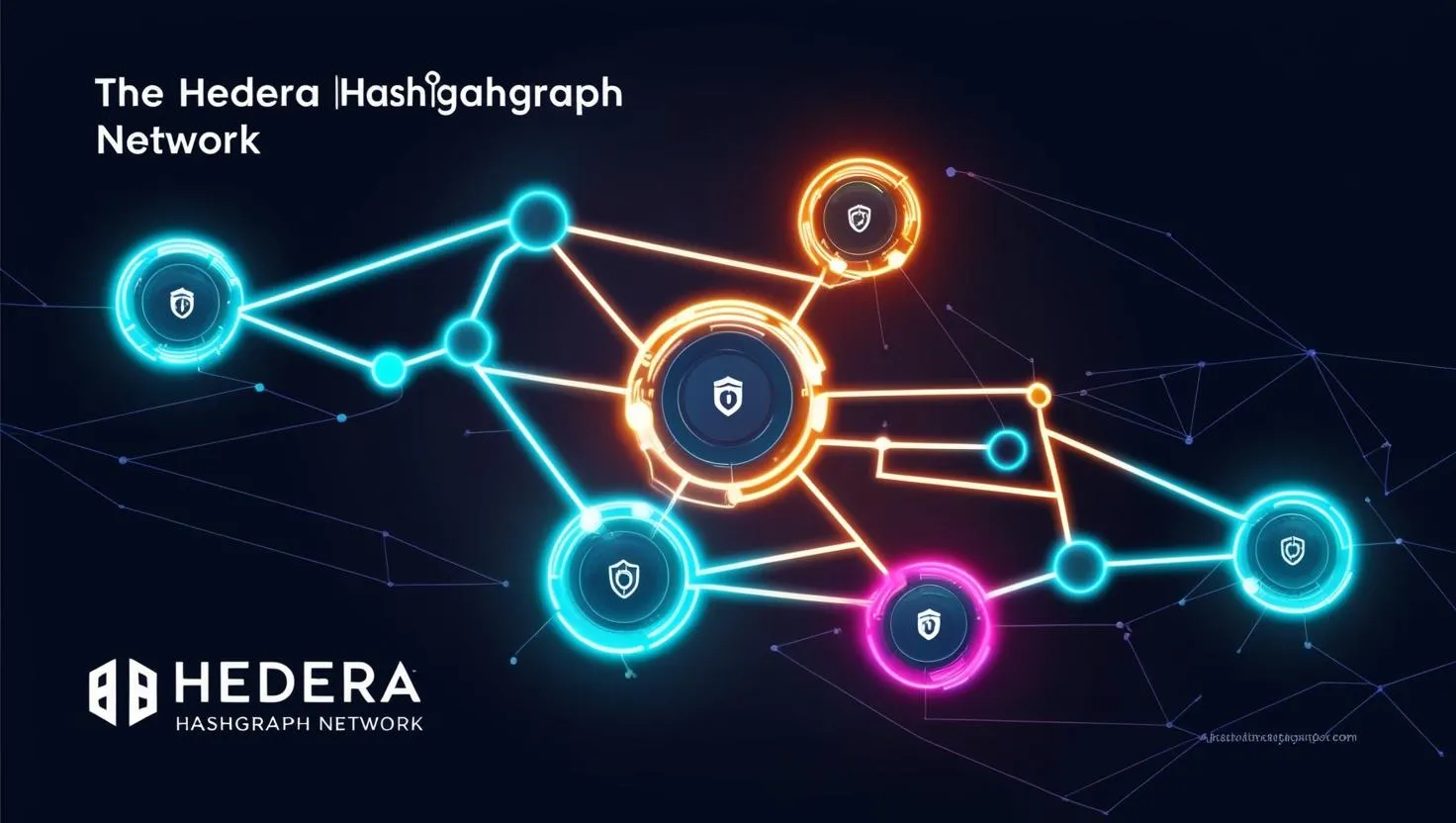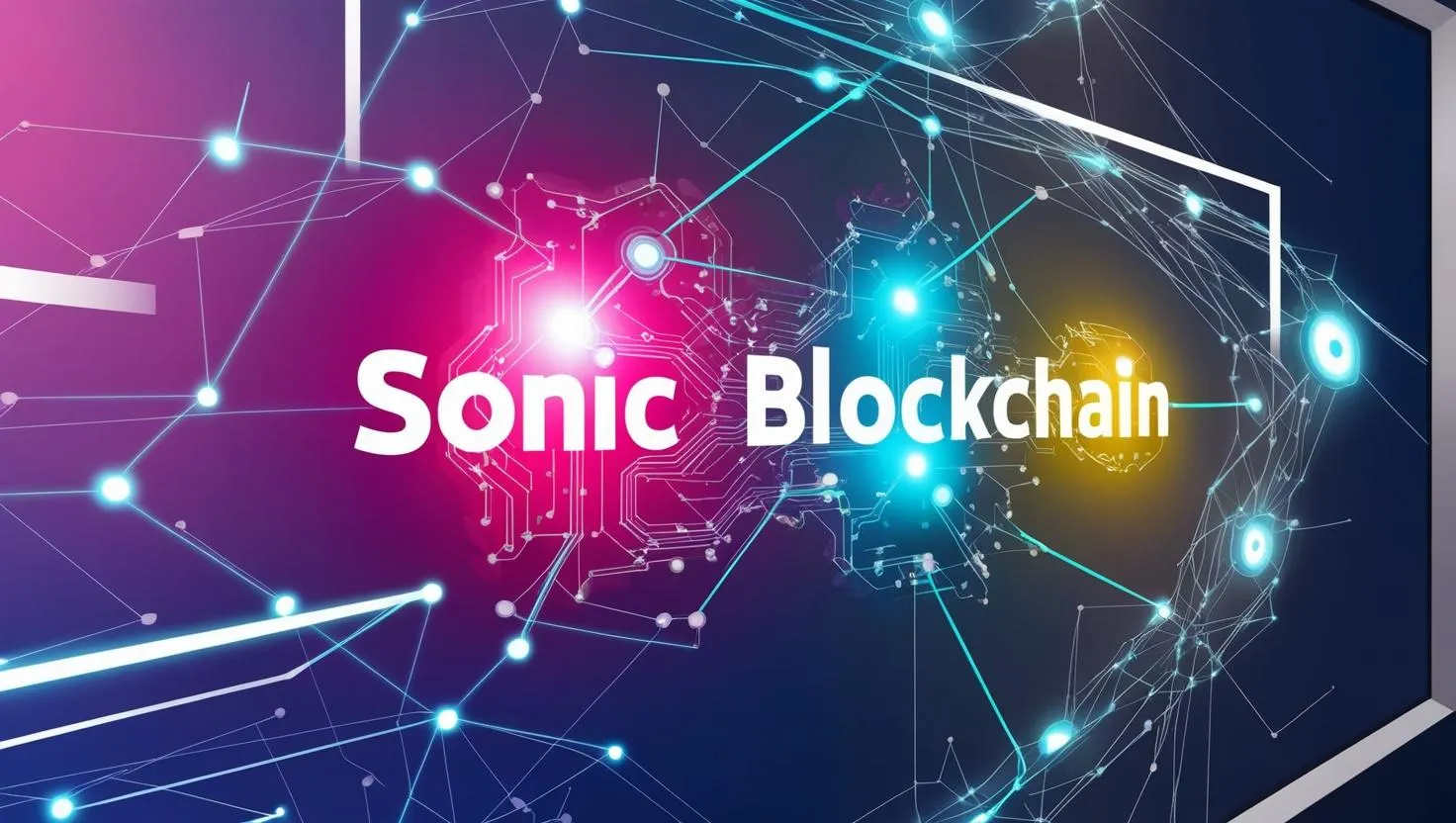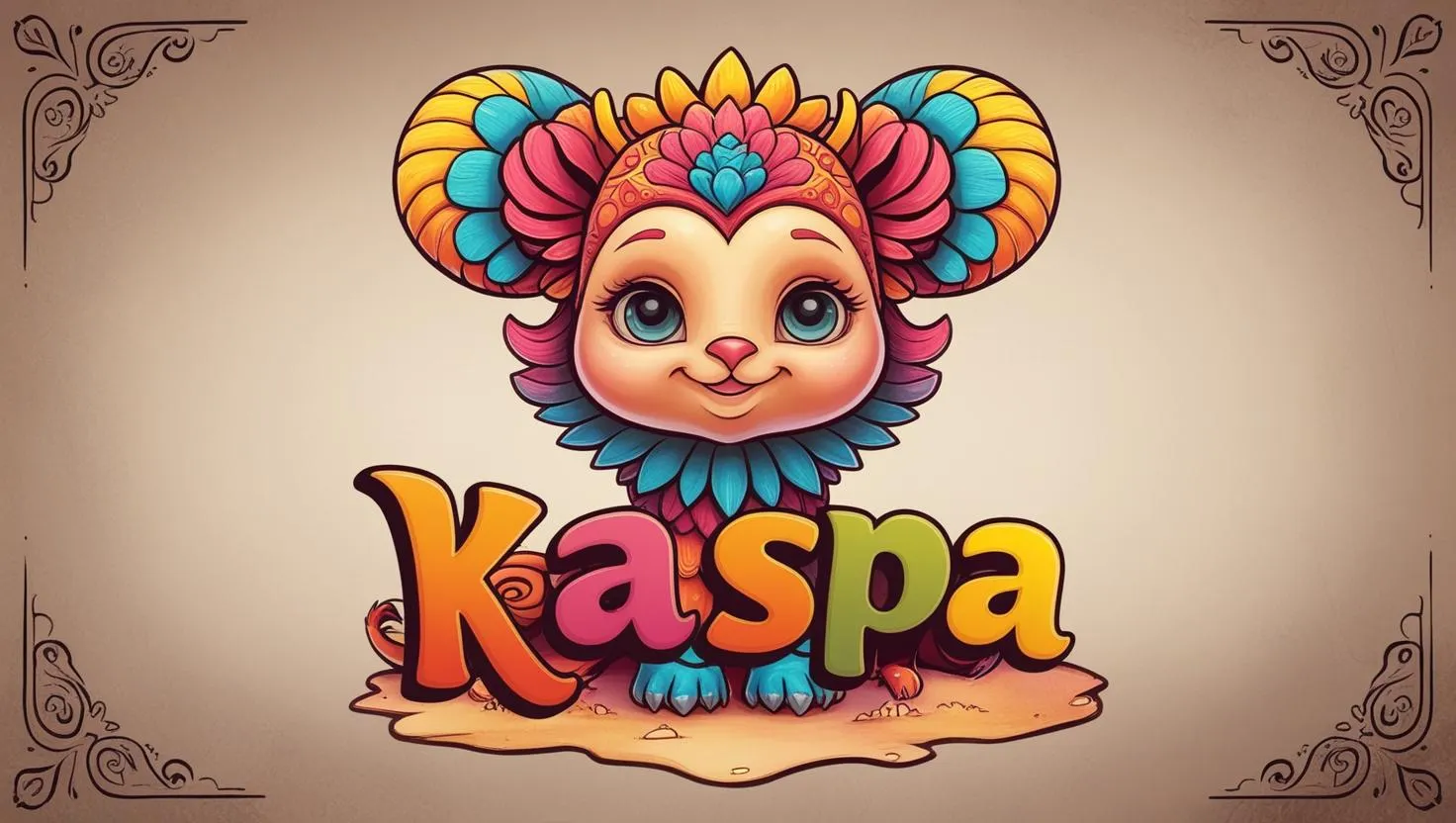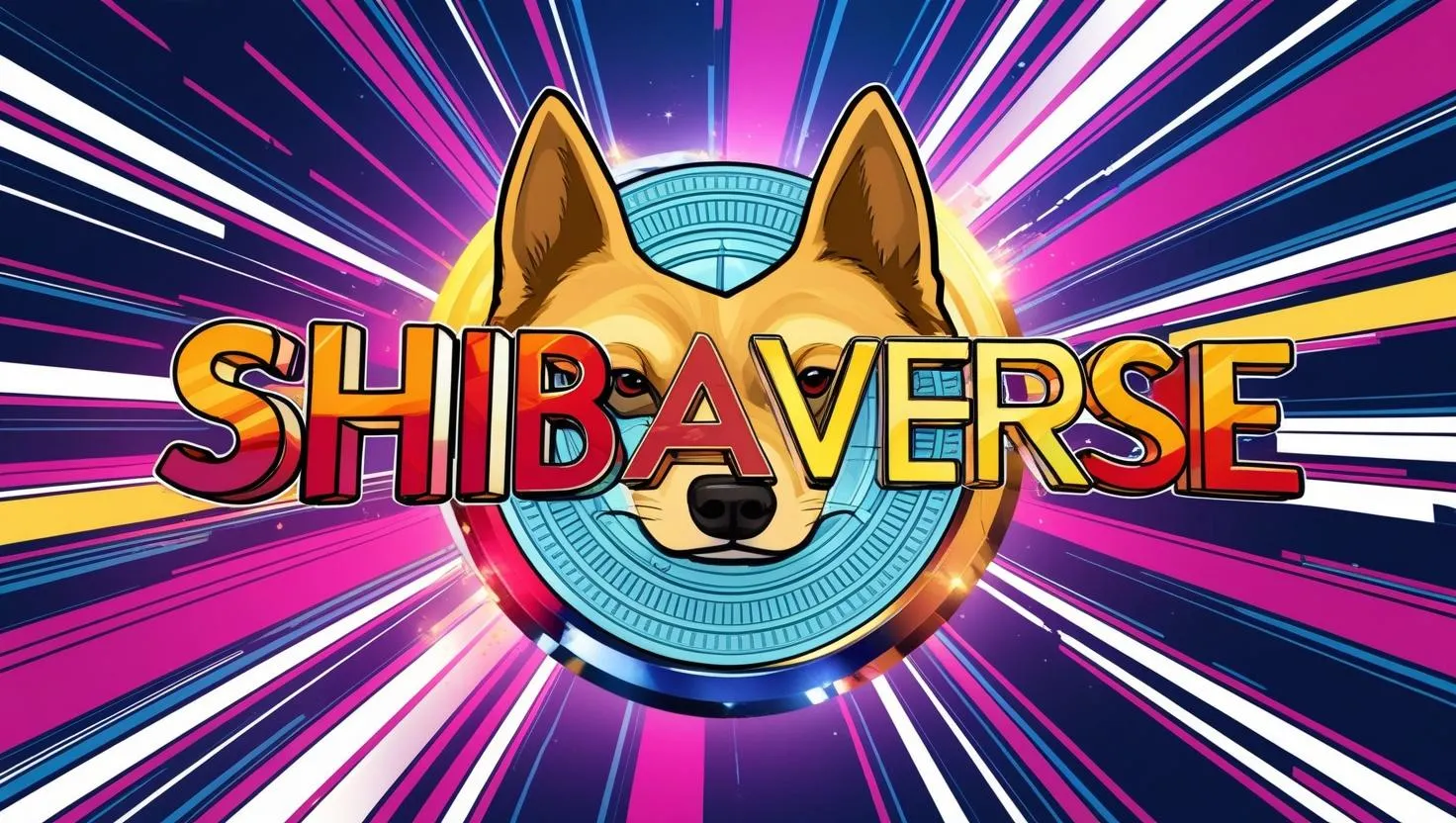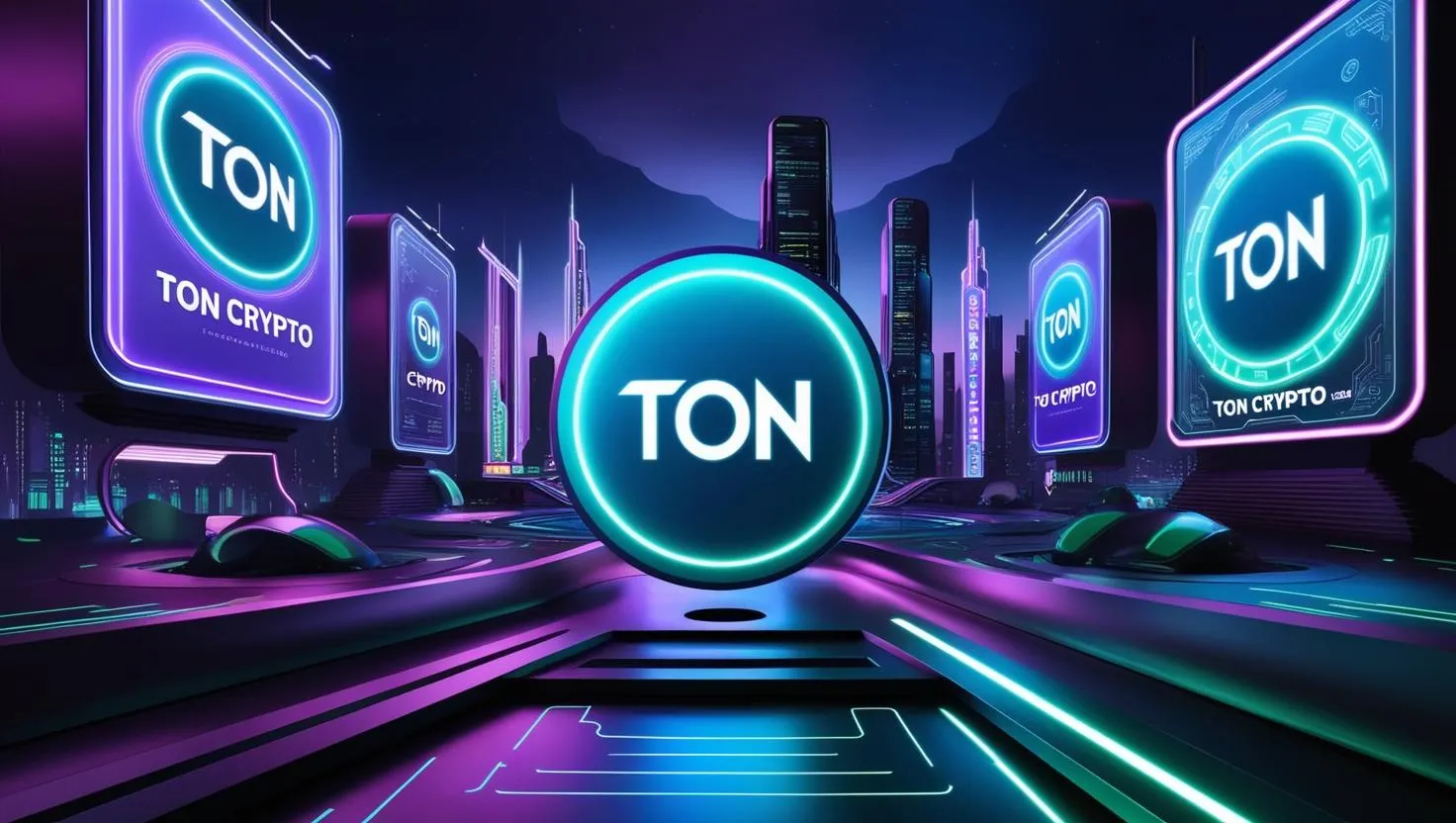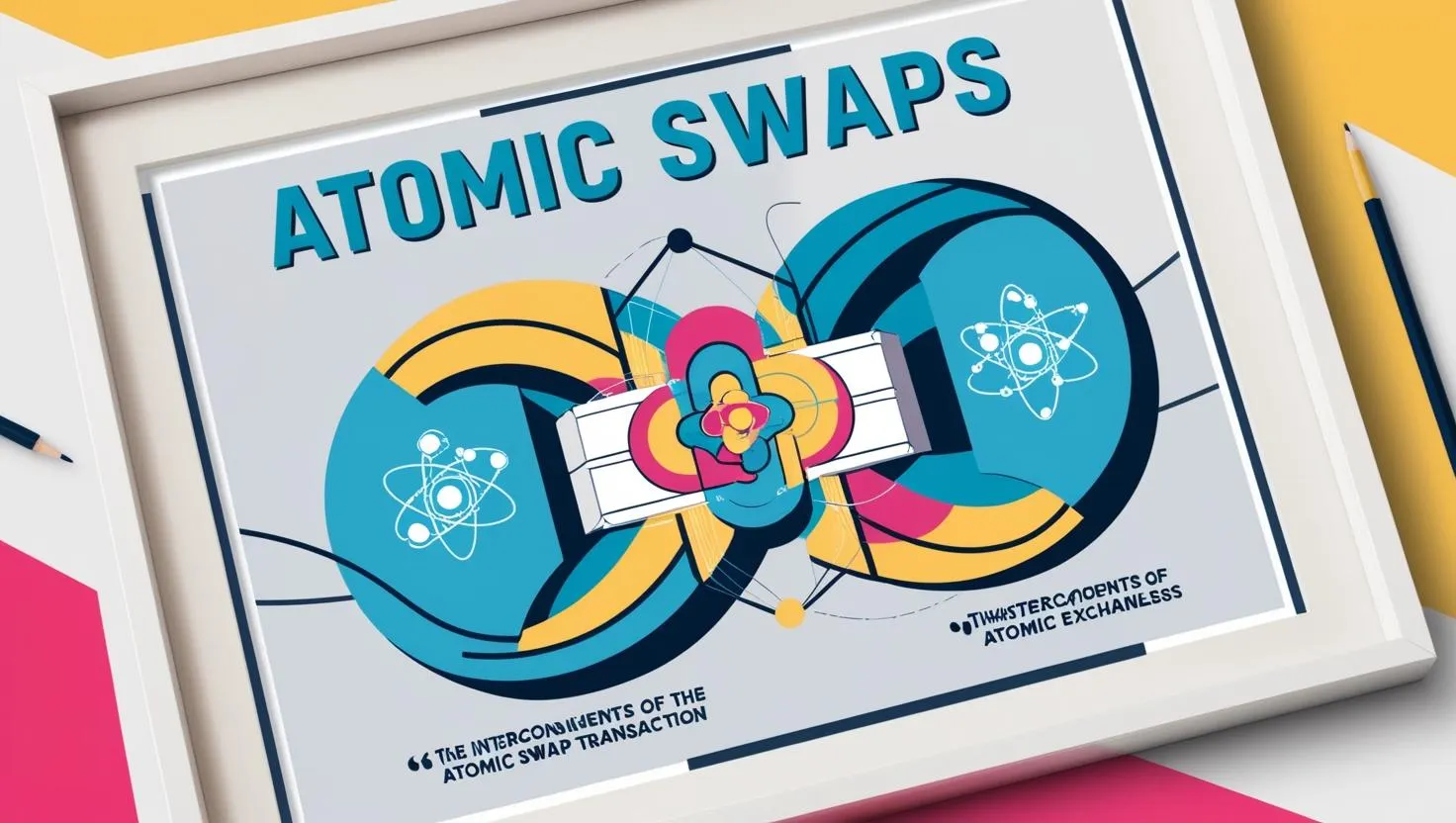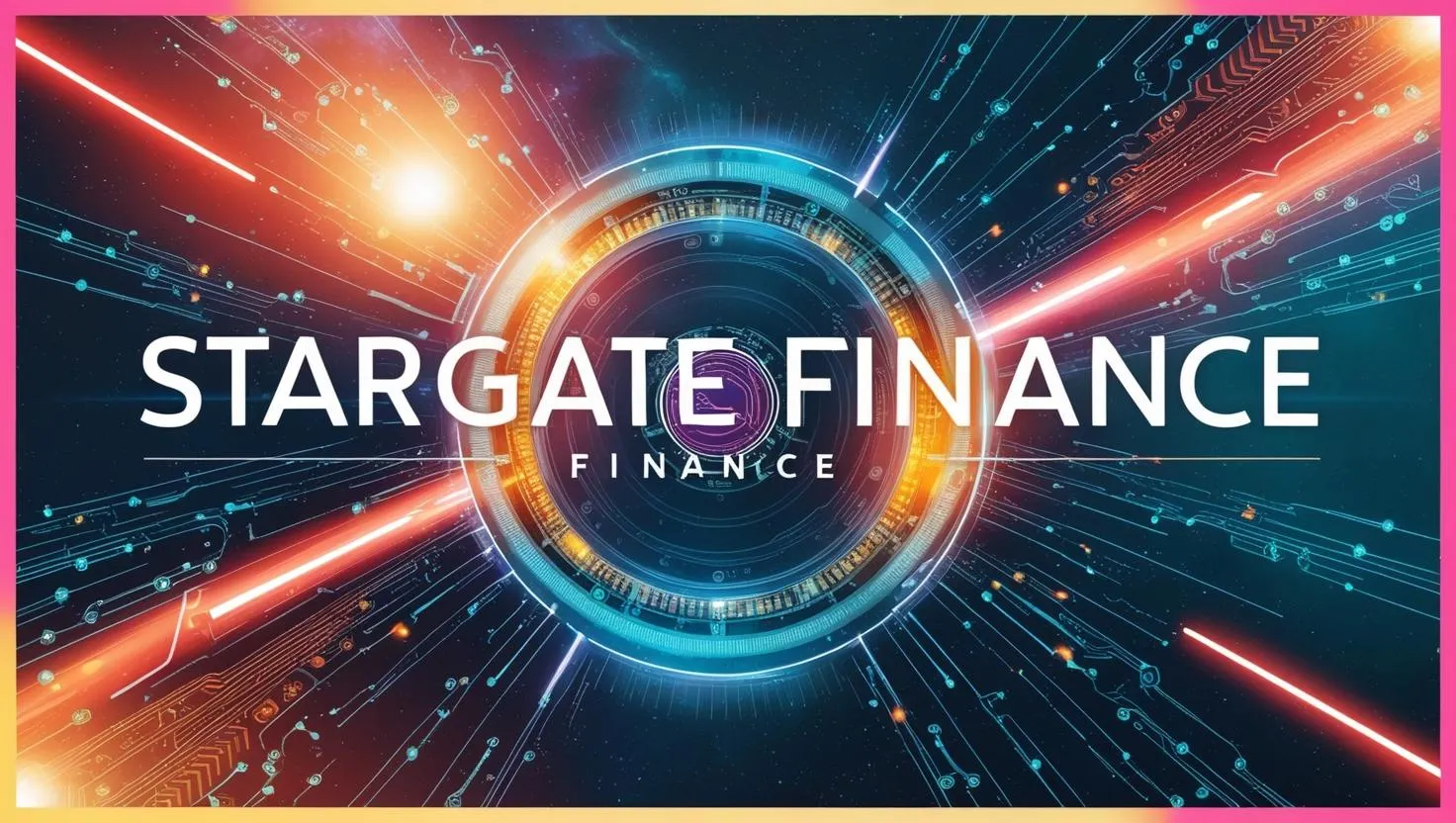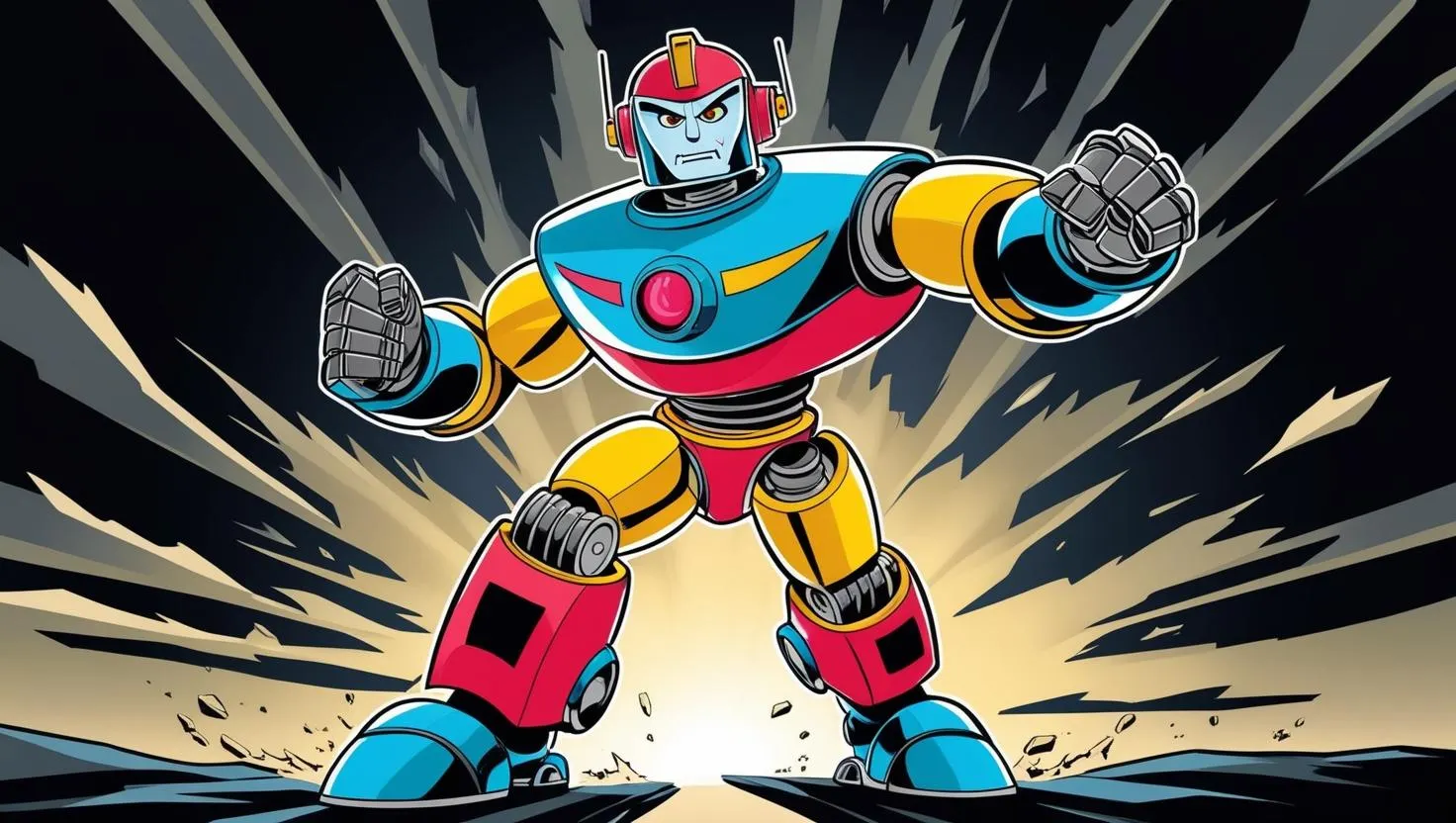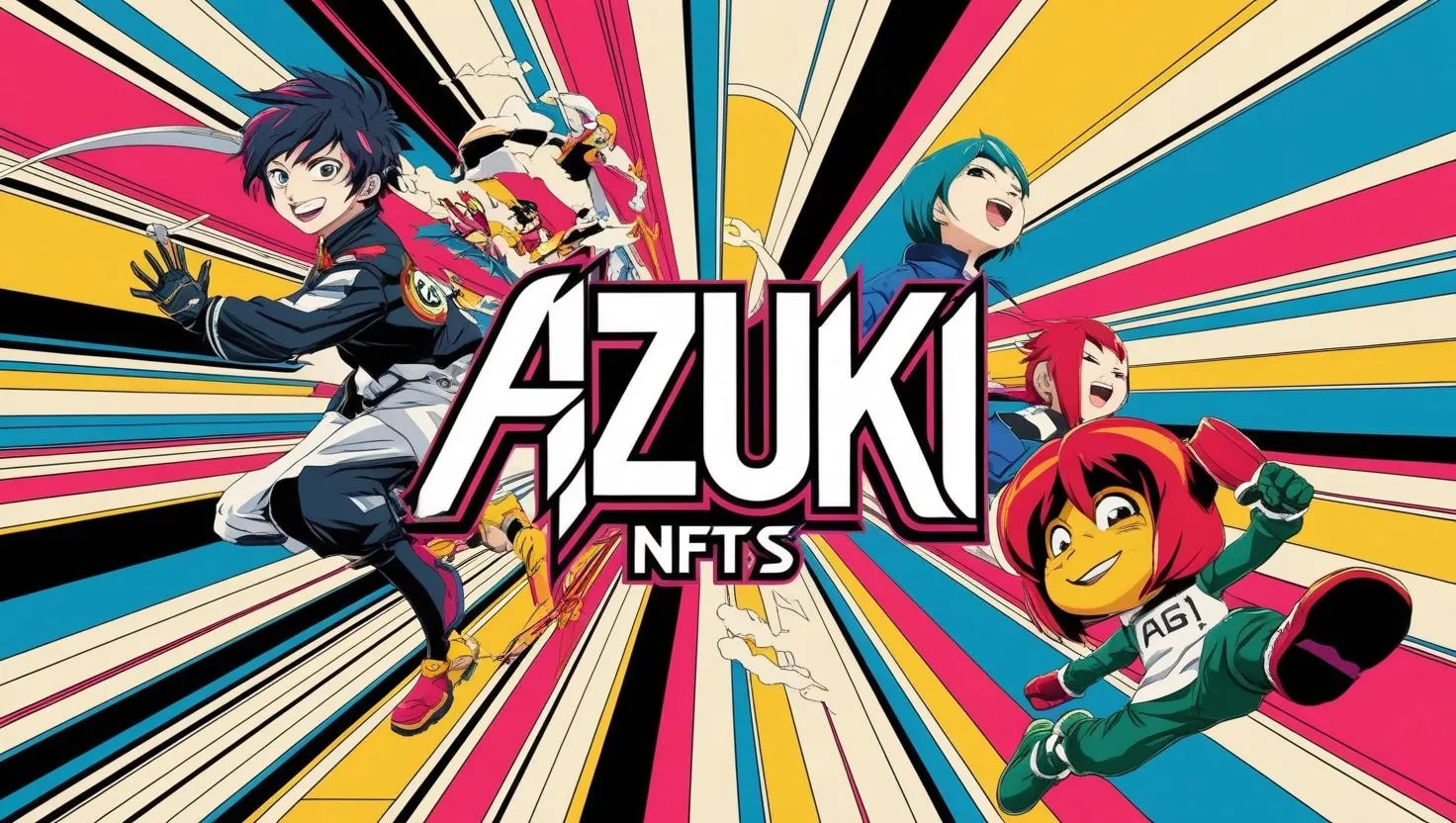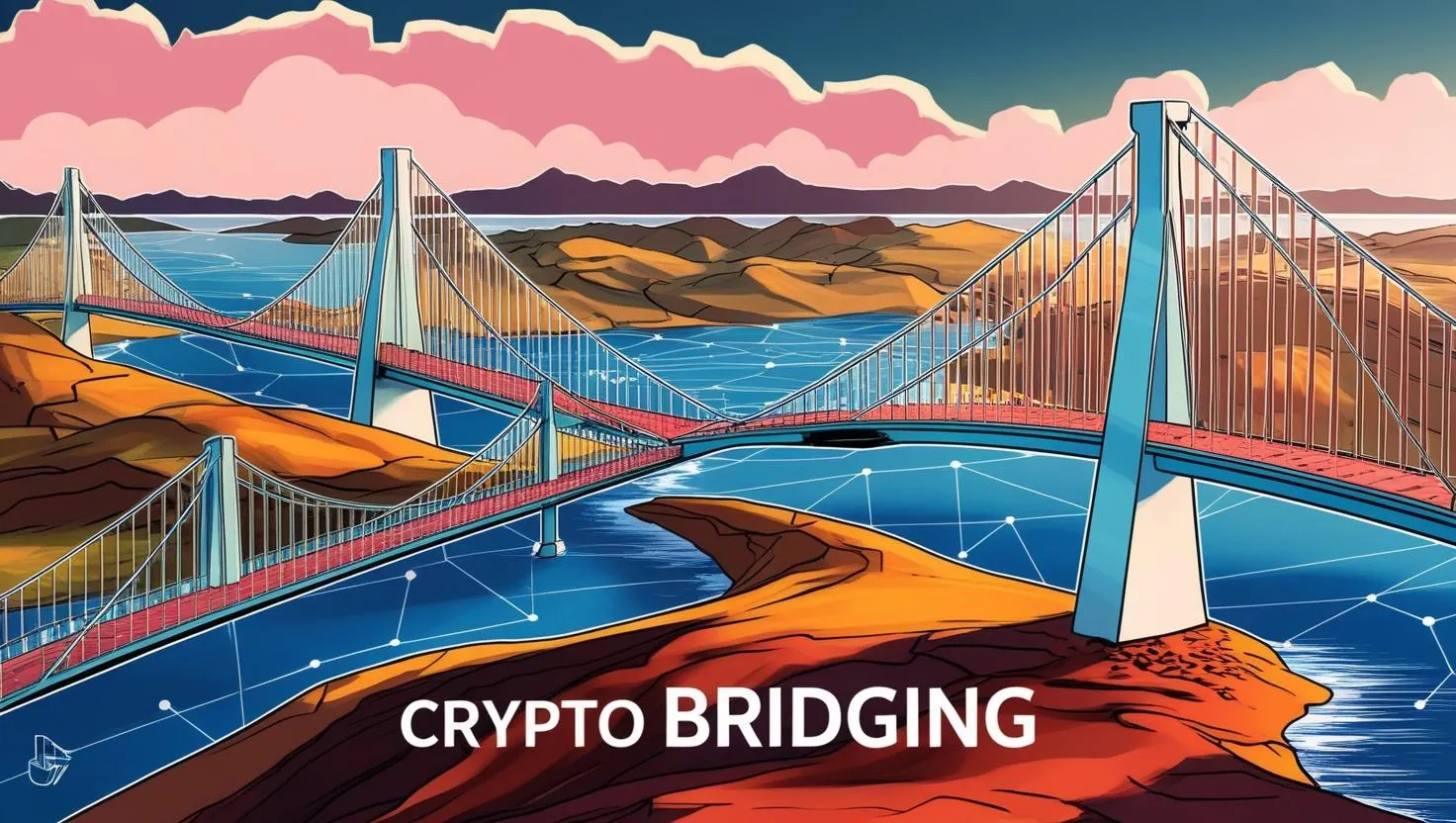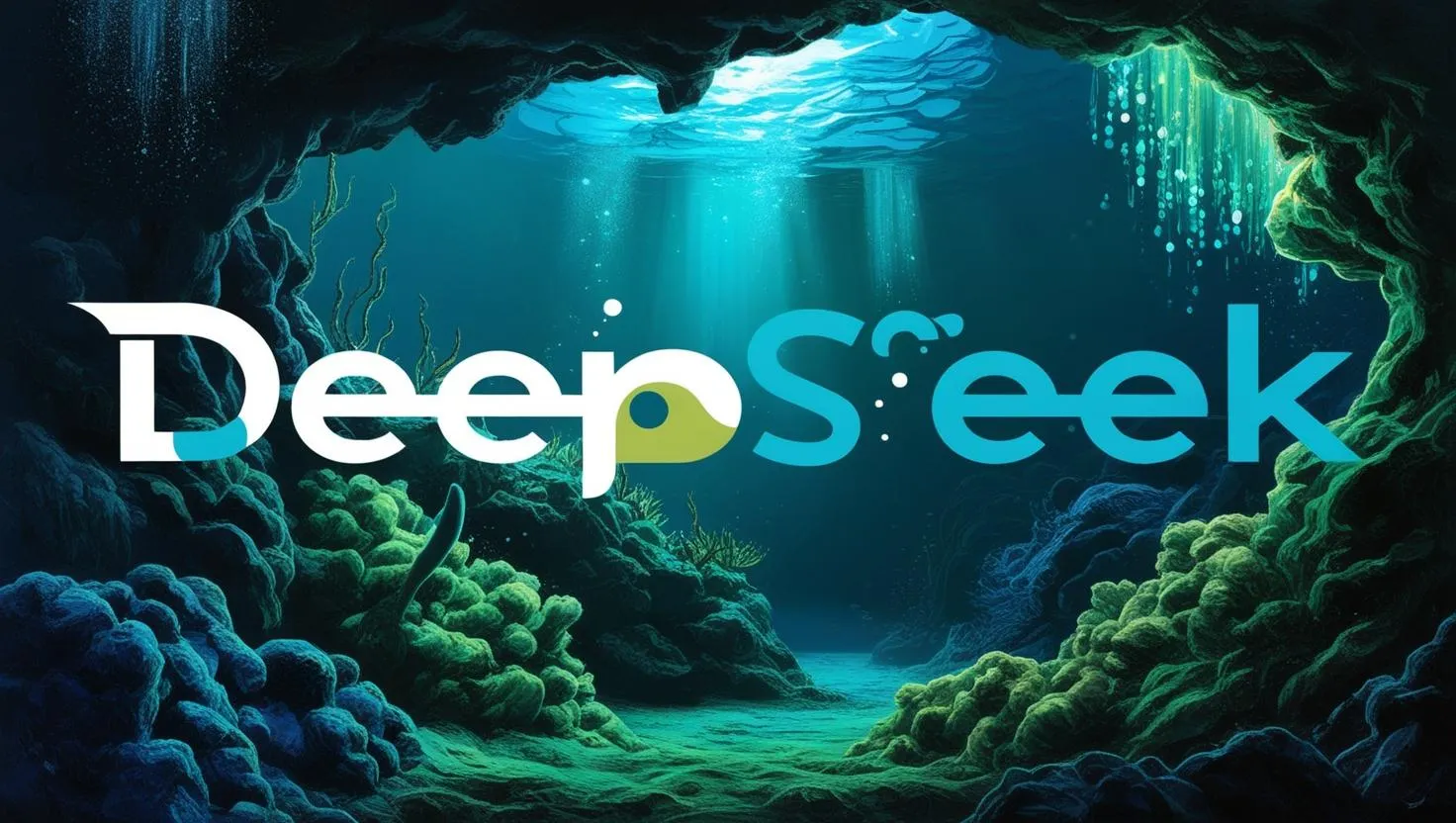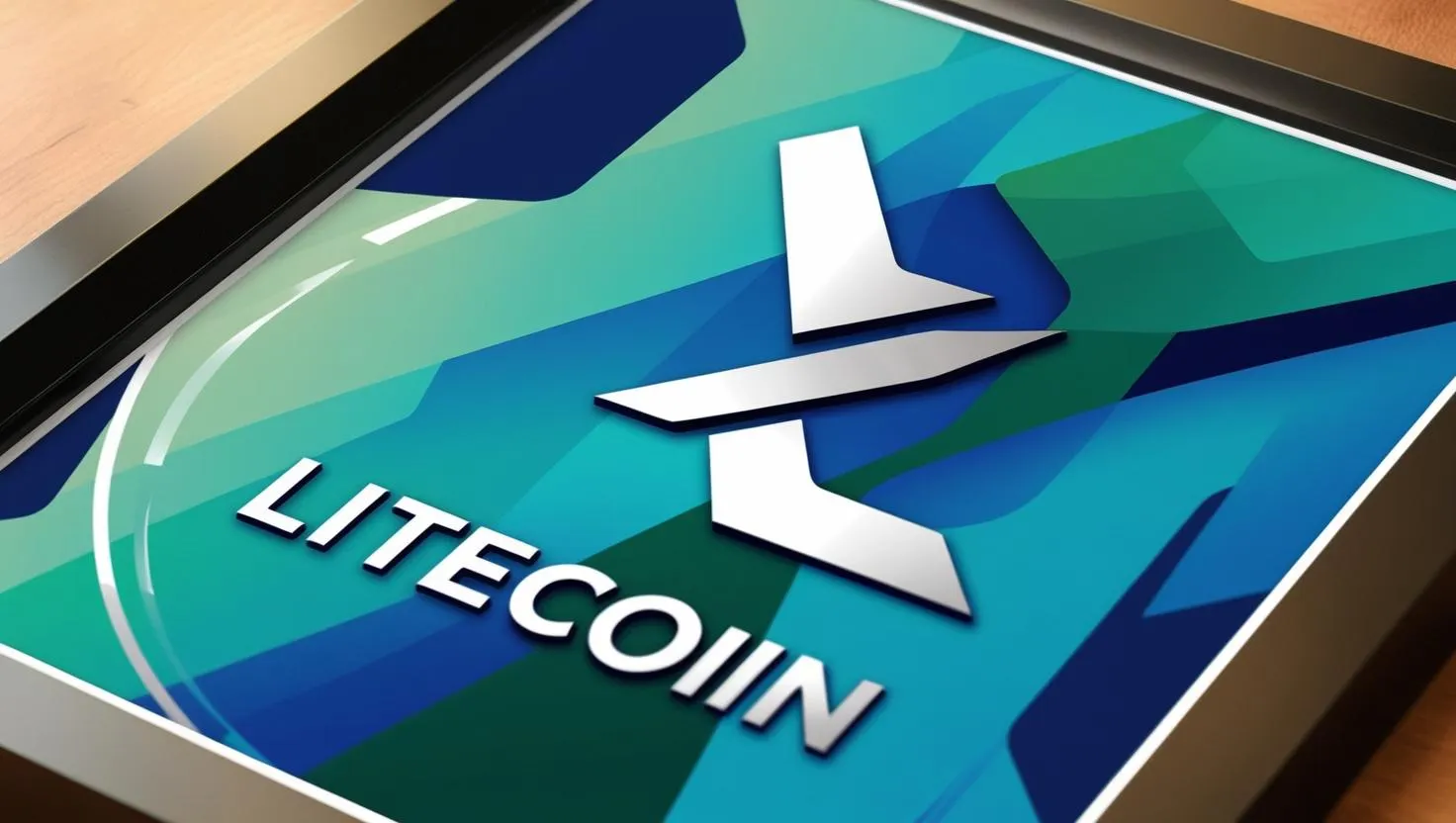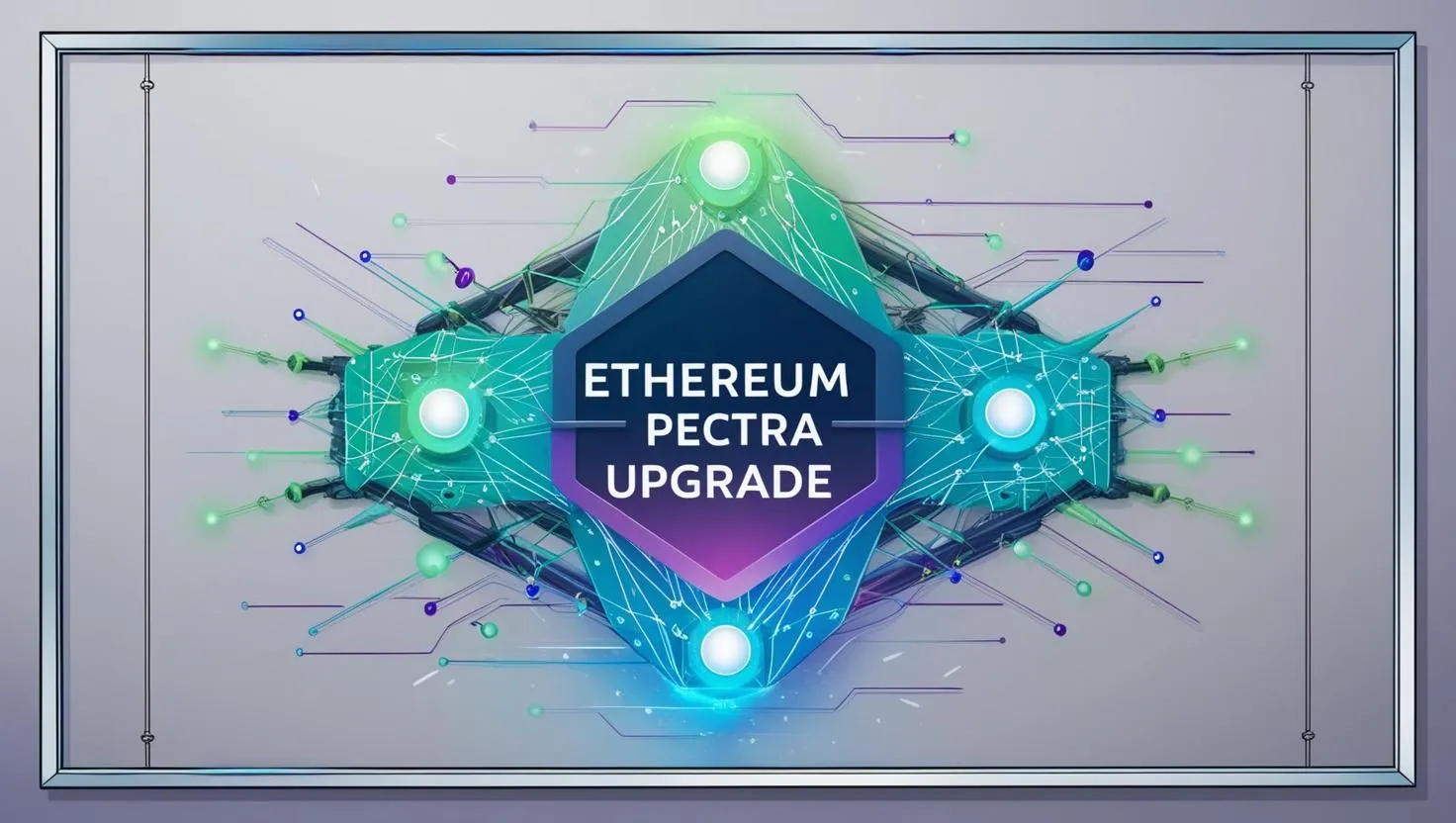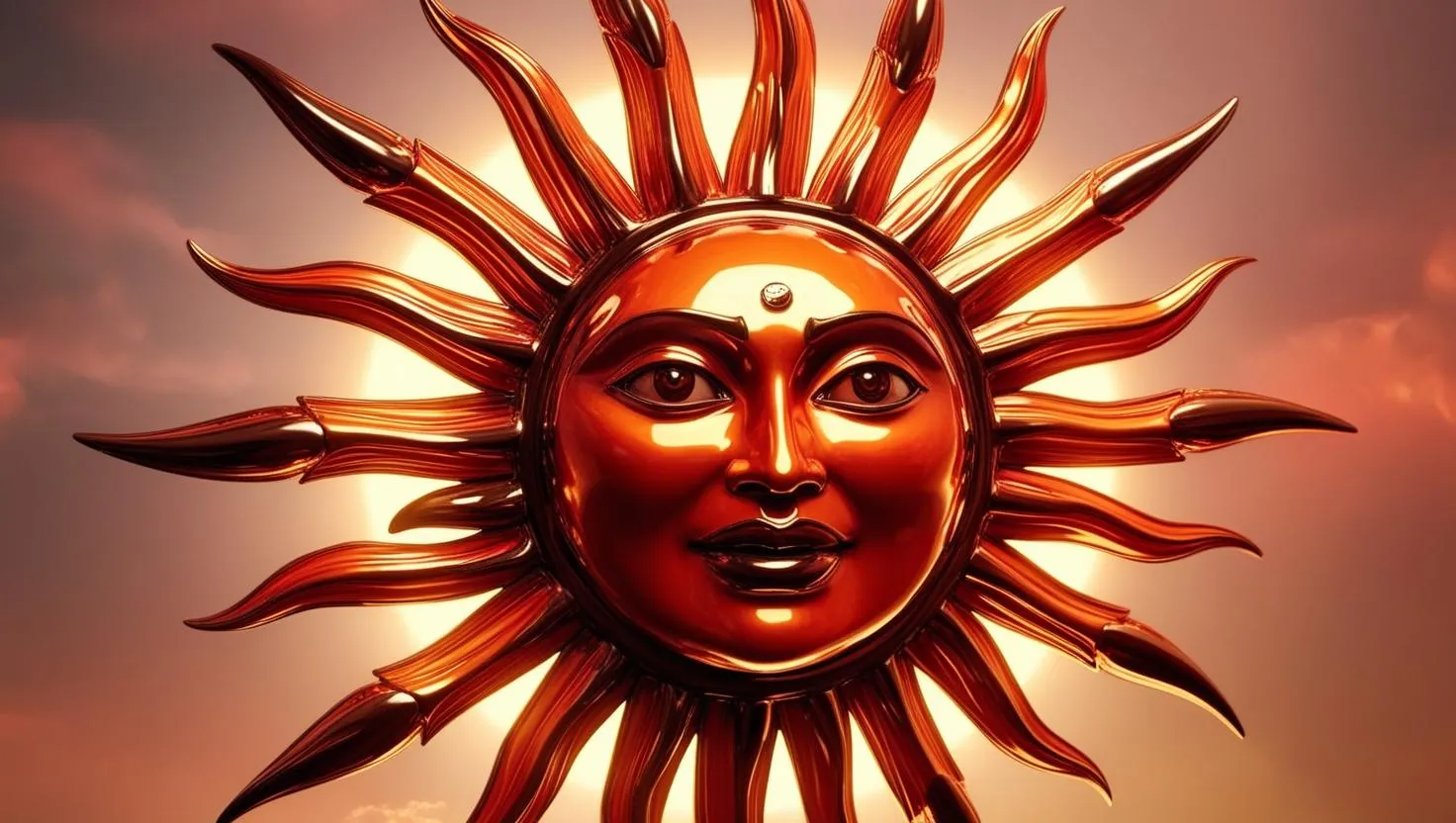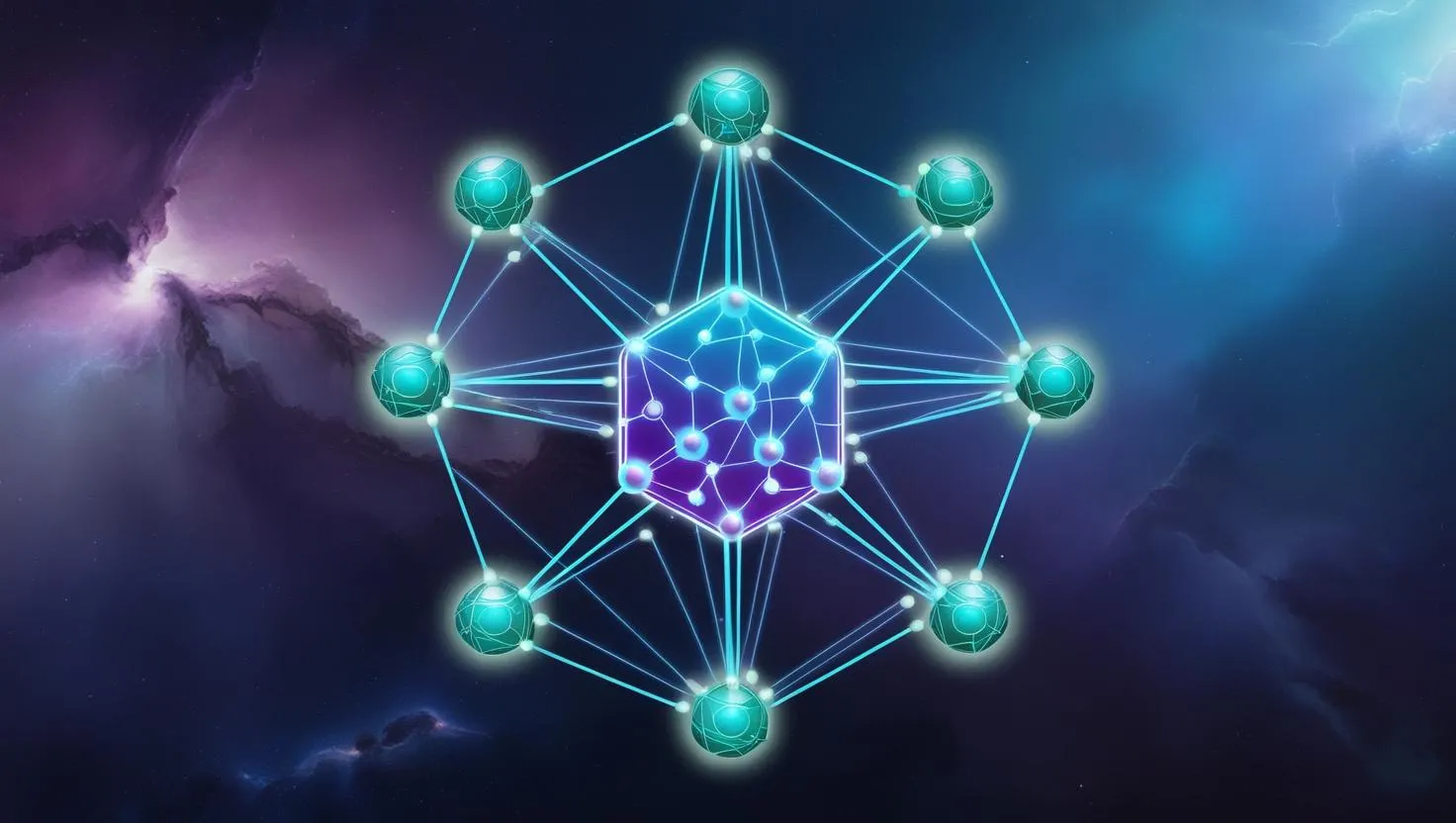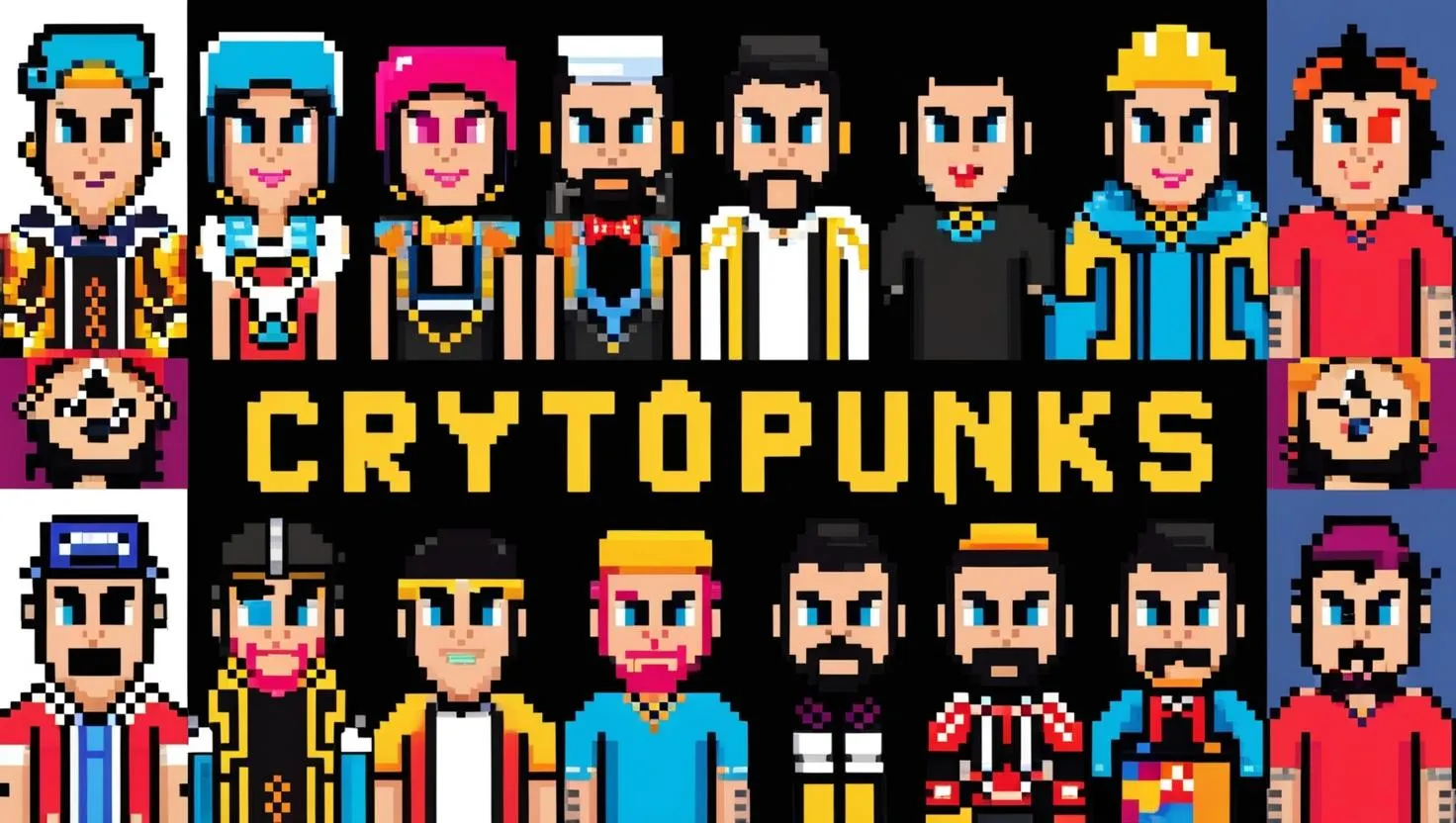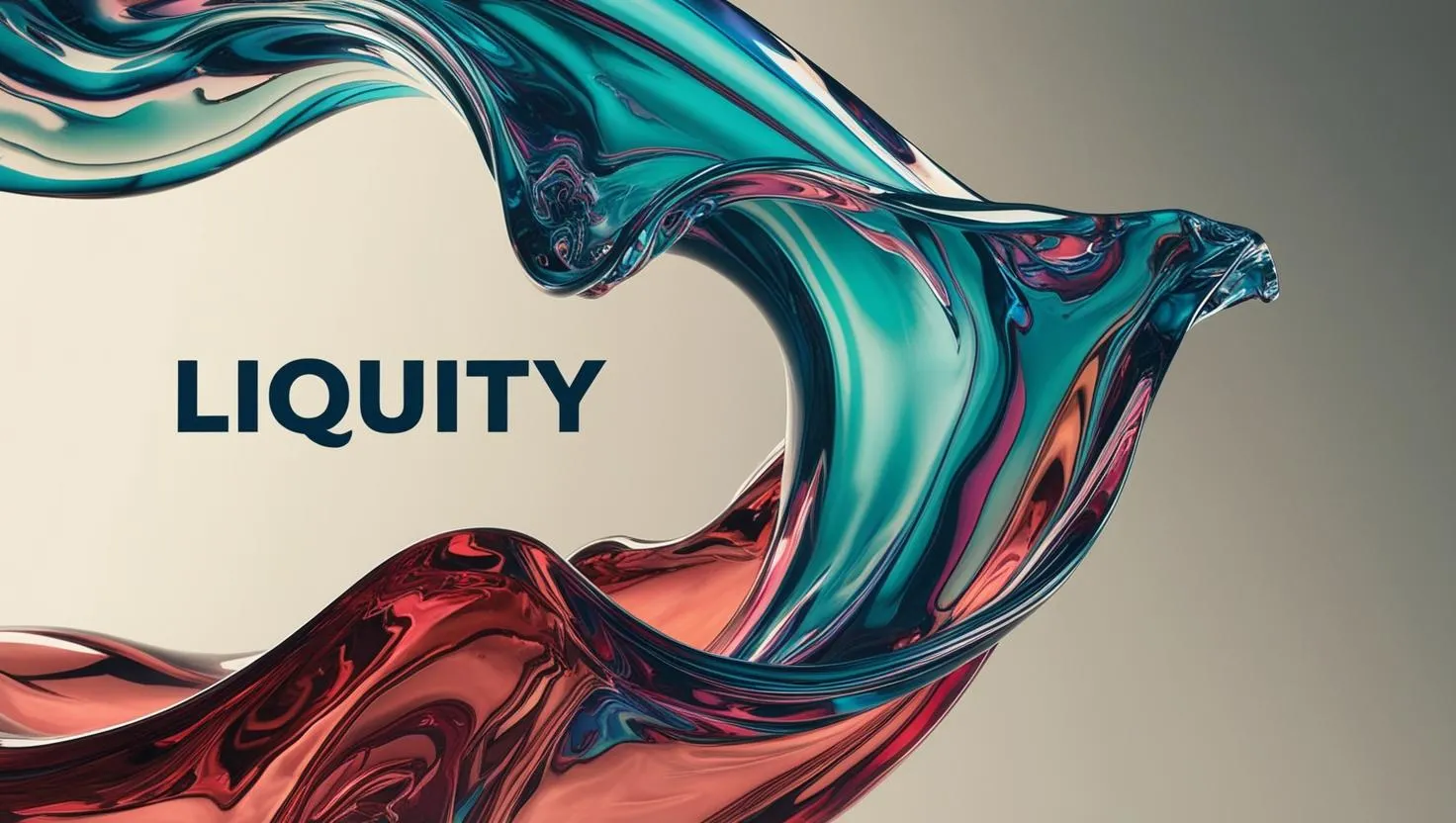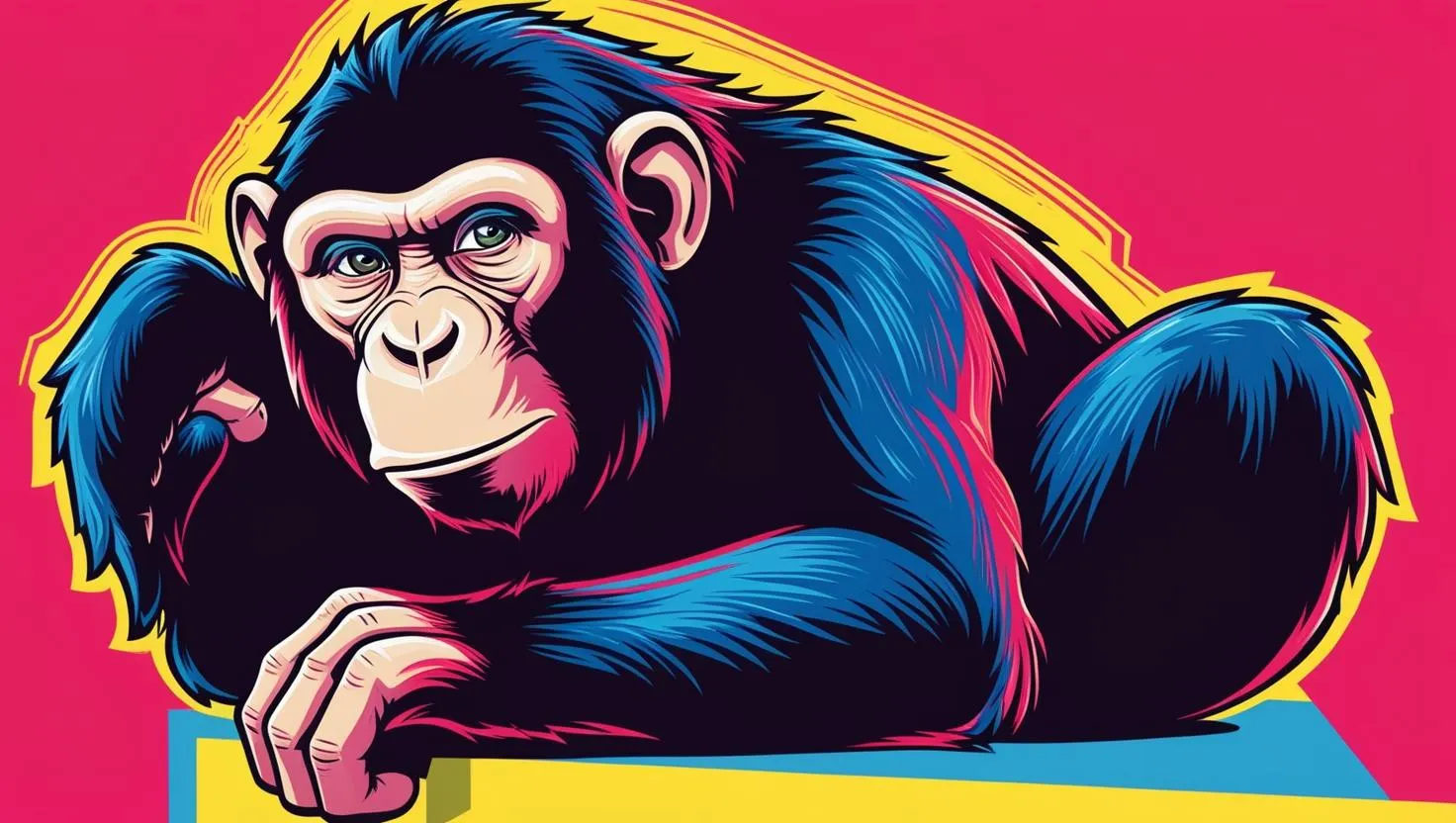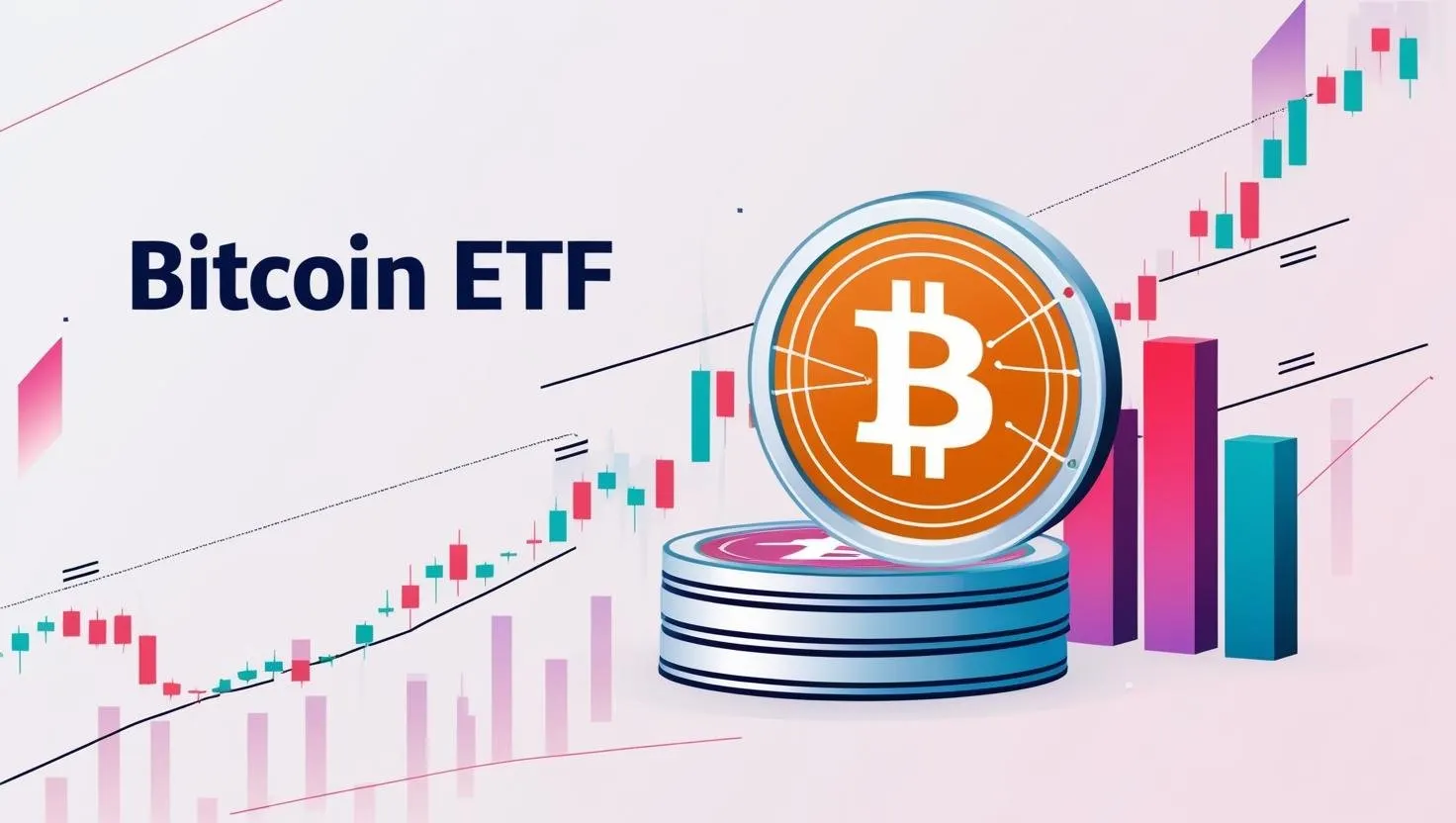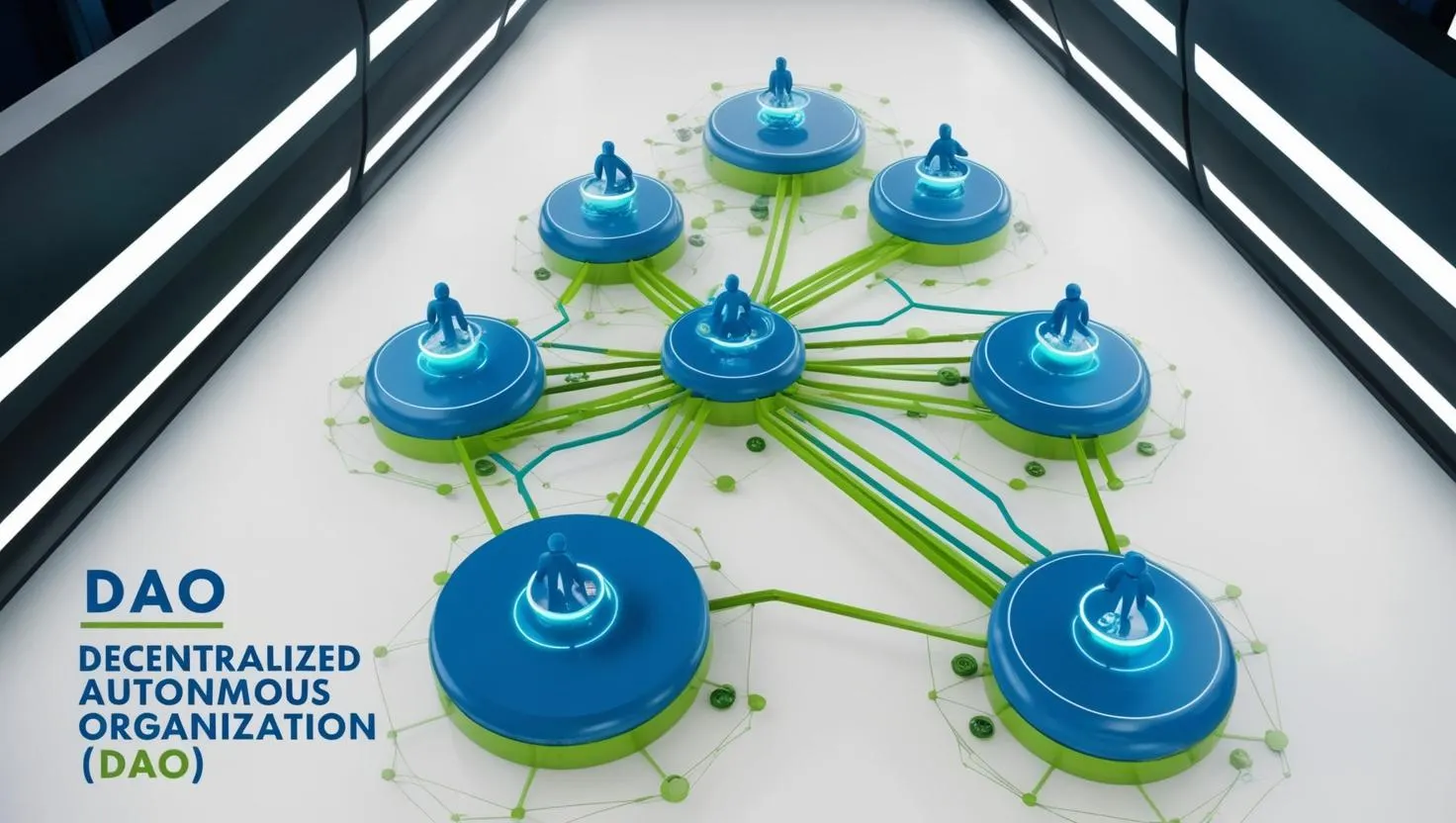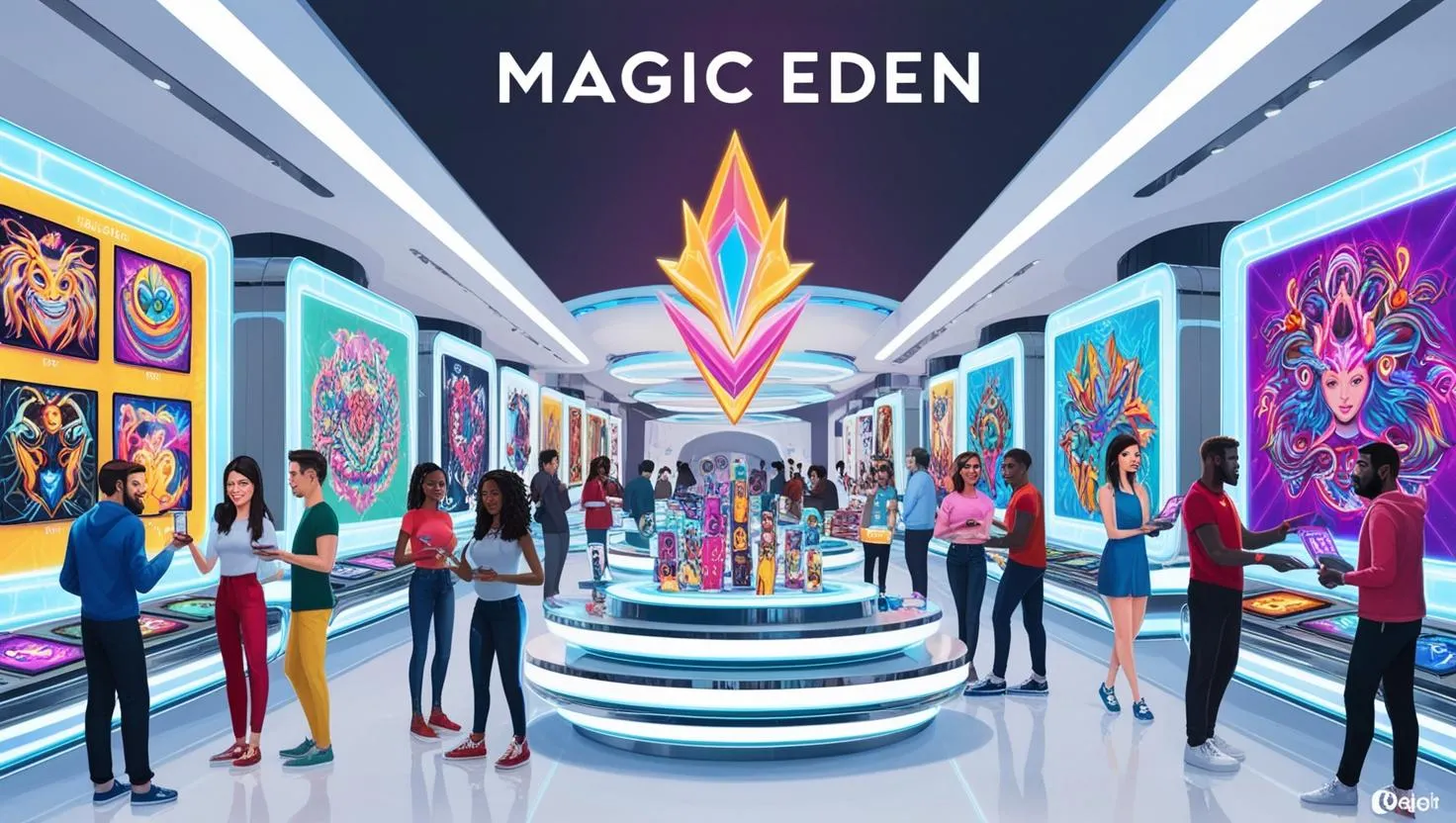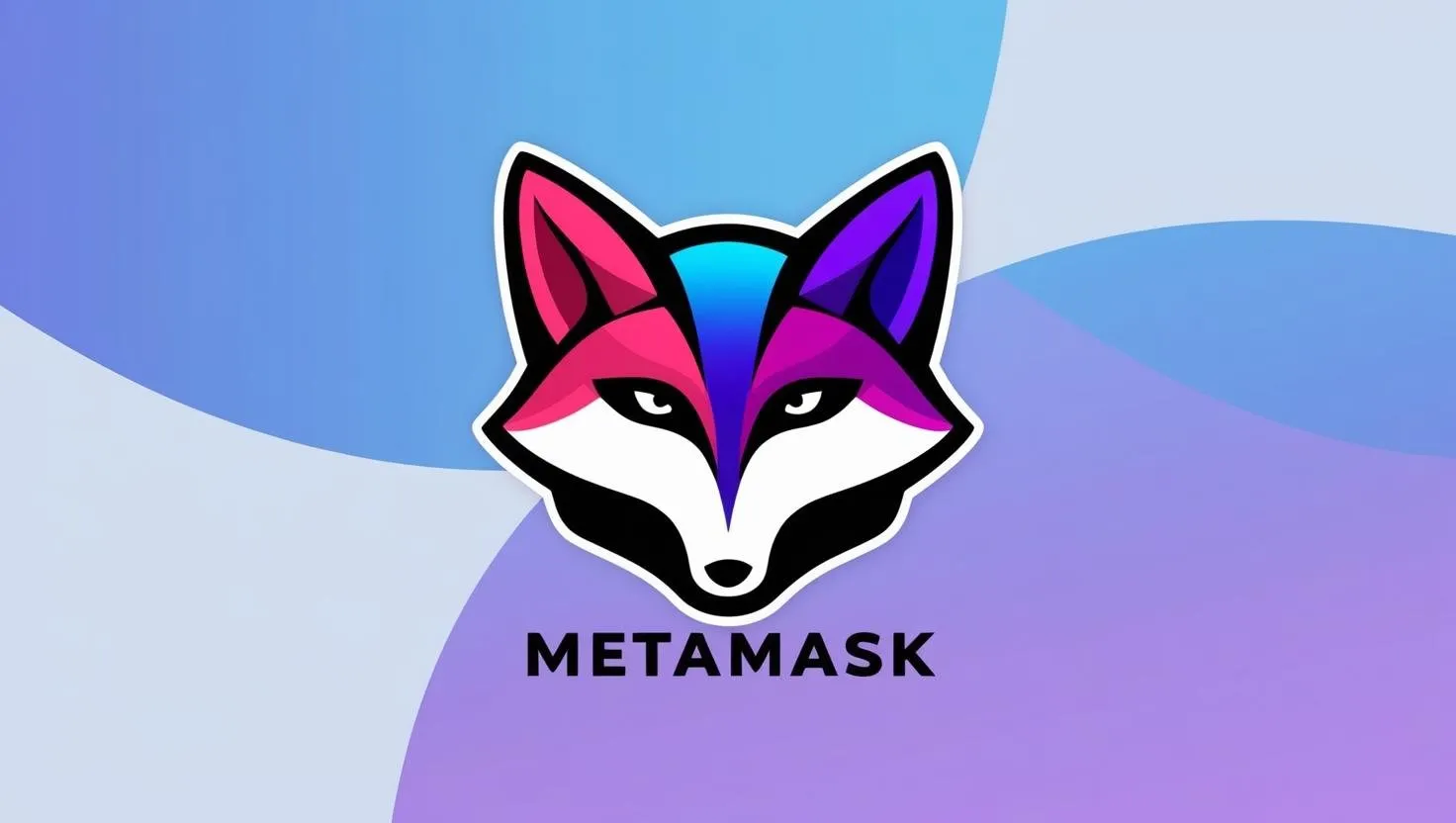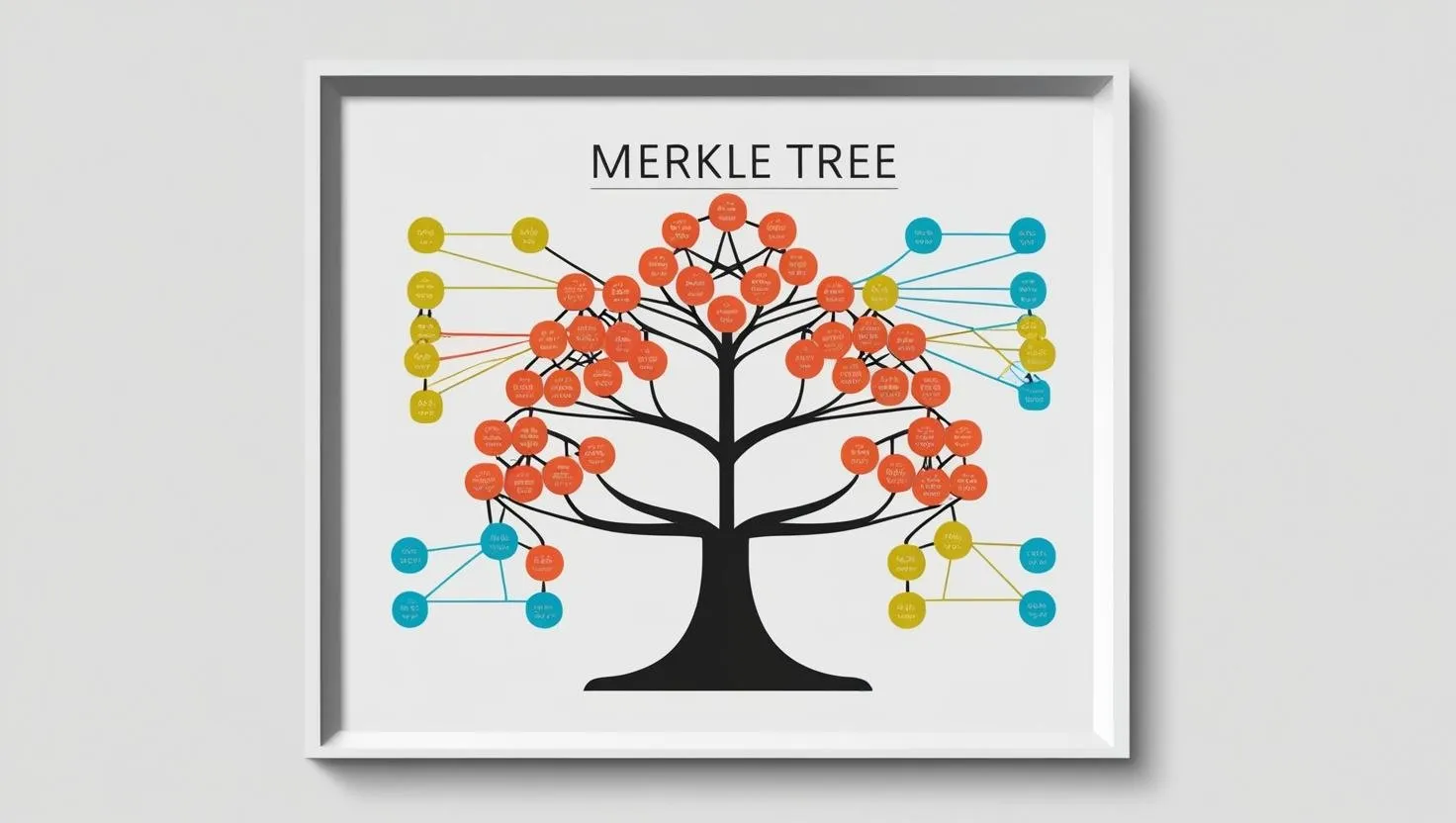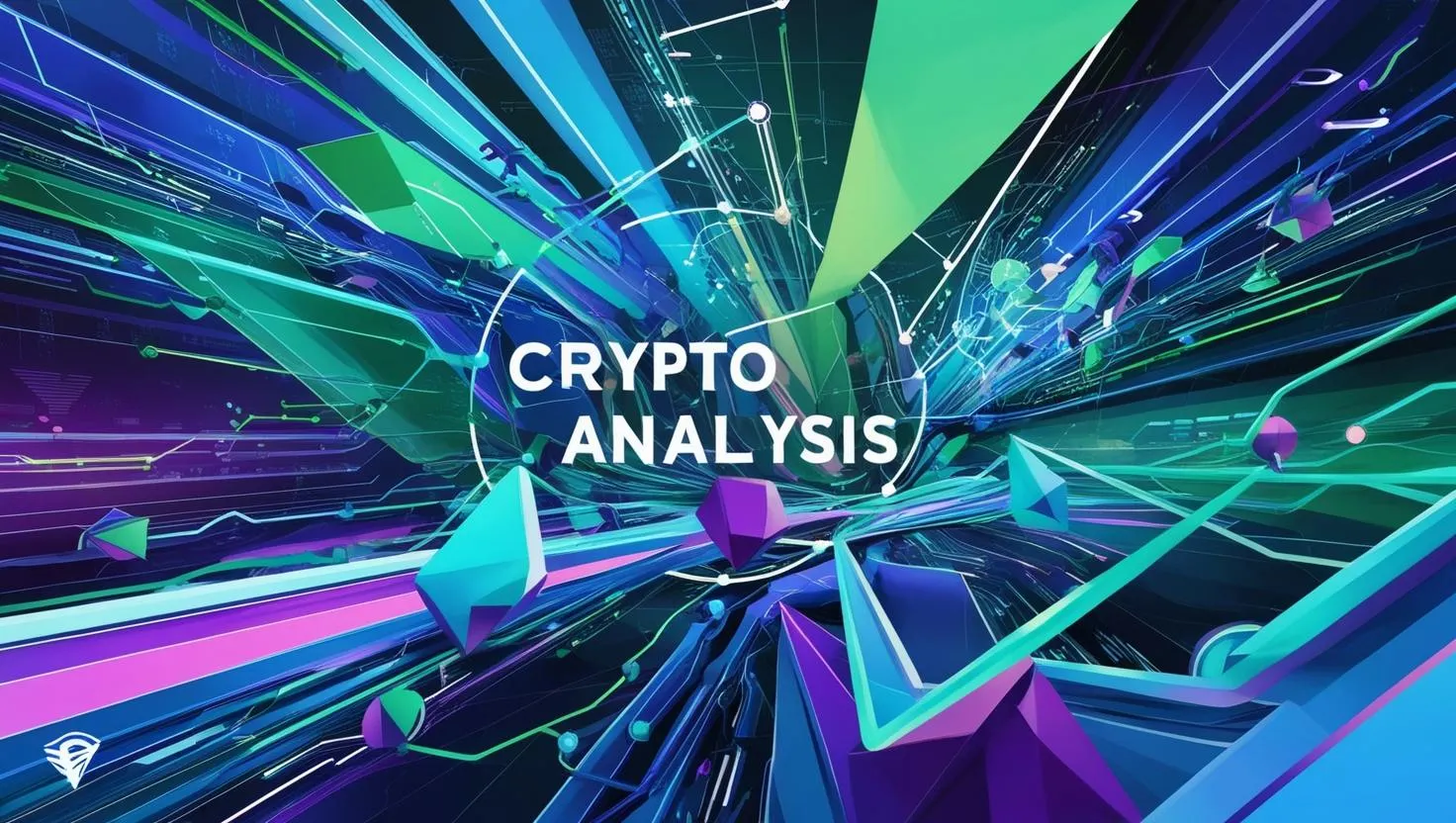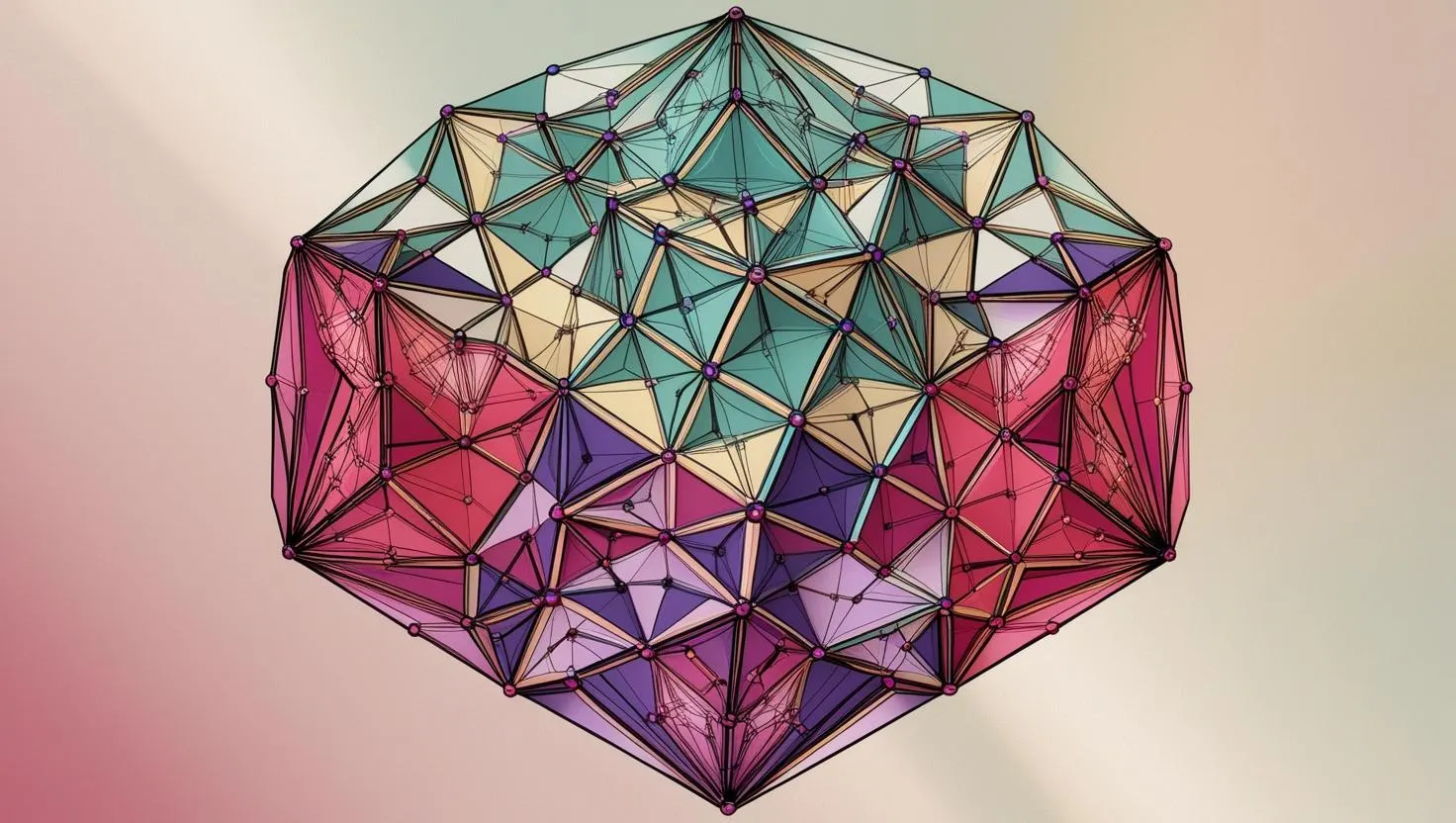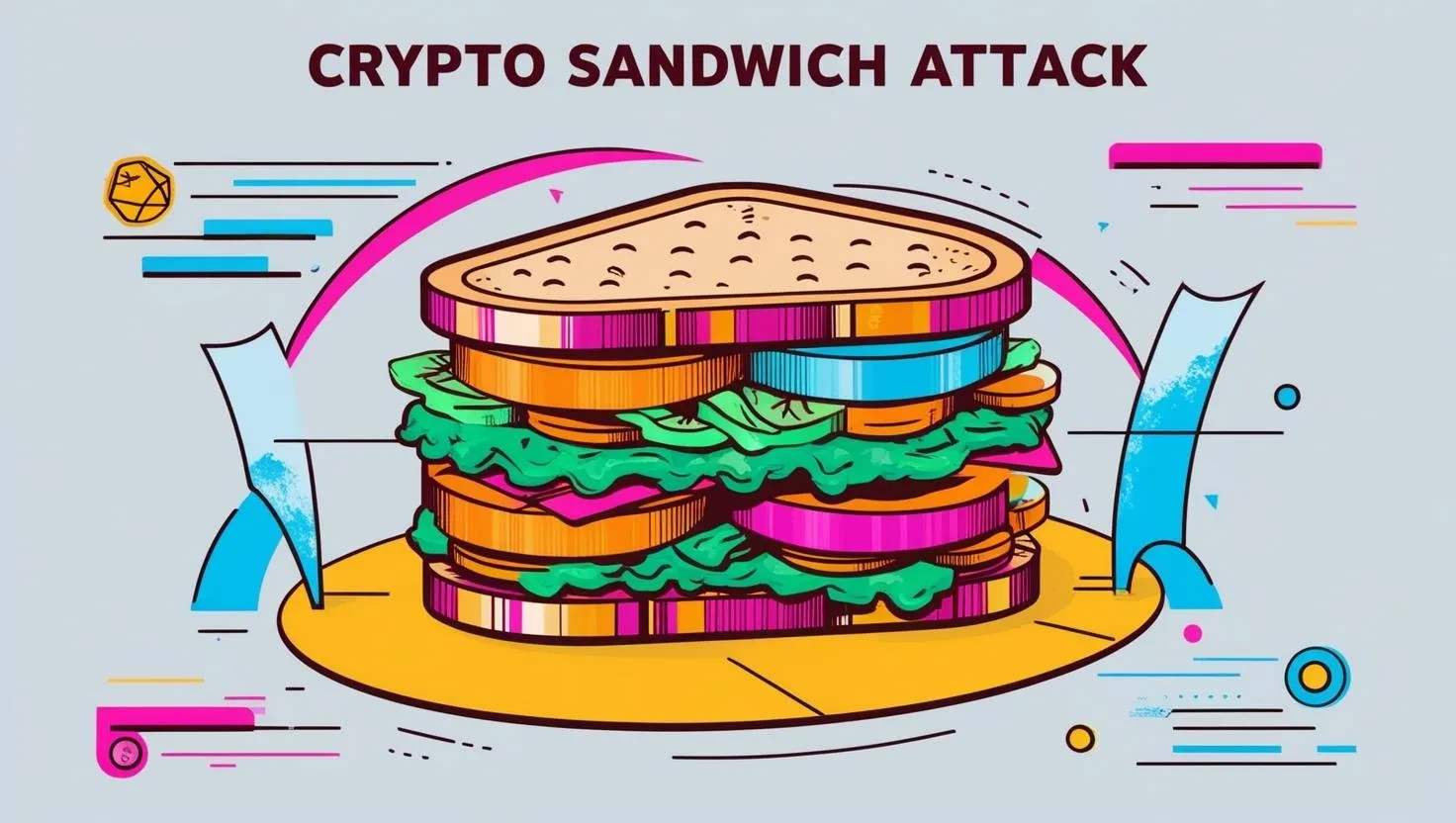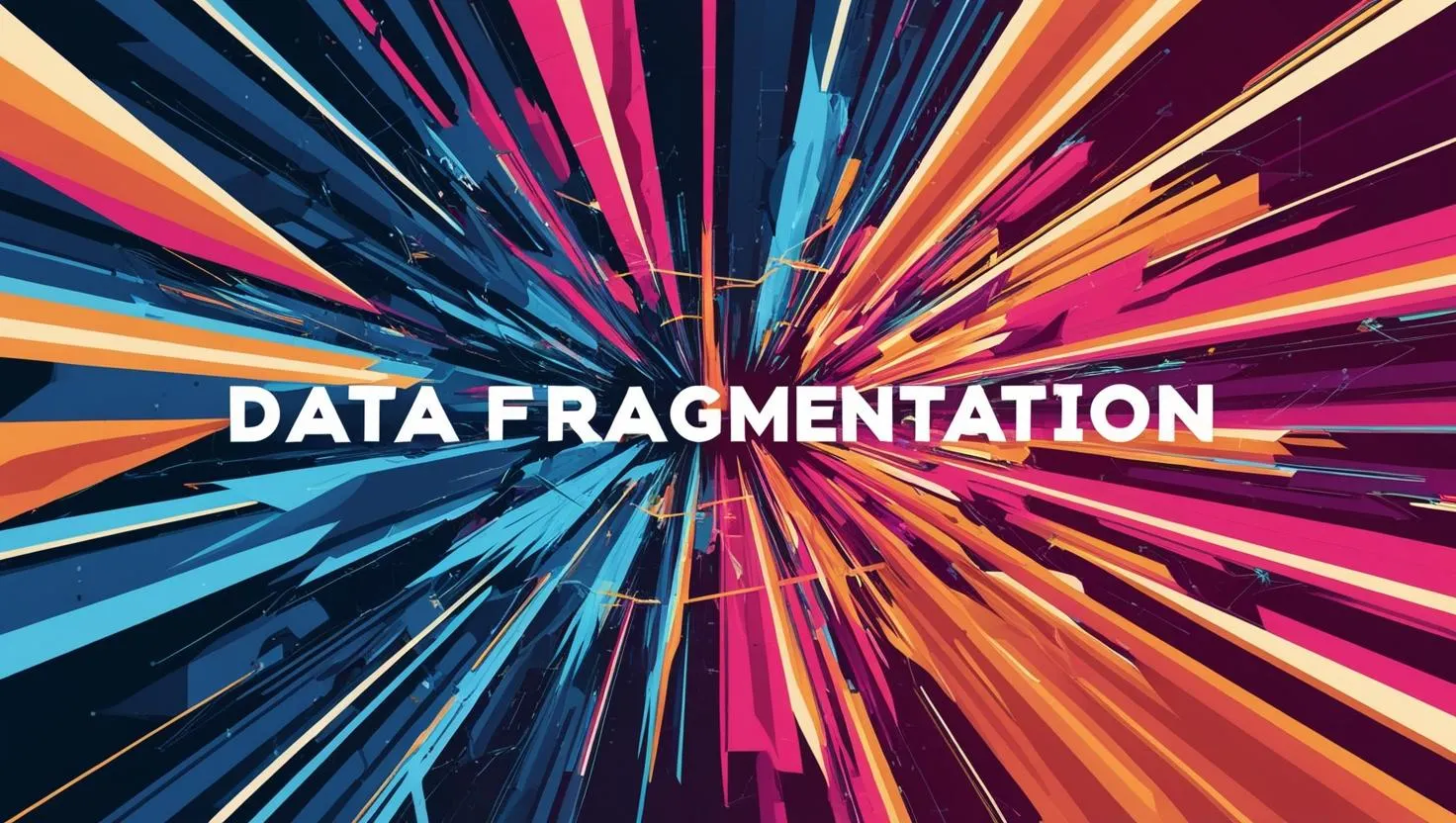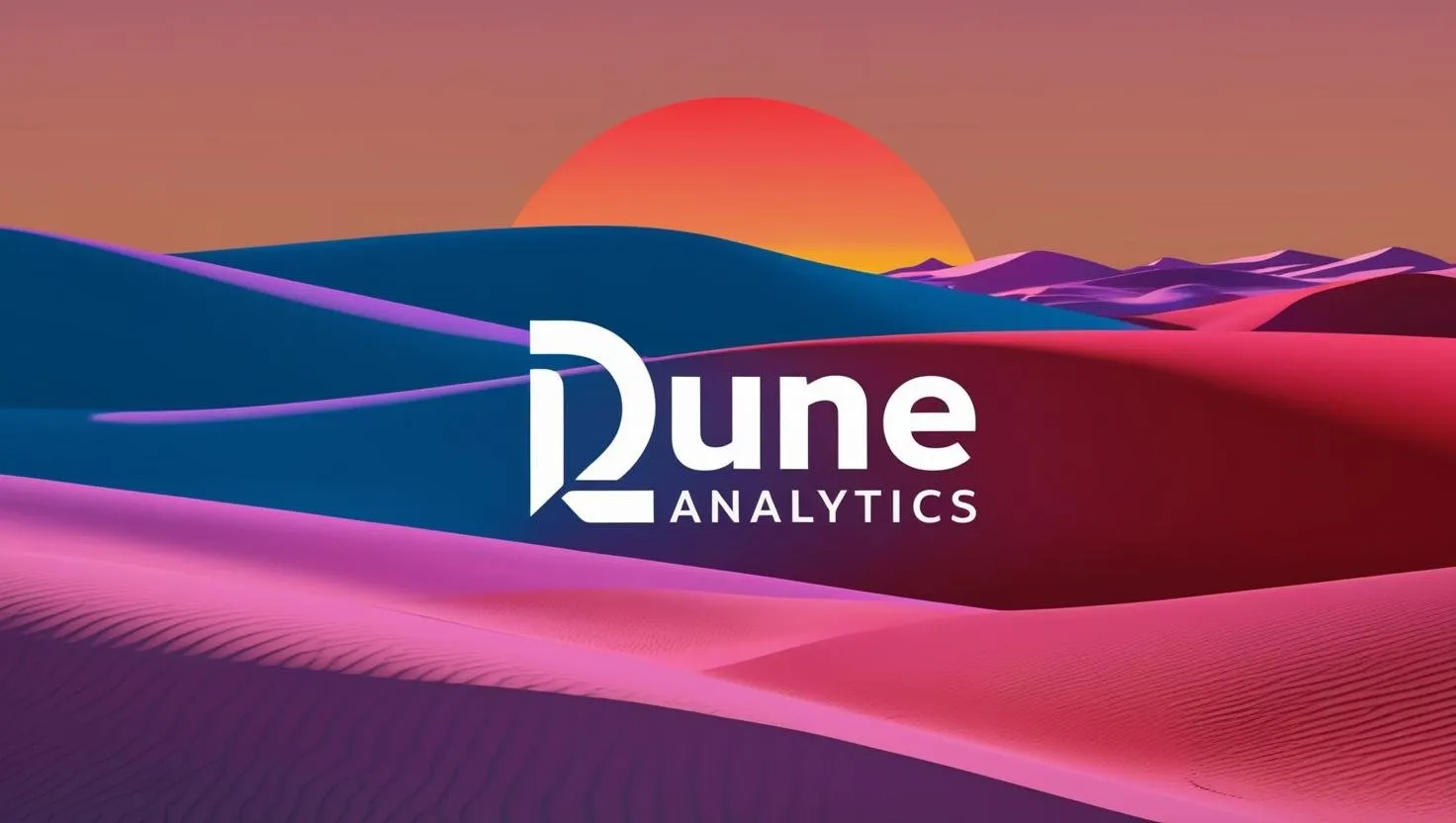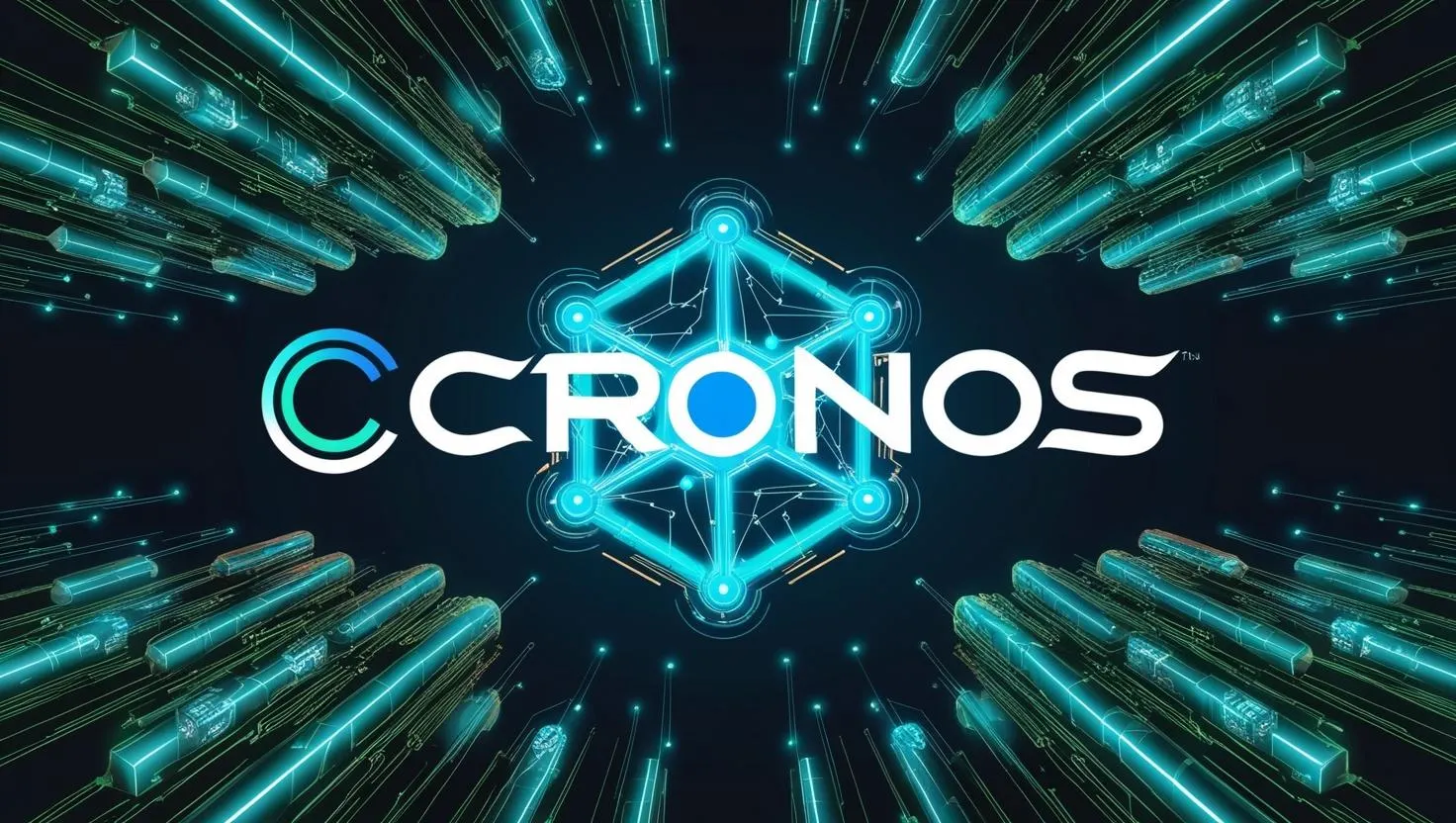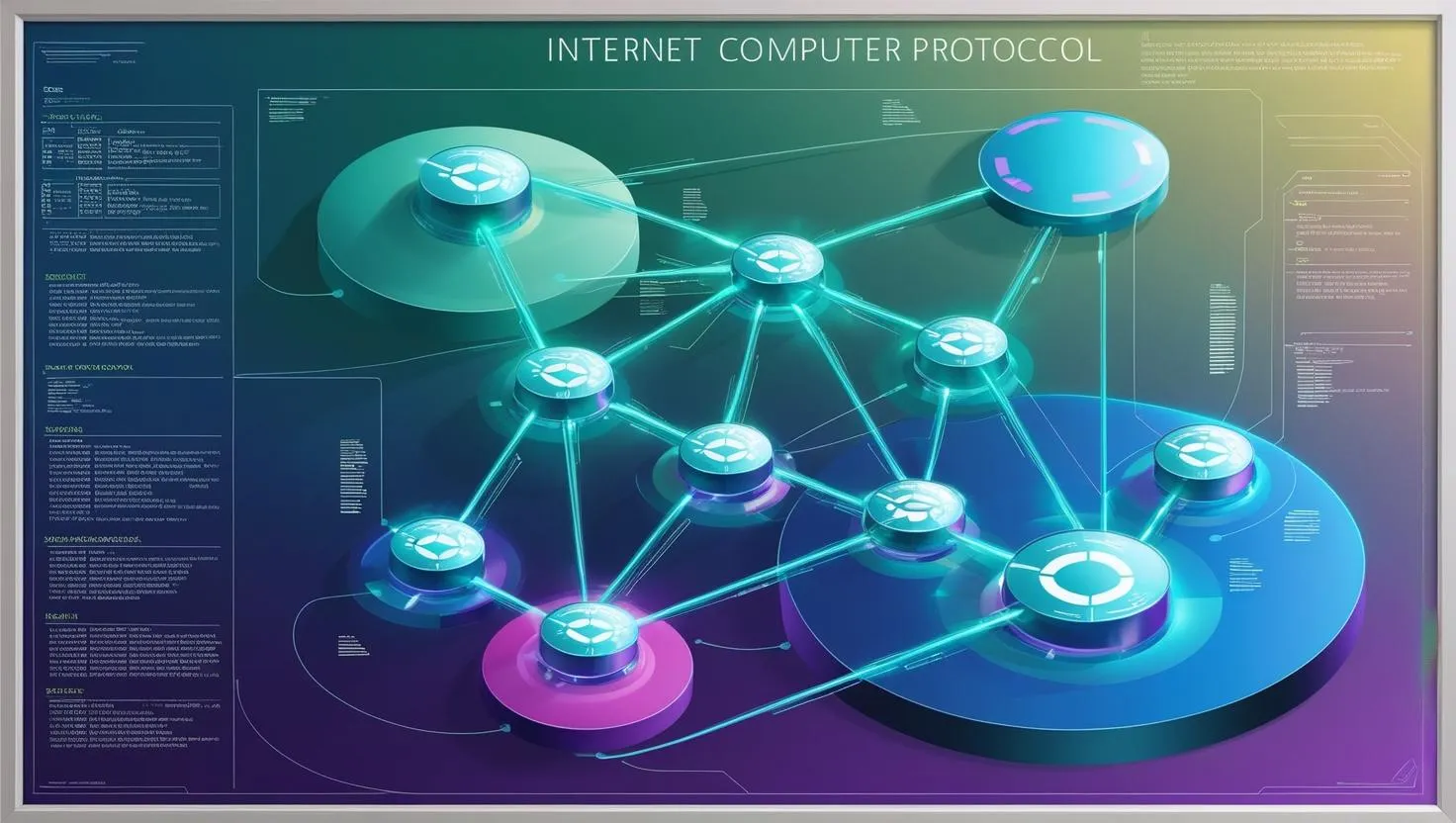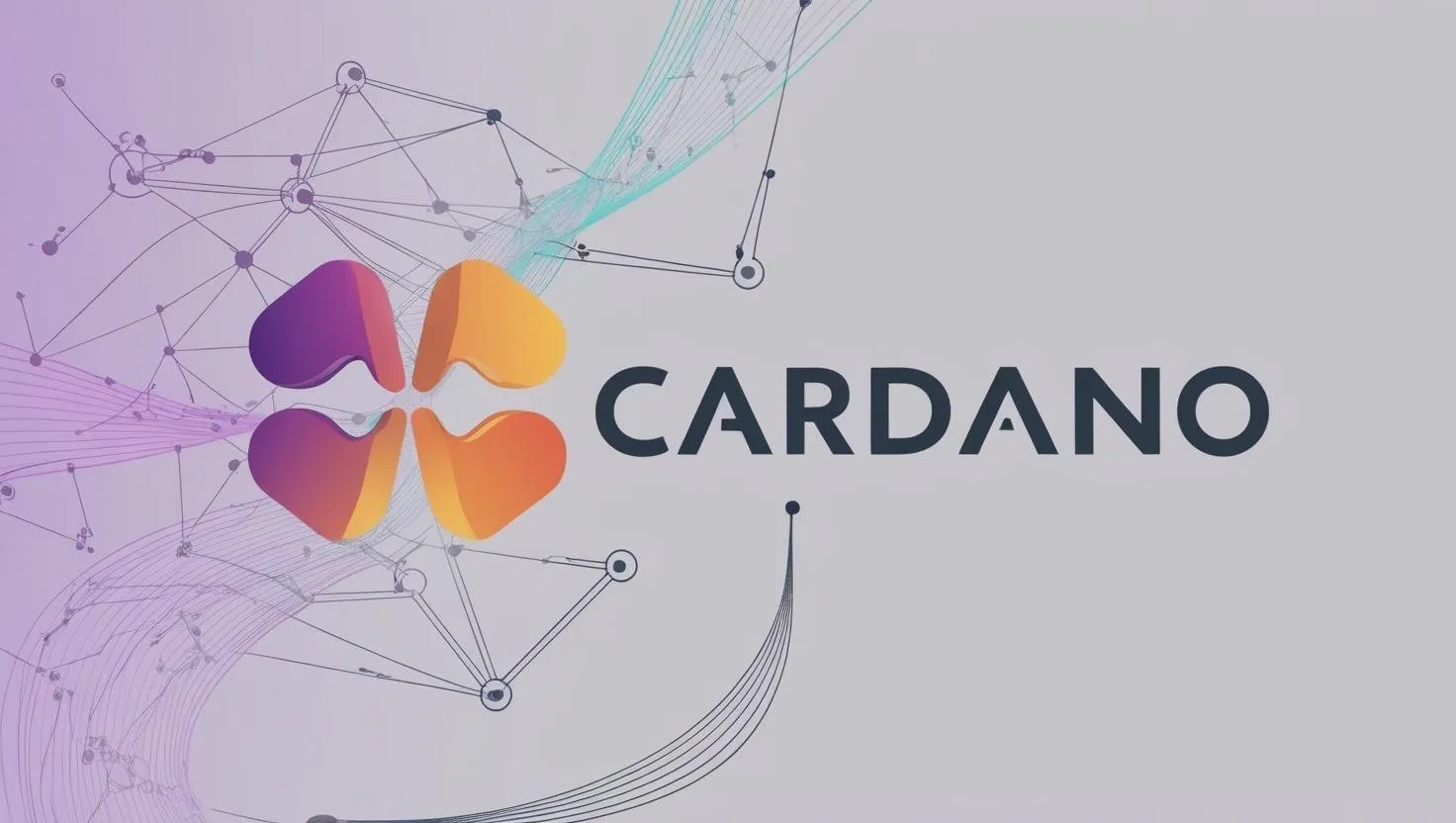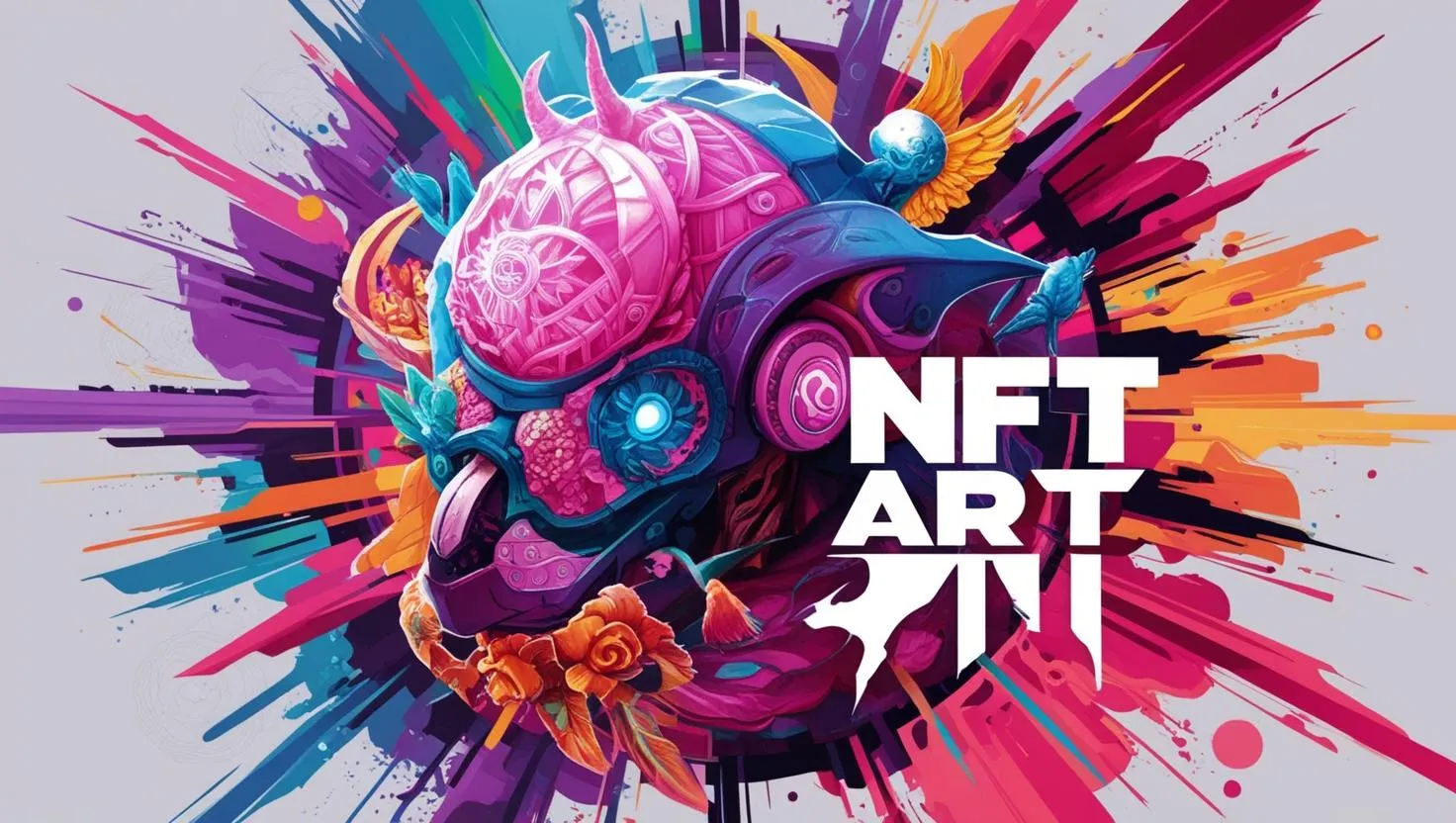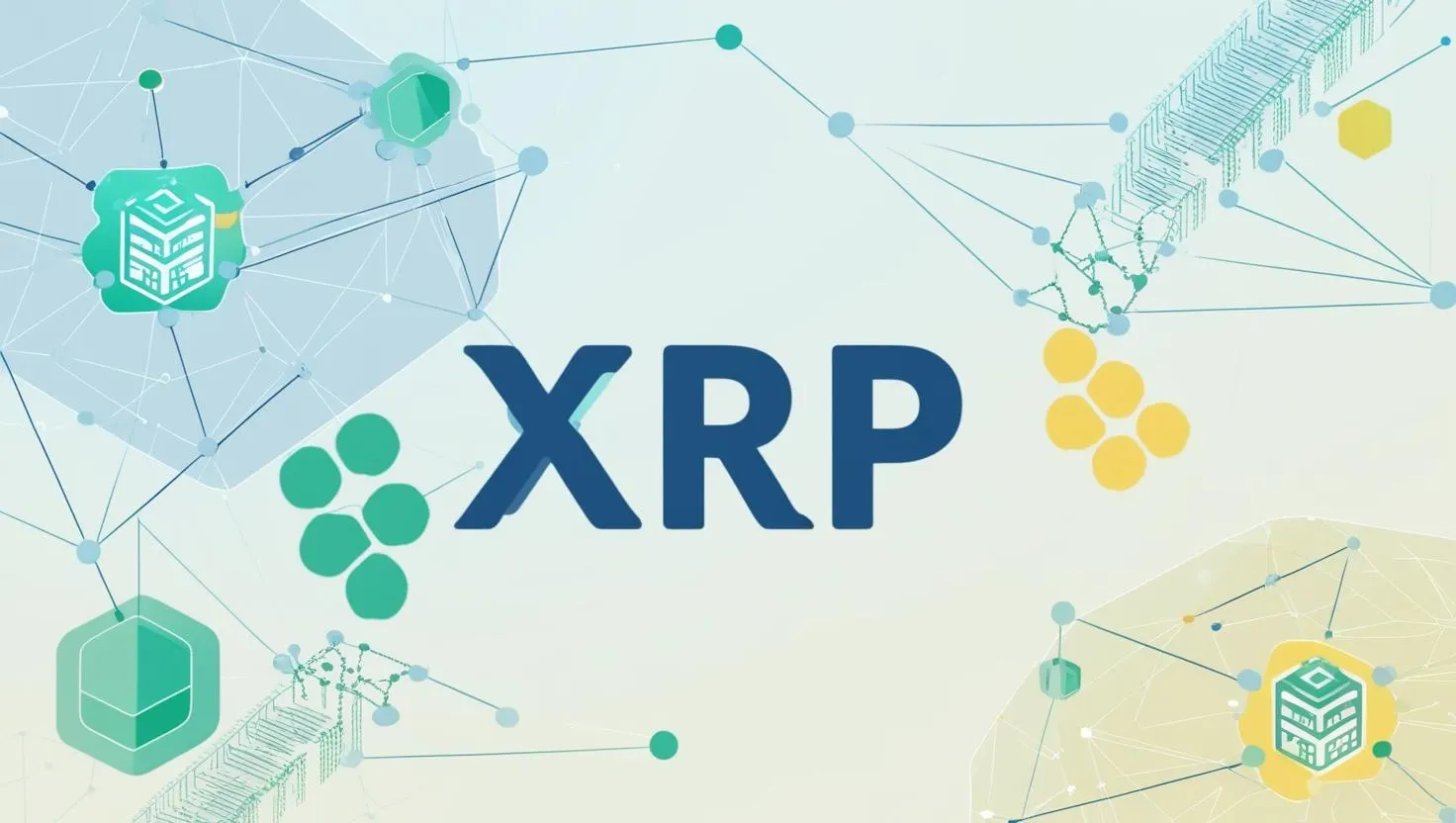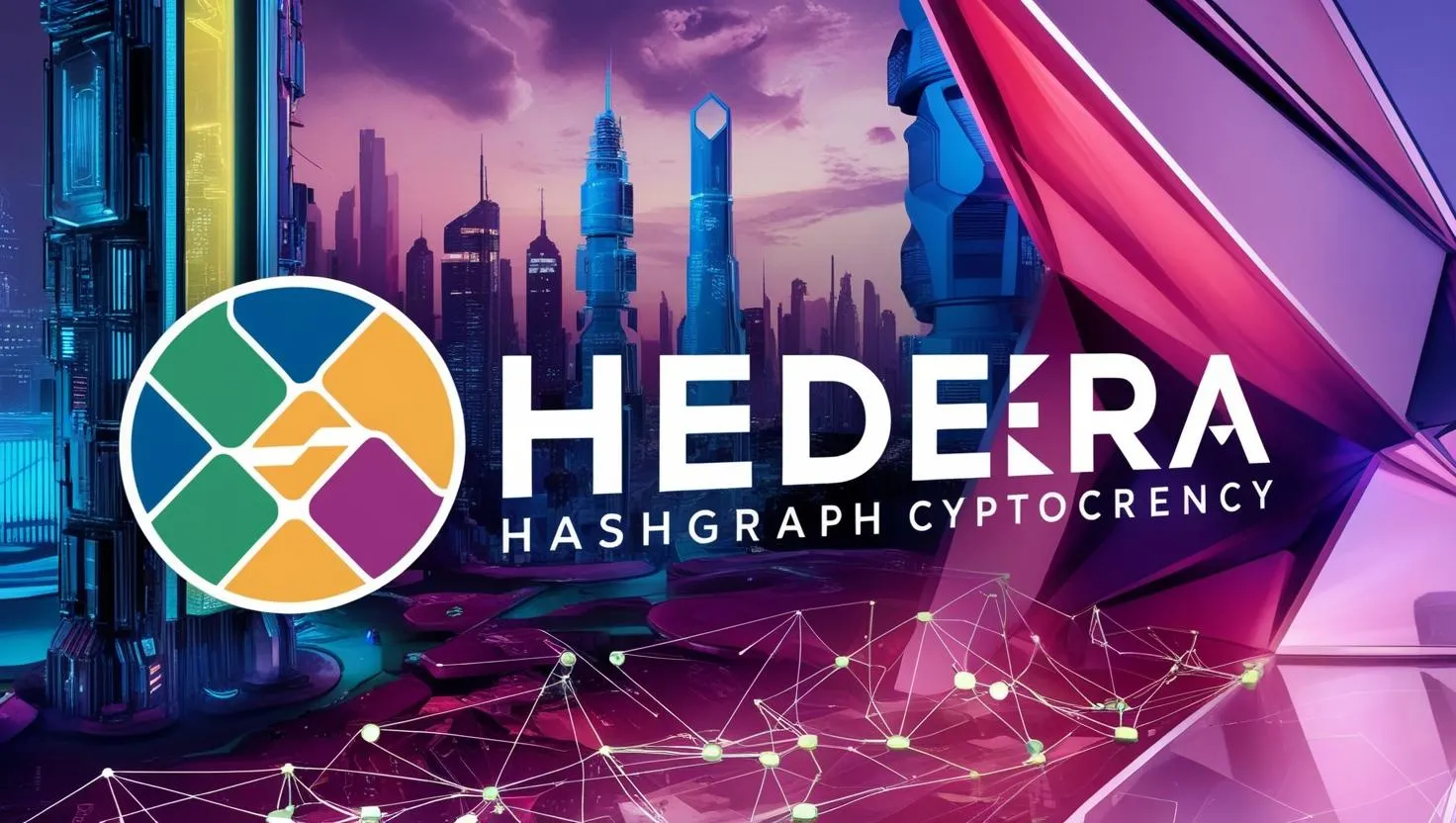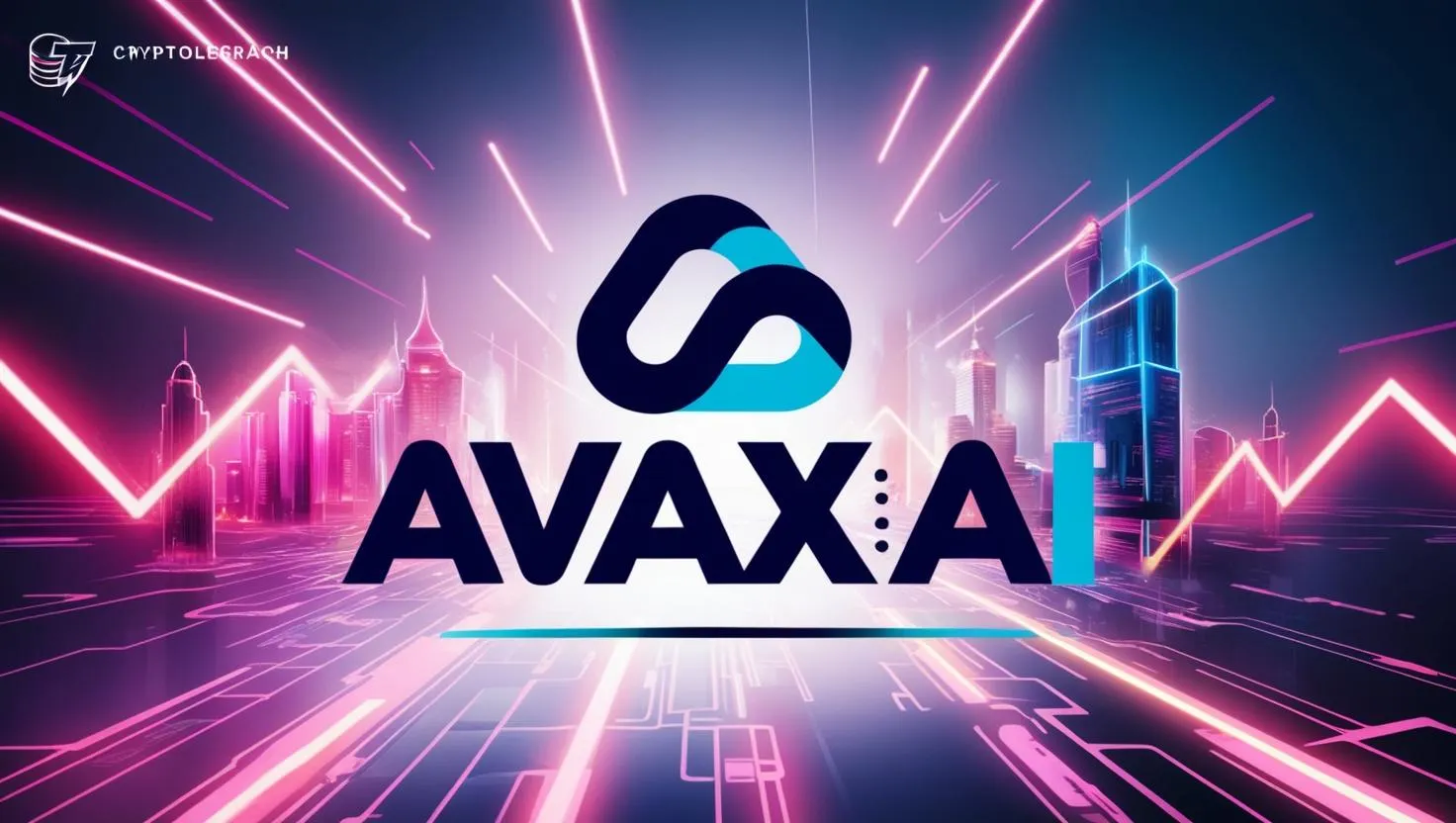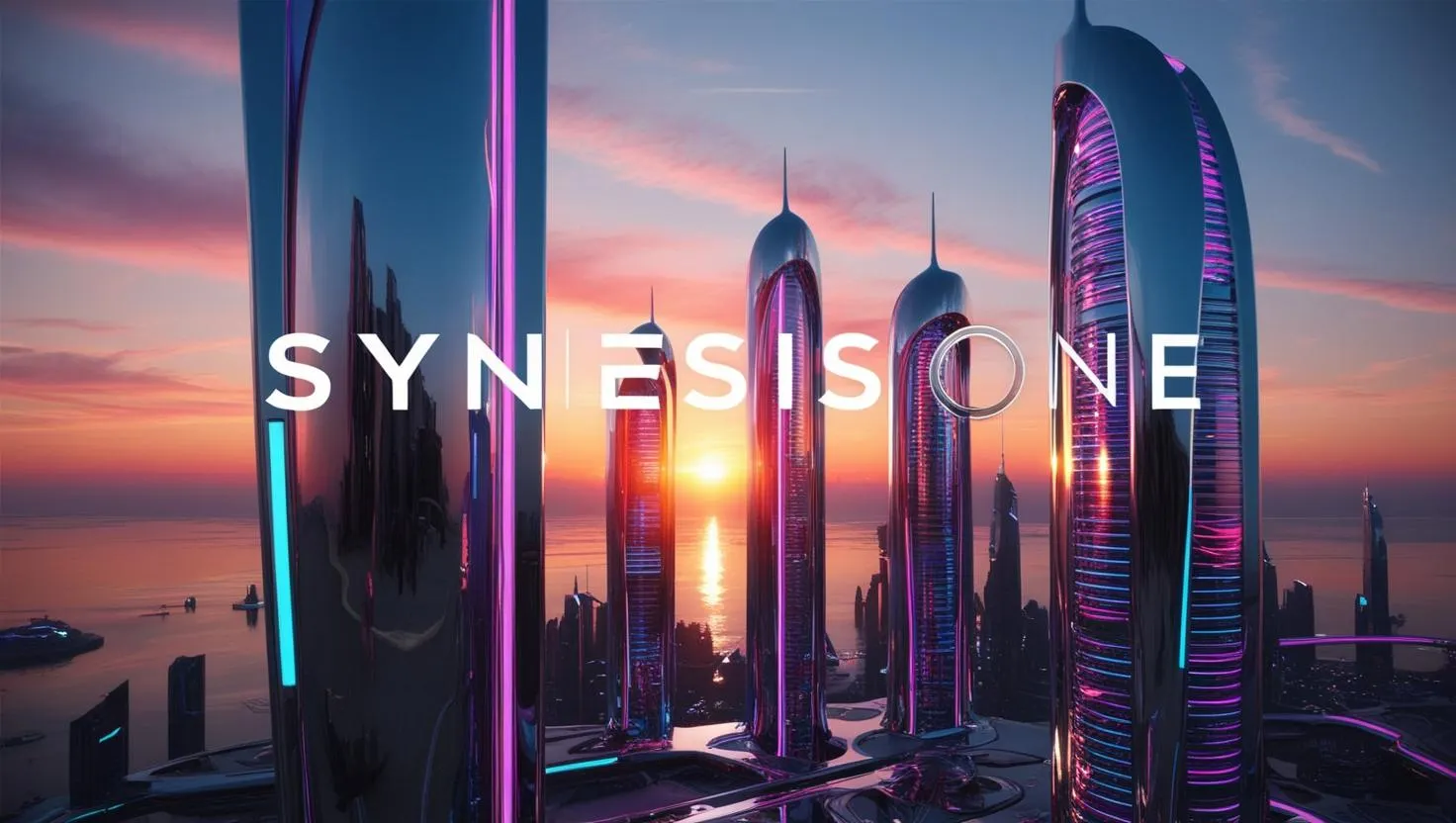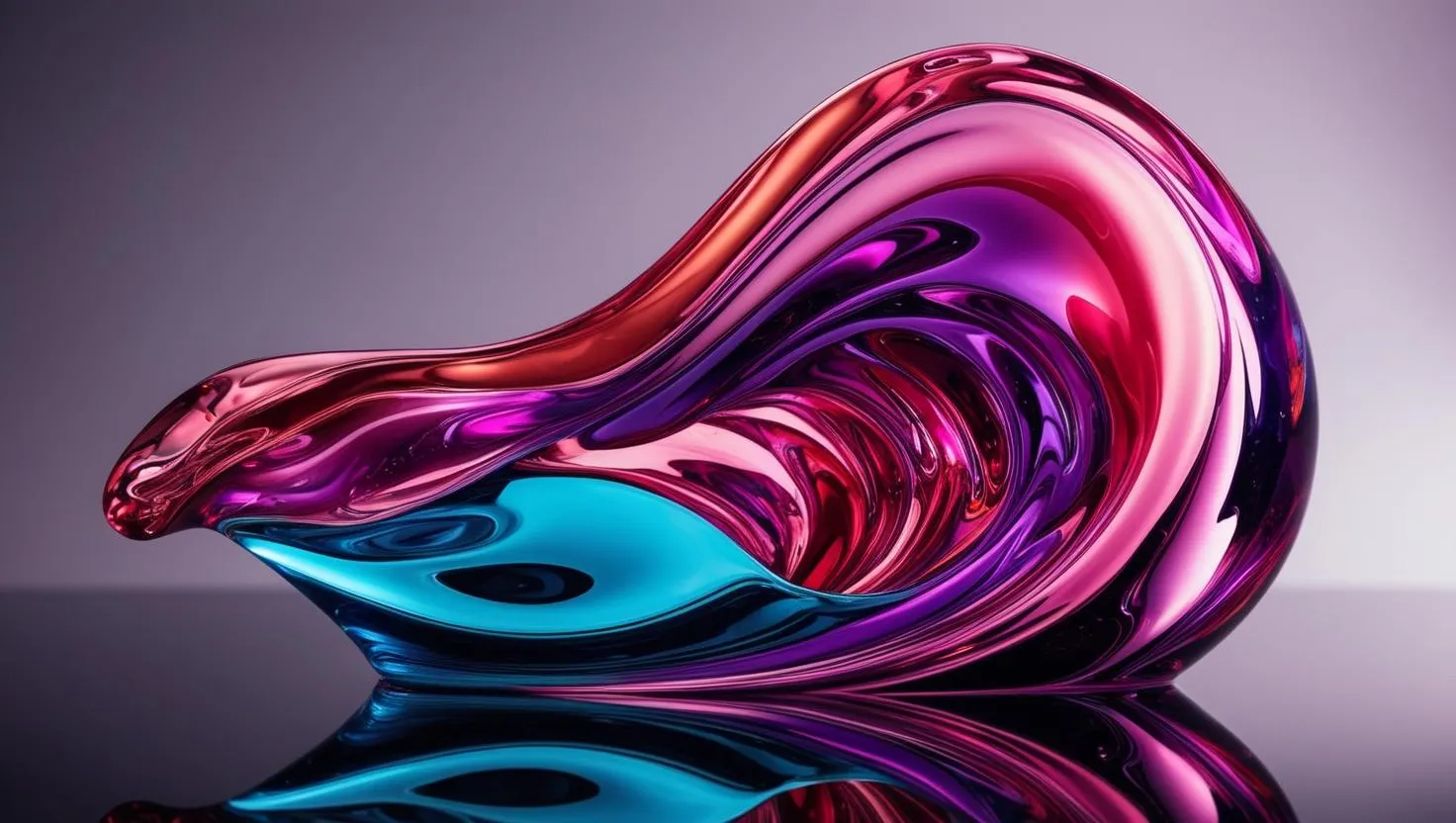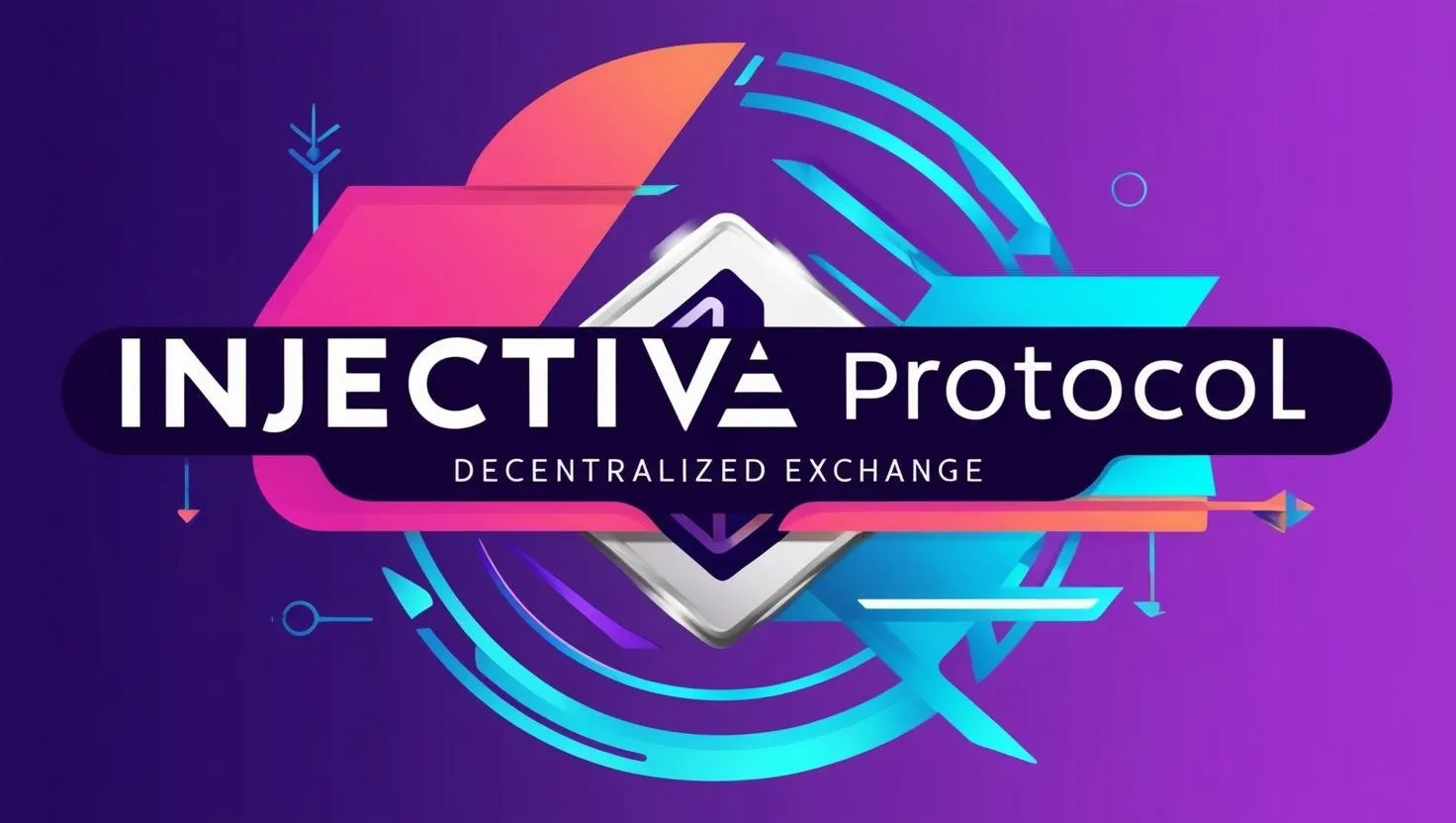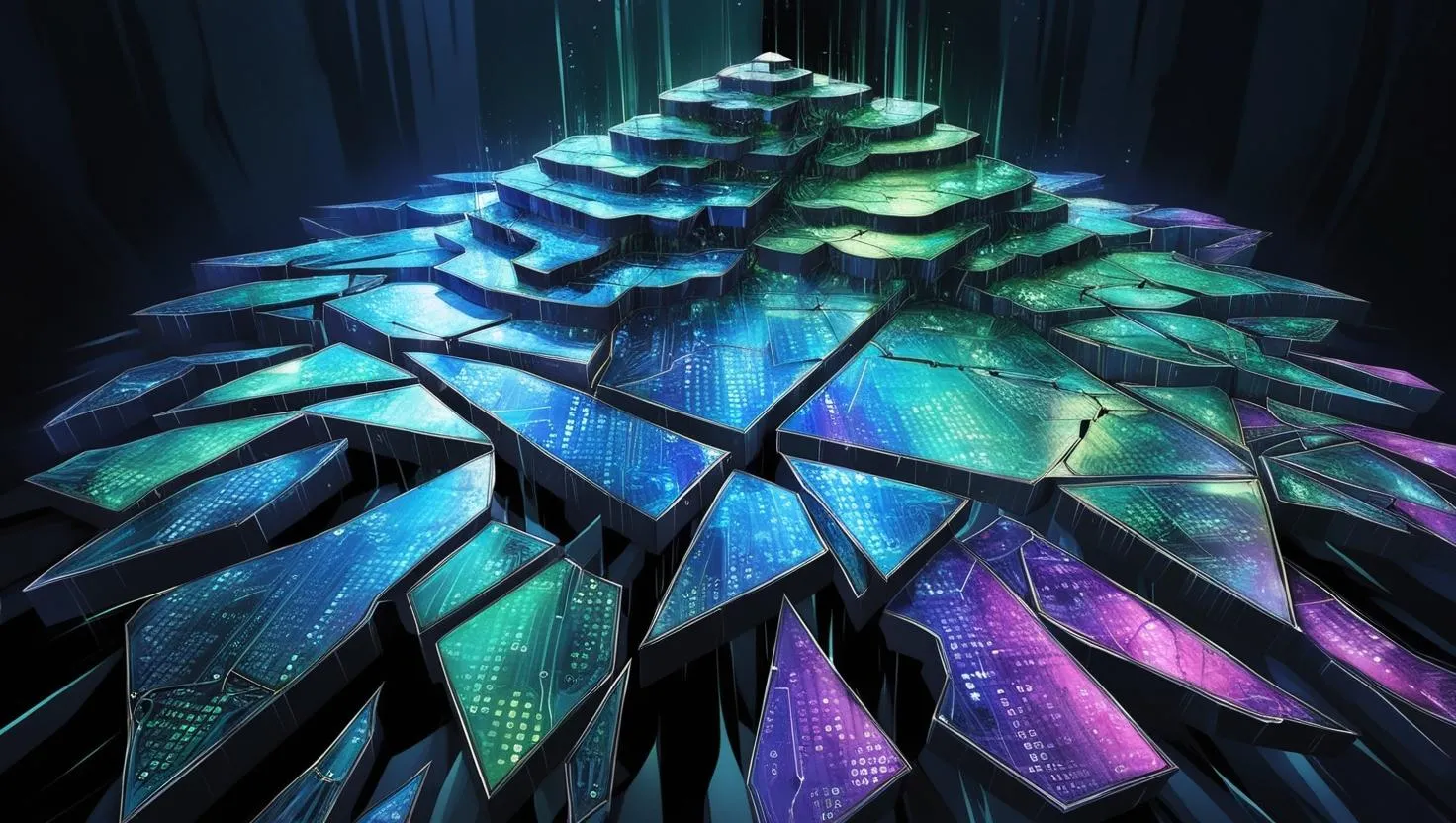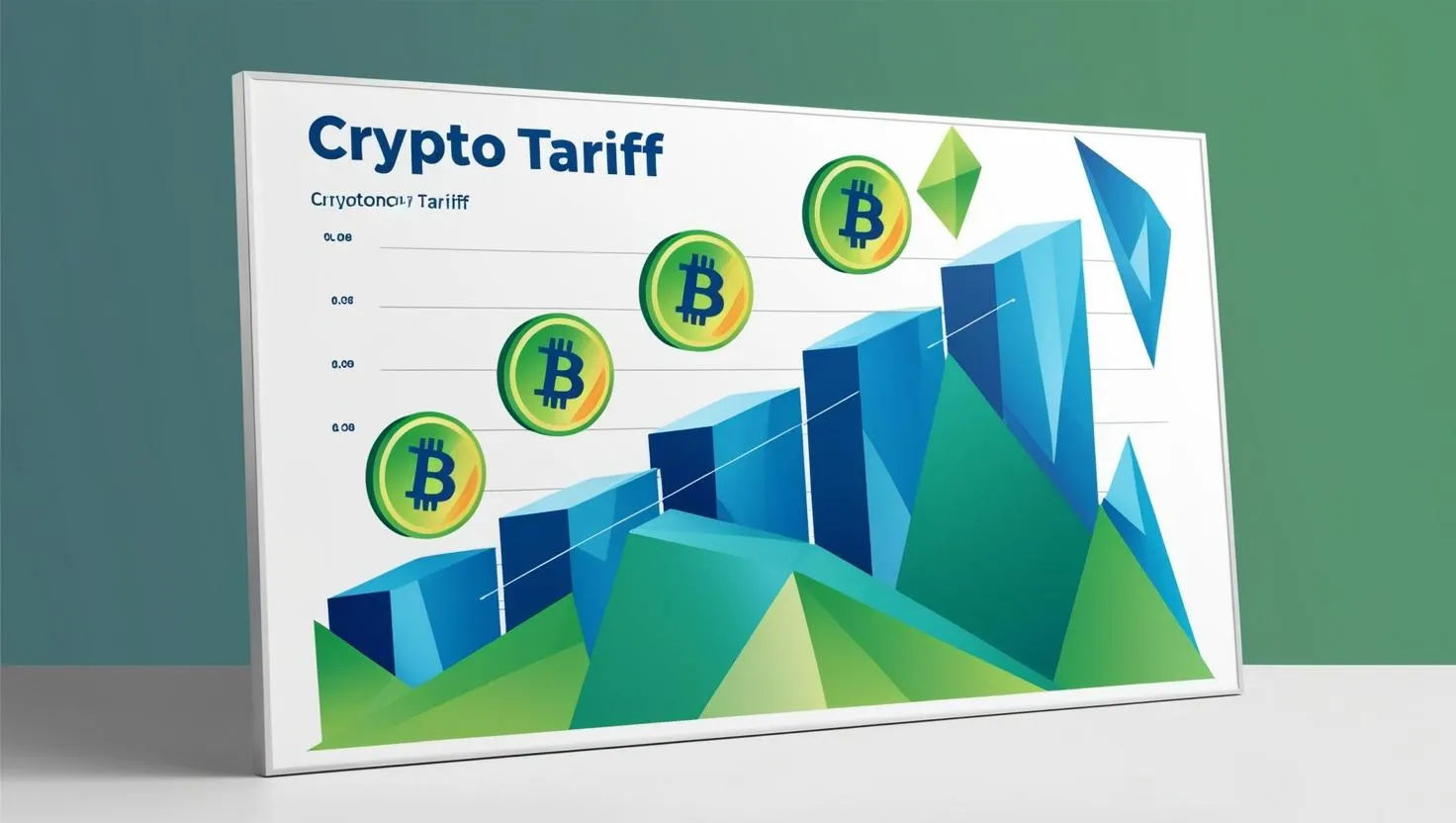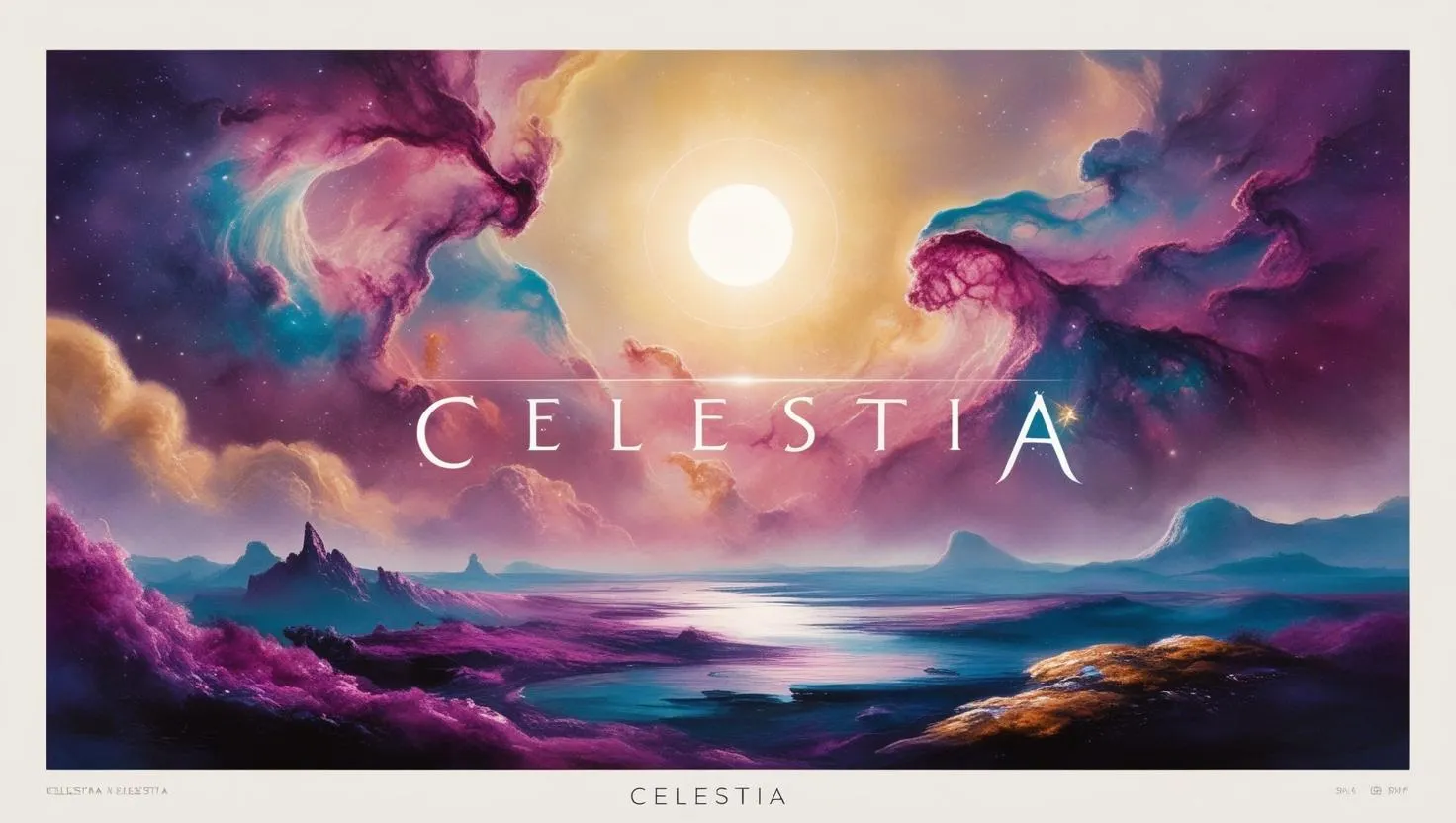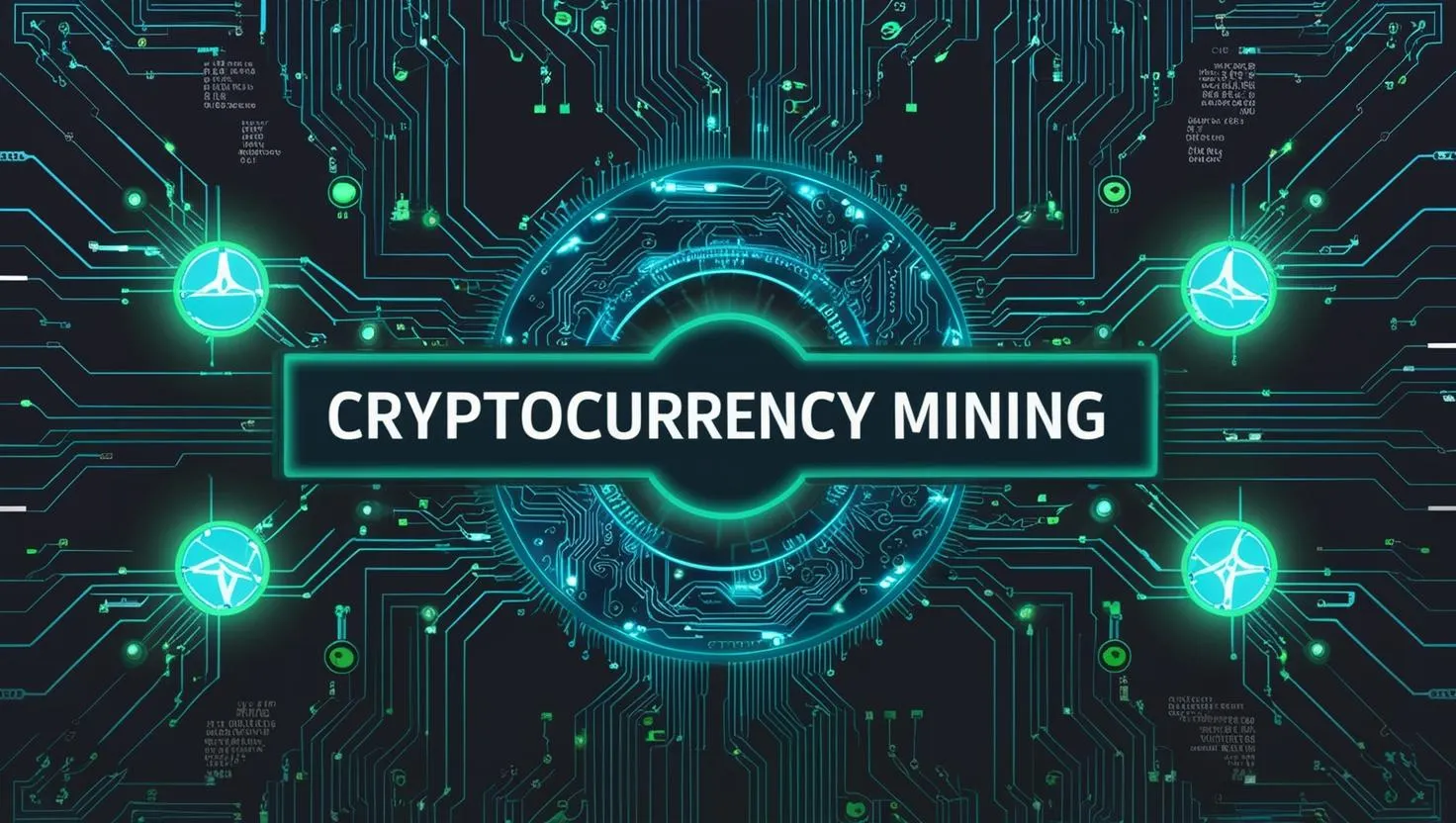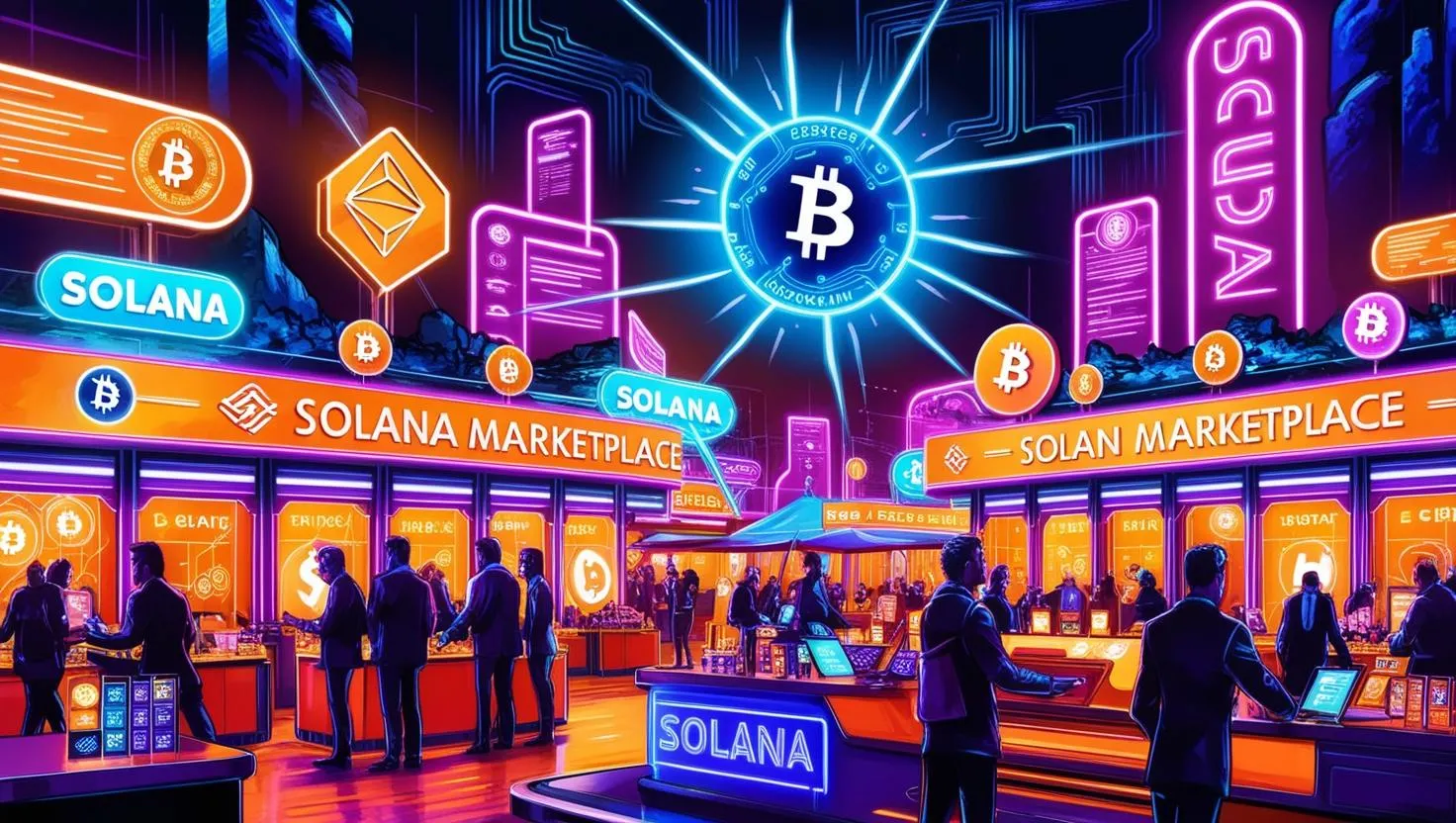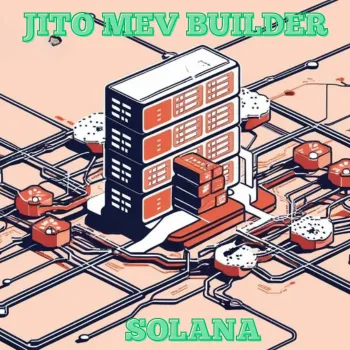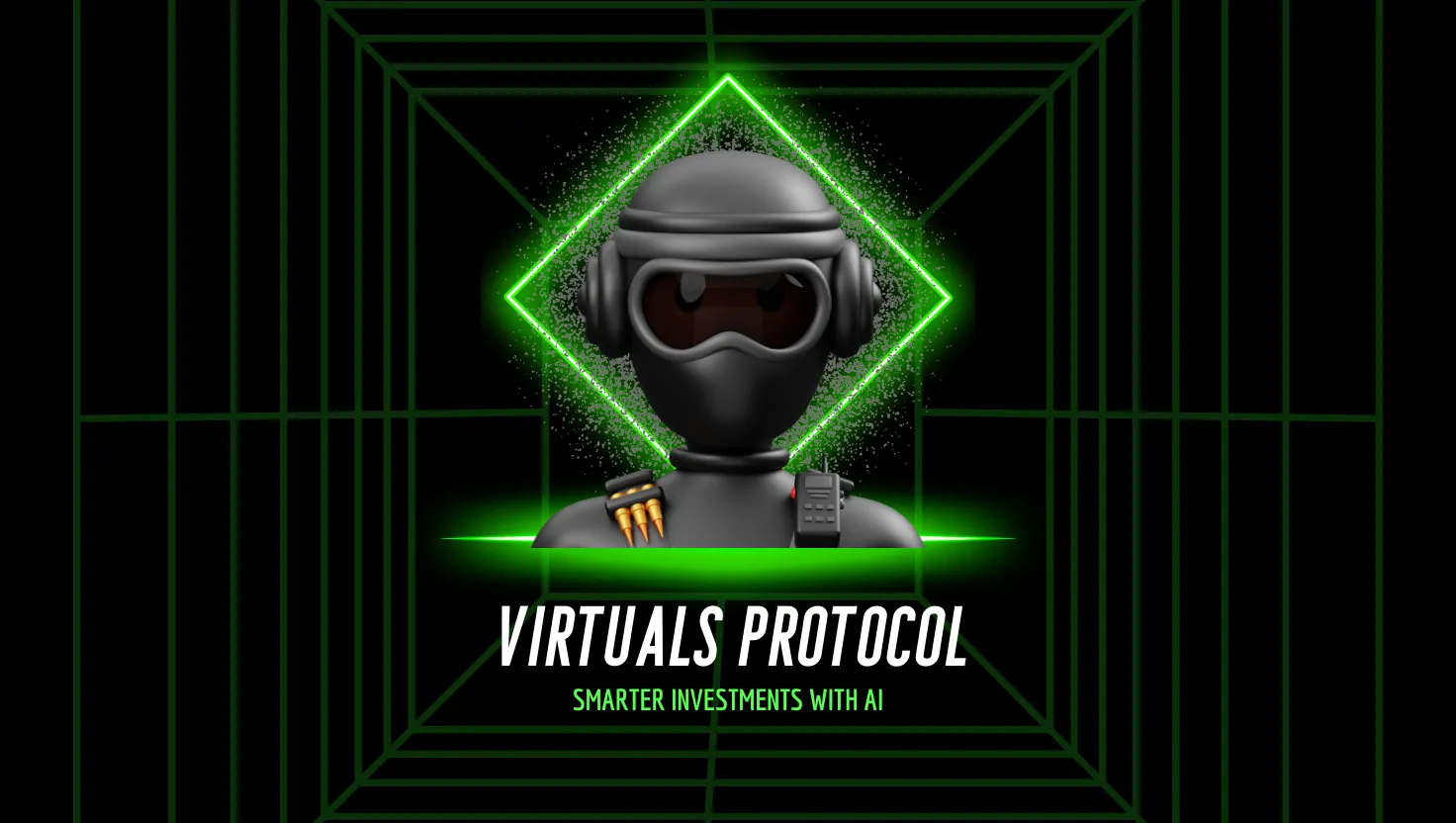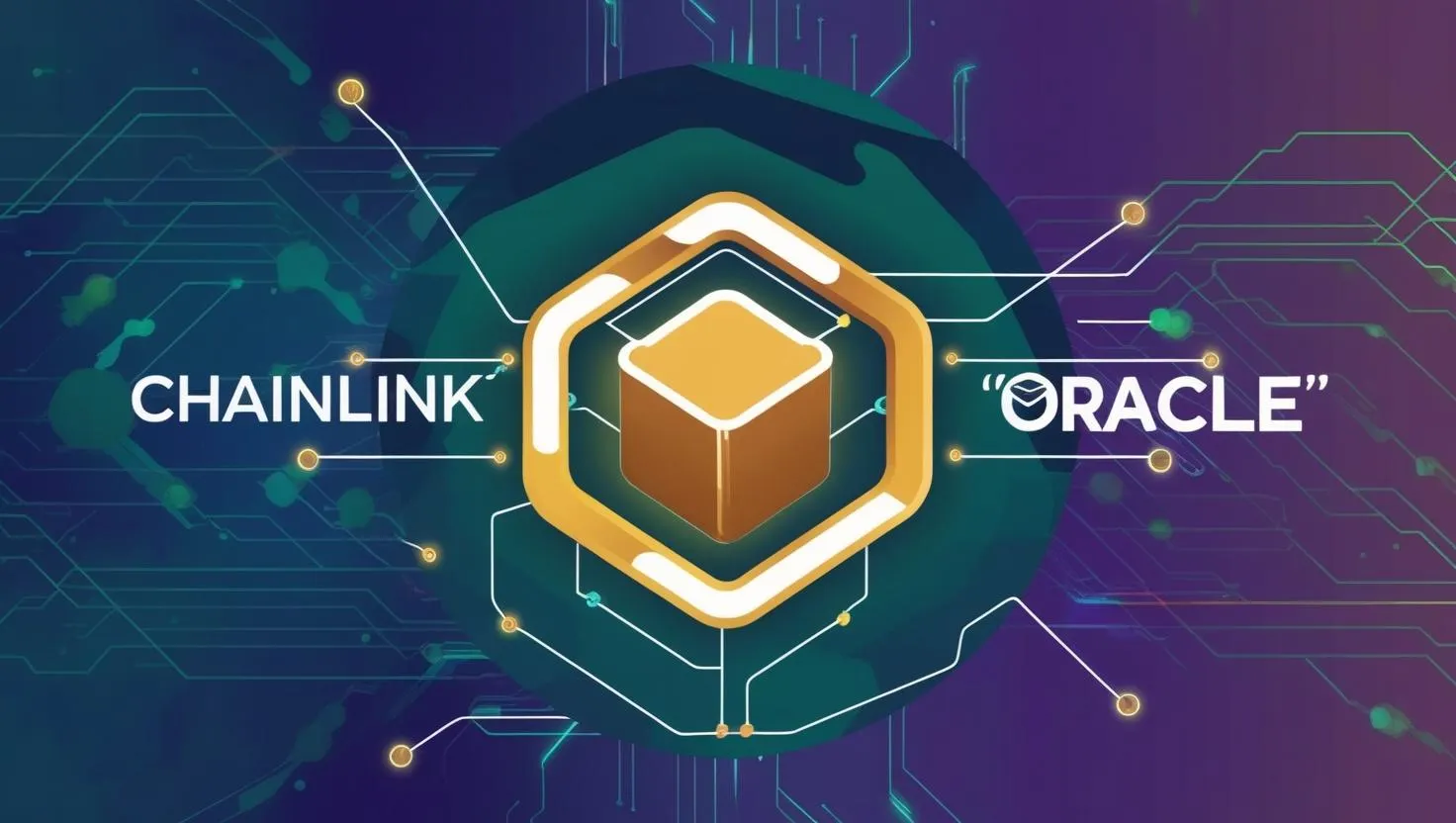Unpacking MakerDAO: How DAI Redefines Stability in DeFi
MakerDAO, often referred to as "Marker DAO," is a decentralized autonomous organization (DAO) built on the Ethereum blockchain. It’s a key player in the decentralized finance (DeFi) ecosystem, designed to create and manage a stablecoin called DAI. Unlike traditional cryptocurrencies like Bitcoin or Ethereum, which can be highly volatile, DAI is engineered to maintain a stable value pegged to the U.S. dollar at a 1:1 ratio. Let’s break this down step-by-step to understand how MakerDAO and DAI work in detail.
What is MakerDAO?
MakerDAO is a decentralized platform governed by its community of token holders rather than a central authority like a bank or government. It was founded in 2014 by Rune Christensen and launched its stablecoin, DAI, in December 2017. The "DAO" part means it operates through smart contracts—self-executing code on the Ethereum blockchain—and its rules and decisions are determined by holders of its governance token, MKR. Think of MakerDAO as a decentralized "central bank" for DAI, but instead of being run by a few executives, it’s controlled collectively by MKR holders who vote on key parameters.
What is DAI?
DAI is a stablecoin, meaning its value is intended to stay close to $1 USD. Unlike centralized stablecoins like Tether (USDT) or USDC, which are backed by fiat dollars held in bank accounts, DAI is decentralized and backed by cryptocurrency collateral. This makes it unique: its stability doesn’t rely on a trusted third party holding cash but on a system of overcollateralized loans managed by smart contracts.
How Does MakerDAO Create DAI?
Here’s where the MakerDAO magic happens. DAI is generated through a process involving collateral and smart contracts called Vaults (formerly known as Collateralized Debt Positions, or CDPs).
Here’s how it works:
- Locking Collateral: Users deposit accepted cryptocurrencies—like Ethereum (ETH), Wrapped Bitcoin (WBTC), or other approved assets—into a Maker Vault. Initially, MakerDAO only accepted ETH, but it has since expanded to a multi-collateral system including various tokens.
- Overcollateralization: To borrow DAI, you must lock up more value in collateral than the DAI you generate. For example, to borrow 100 DAI (worth $100), you might need to deposit $150 worth of ETH (a 150% collateralization ratio). This buffer protects the system from volatility in the collateral’s price.
- Generating DAI: Once the collateral is locked, the smart contract mints new DAI tokens and gives them to the user. This DAI is essentially a loan against the collateral. You can use it freely—spend it, trade it, or hold it—while your collateral stays locked.
- Paying Back the Loan: To retrieve your collateral, you repay the DAI you borrowed, plus a stability fee (like interest), paid in DAI or MKR. Once repaid, the DAI is "burned" (removed from circulation), and your collateral is unlocked.
How Does DAI Stay Stable?
Maintaining DAI’s $1 peg is the core challenge, given that its backing (crypto collateral) is volatile. MakerDAO uses several mechanisms to achieve this:
- Overcollateralization: As mentioned, the excess collateral absorbs price drops in assets like ETH. If ETH falls in value, the system still has enough to cover the DAI in circulation.
- Stability Fees: These are adjustable interest rates set by MKR holders. If DAI’s price falls below $1 (too much supply), raising the stability fee makes borrowing DAI more expensive, reducing supply and pushing the price back up. If DAI rises above $1 (too little supply), lowering the fee encourages borrowing, increasing supply.
- Liquidation: If the value of a vault’s collateral falls too low (below a set threshold, like 150%), the vault is liquidated. The collateral is auctioned off to repay the DAI debt, ensuring the system remains solvent. A penalty fee is also applied, paid in MKR, which is then burned, reducing MKR supply.
- DAI Savings Rate (DSR): Users can lock DAI in a special contract to earn interest (the DSR). MKR holders adjust this rate to influence DAI demand. A higher DSR encourages holding DAI, reducing circulating supply and supporting the peg.
- Governance Adjustments: MKR holders vote on system parameters—like collateral types, liquidation ratios, or fees—to fine-tune stability. This decentralized governance adapts to market conditions.
The Role of MKR
MKR is MakerDAO’s governance token. Holding MKR gives you voting rights on proposals, such as:
- Adding new collateral types.
- Adjusting stability fees or the DSR.
- Changing risk parameters.
MKR also acts as a backstop. If liquidations don’t cover a vault’s debt (e.g., during a severe market crash), new MKR is minted and sold to raise DAI, diluting existing holders. Conversely, when the system generates surplus fees, MKR is bought back and burned, reducing supply and potentially increasing its value. This incentivizes MKR holders to govern responsibly.
Why Use DAI?
DAI’s appeal lies in its stability and decentralization:
- DeFi Integration: It’s widely used in lending, borrowing, trading, and yield farming on DeFi platforms, offering a stable unit without fiat reliance.
- Store of Value: Unlike ETH or BTC, DAI holds steady, making it a hedge against crypto volatility.
- Permissionless: Anyone with crypto collateral can generate DAI—no banks or KYC required.
Risks and Challenges
- Collateral Volatility: If ETH or other assets crash faster than liquidation can occur, the system could become undercollateralized.
- Oracle Dependence: MakerDAO relies on price feeds (oracles) to track collateral values. Faulty data could trigger unfair liquidations.
- Centralized Collateral: Over time, DAI has increasingly been backed by centralized stablecoins like USDC, raising questions about its decentralization.
- Governance: MKR holders’ decisions can make or break the system, and concentrated ownership could centralize power.
Evolution and Future
Since its launch, MakerDAO has grown significantly. By March 2025, DAI’s market cap fluctuates but has historically peaked at billions, reflecting its DeFi dominance. The "Endgame" plan, proposed by Rune Christensen, aims to scale DAI to 100 billion and beyond, enhancing resilience and user experience. Recent shifts, like the planned transition to USDS (a more regulated stablecoin), have sparked debate about whether MakerDAO is straying from its decentralized roots.
In essence, MakerDAO and DAI blend crypto’s freedom with stability, using collateralized debt and community governance to challenge traditional finance. It’s a complex but elegant system that’s both a technical marvel and a bold experiment in decentralized economics.

